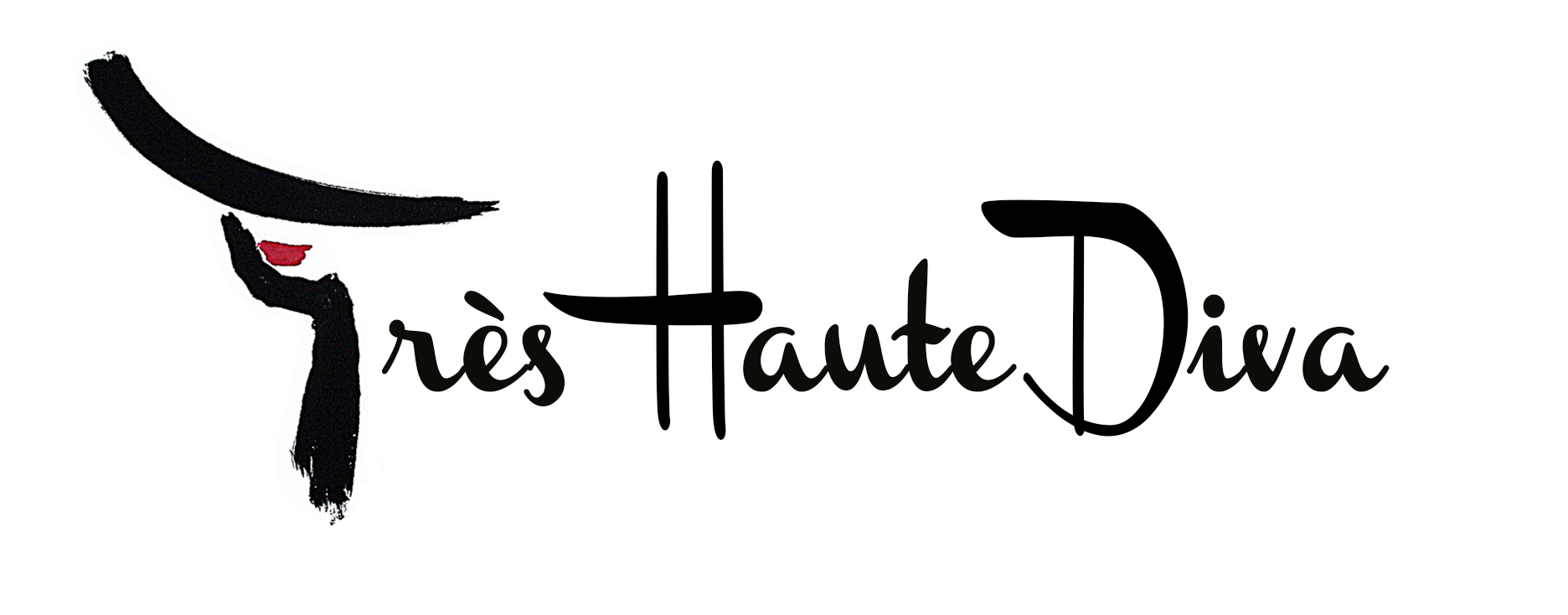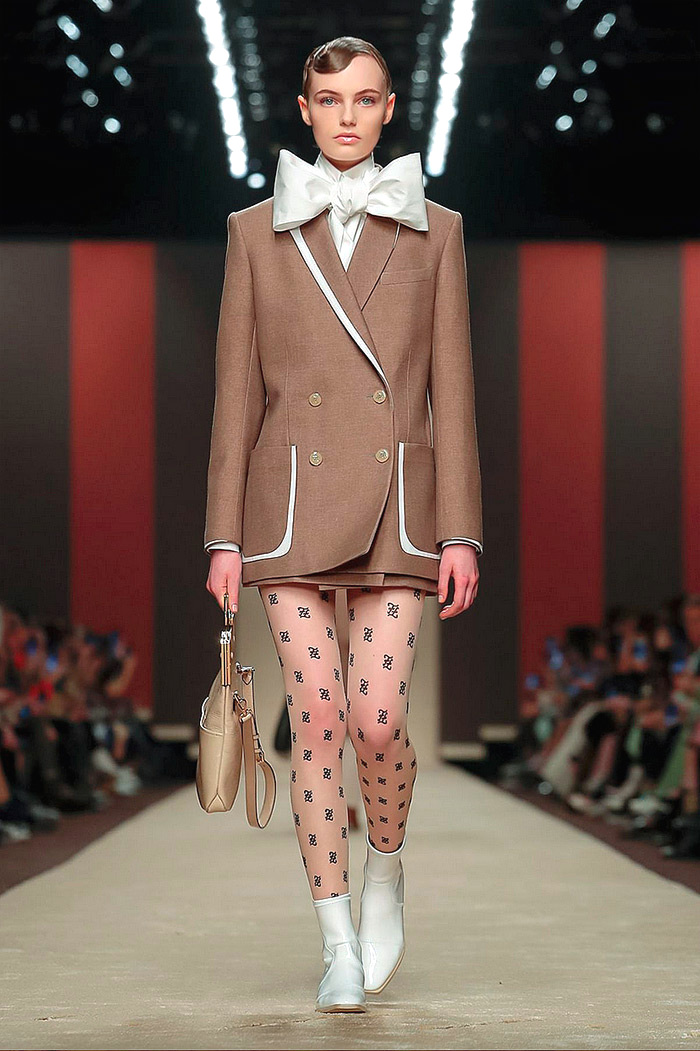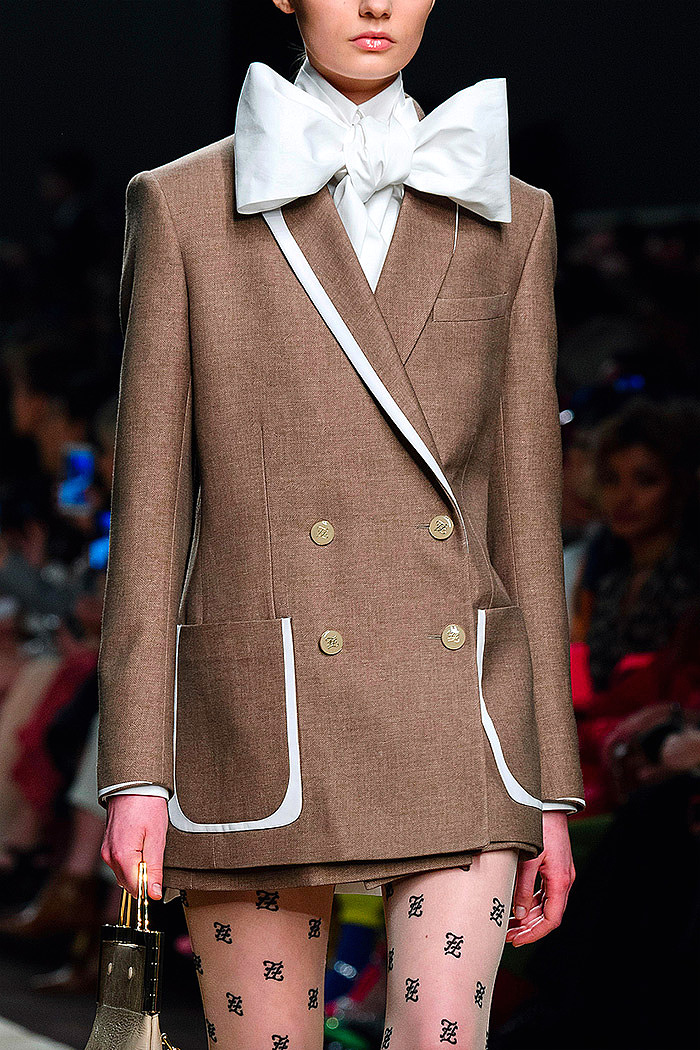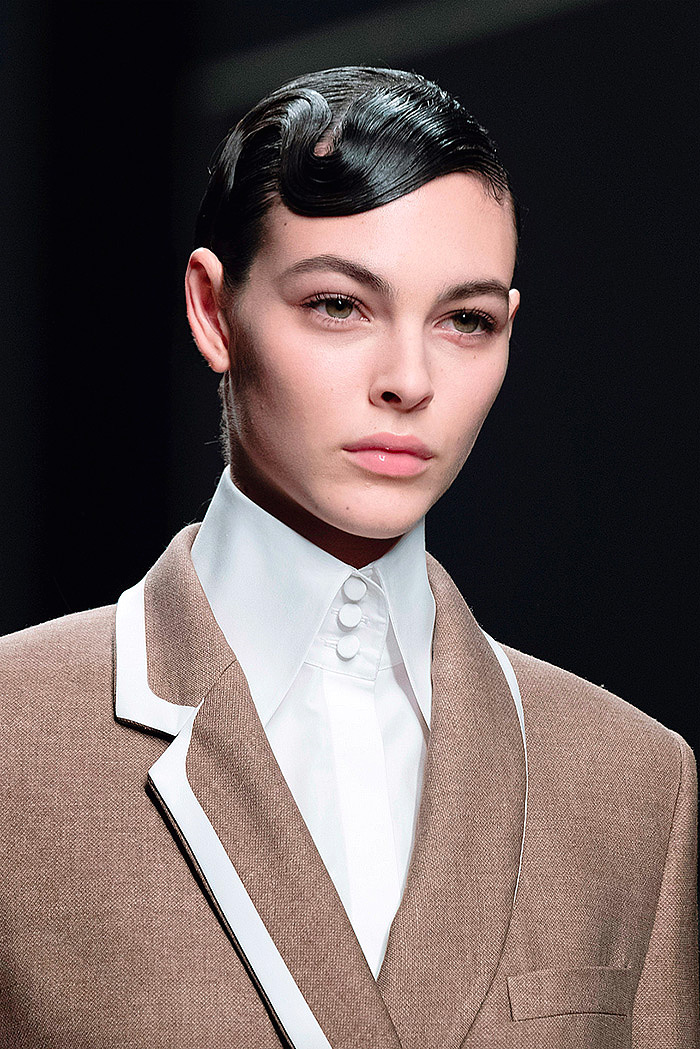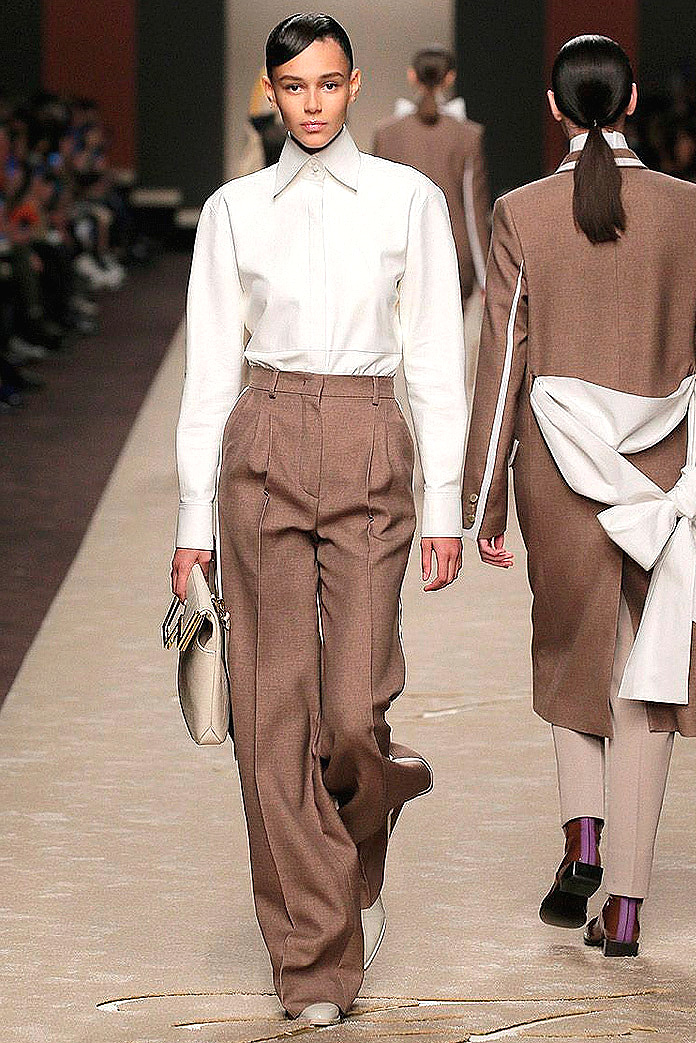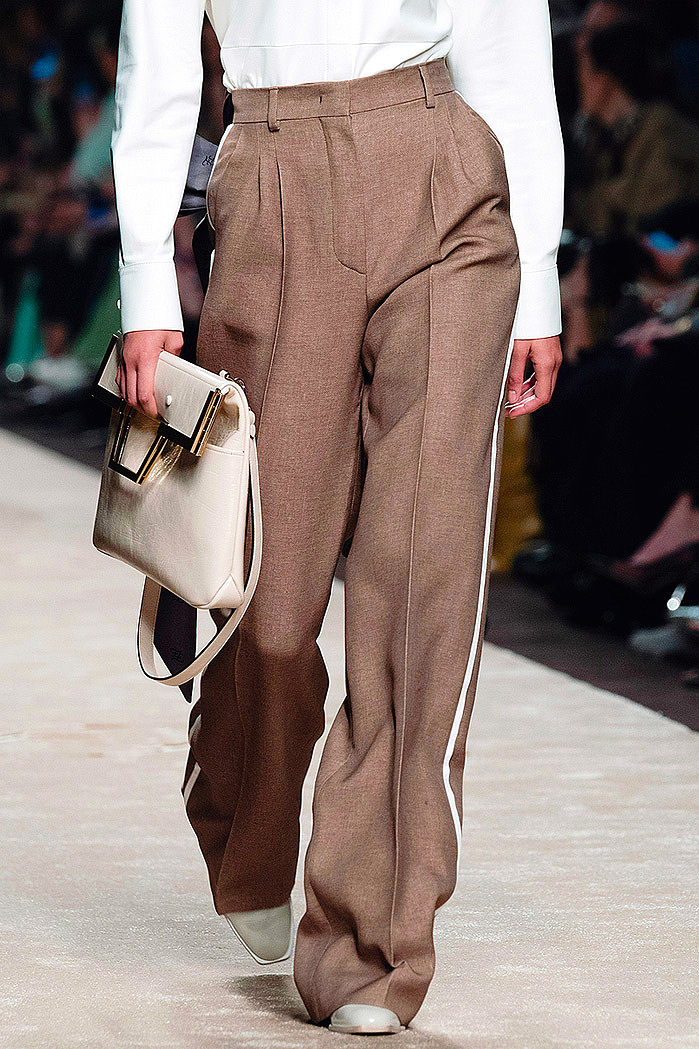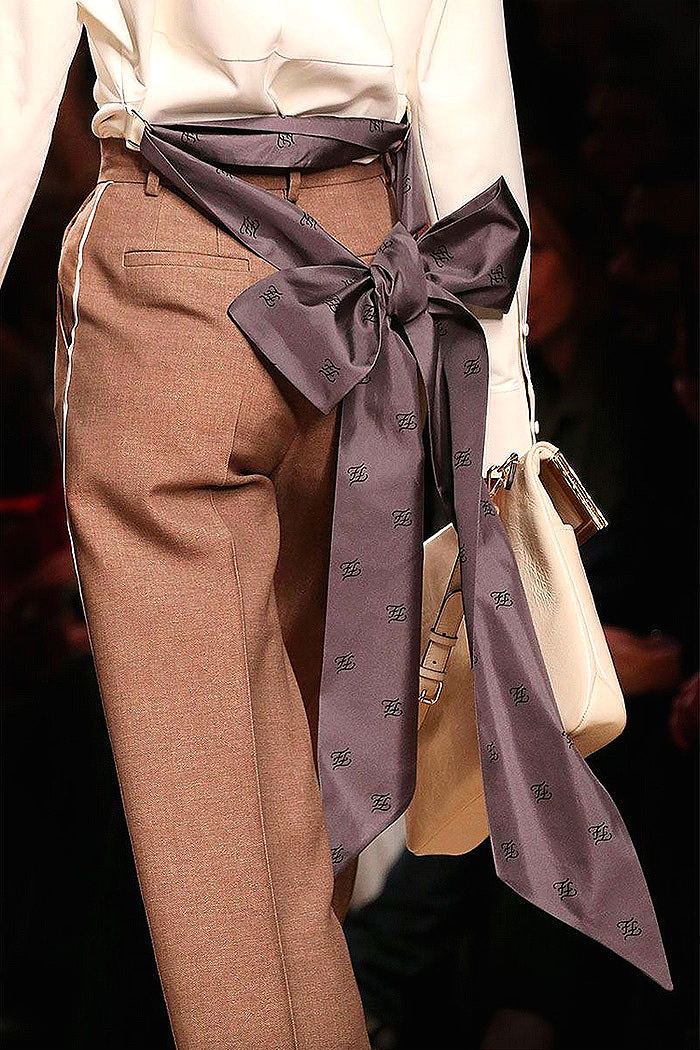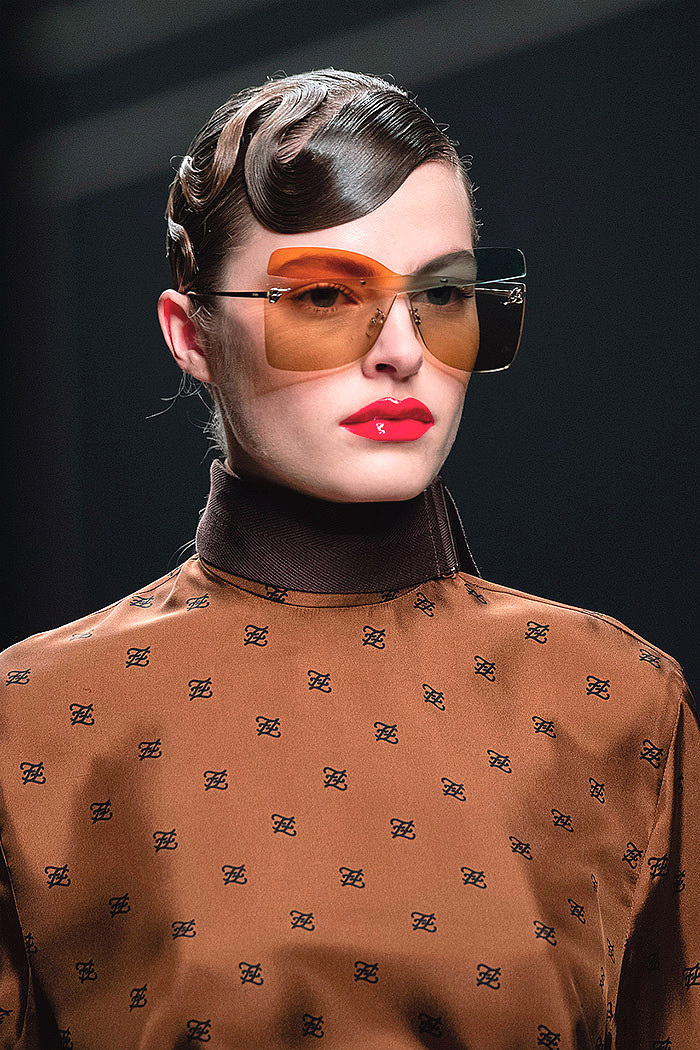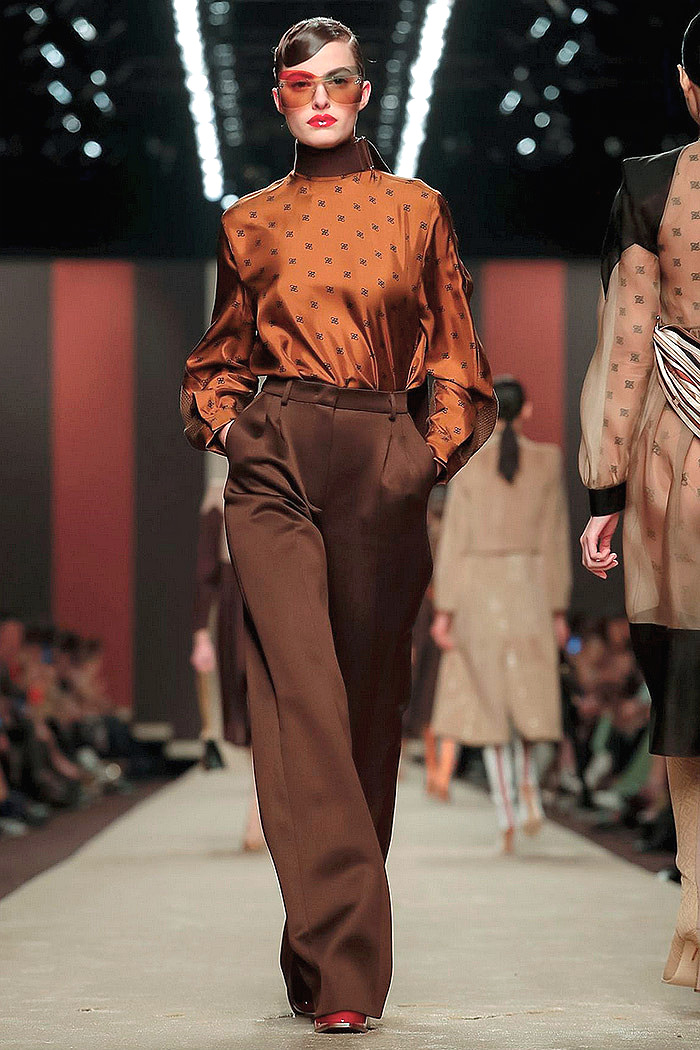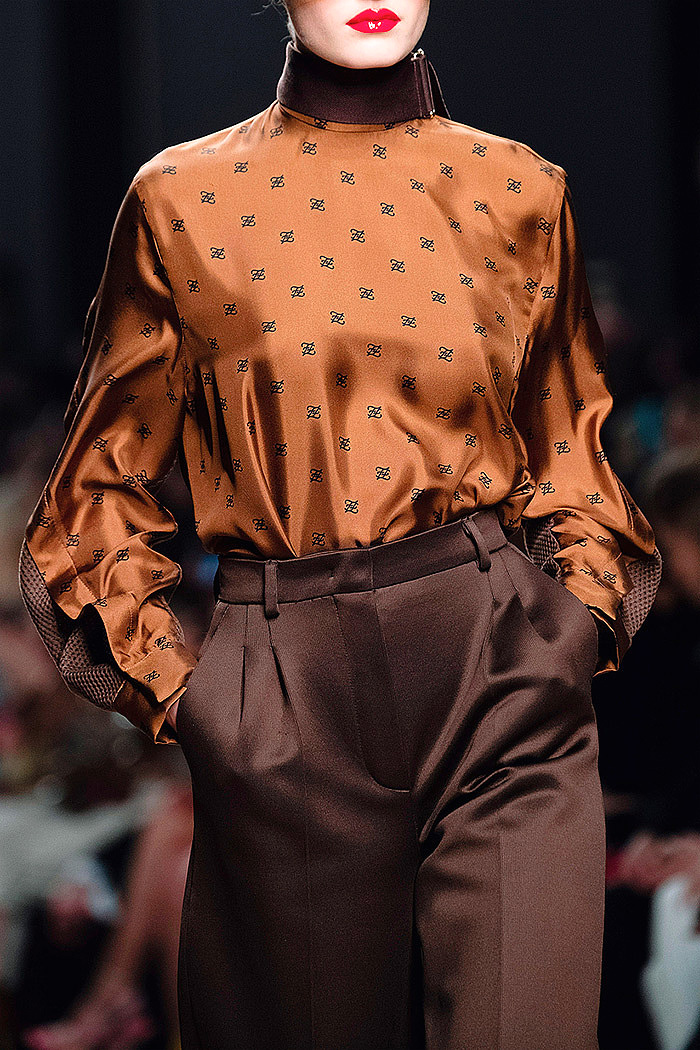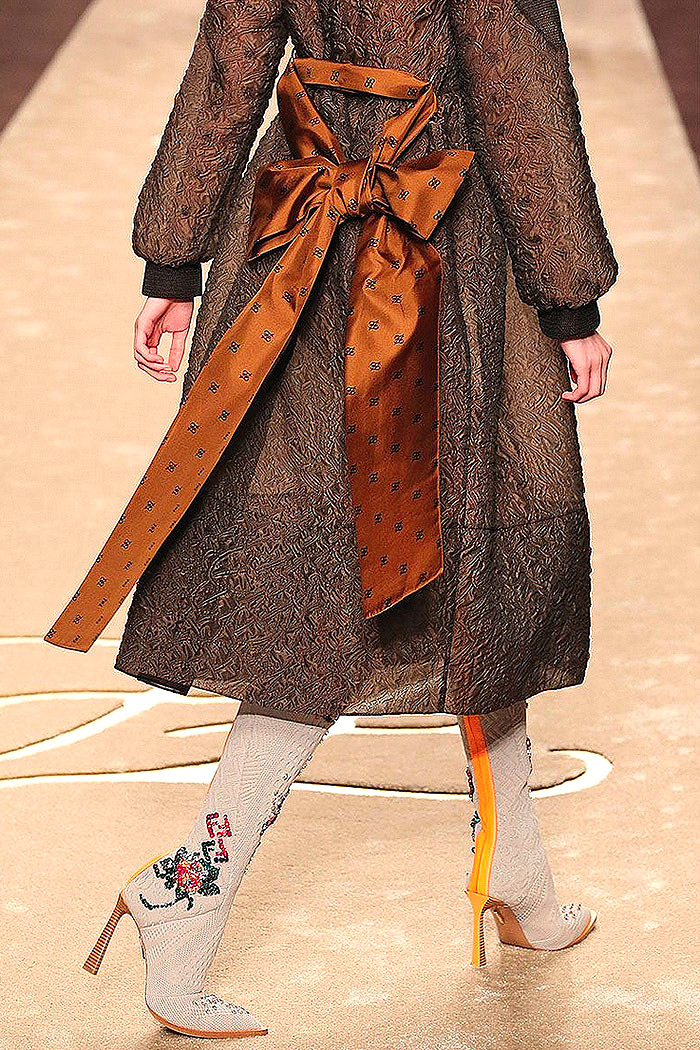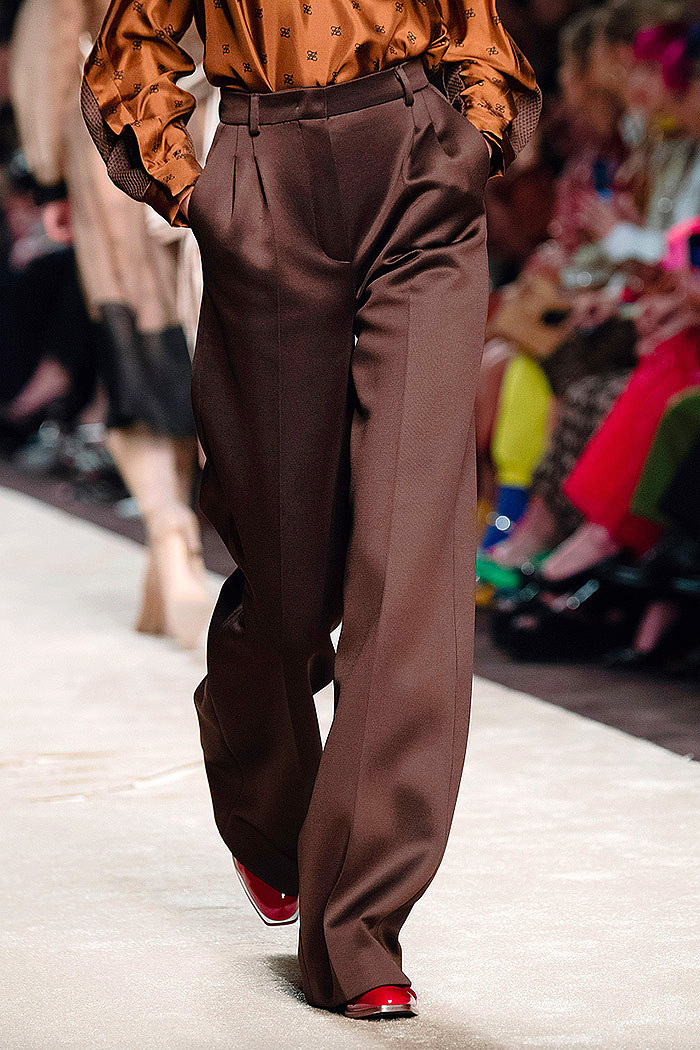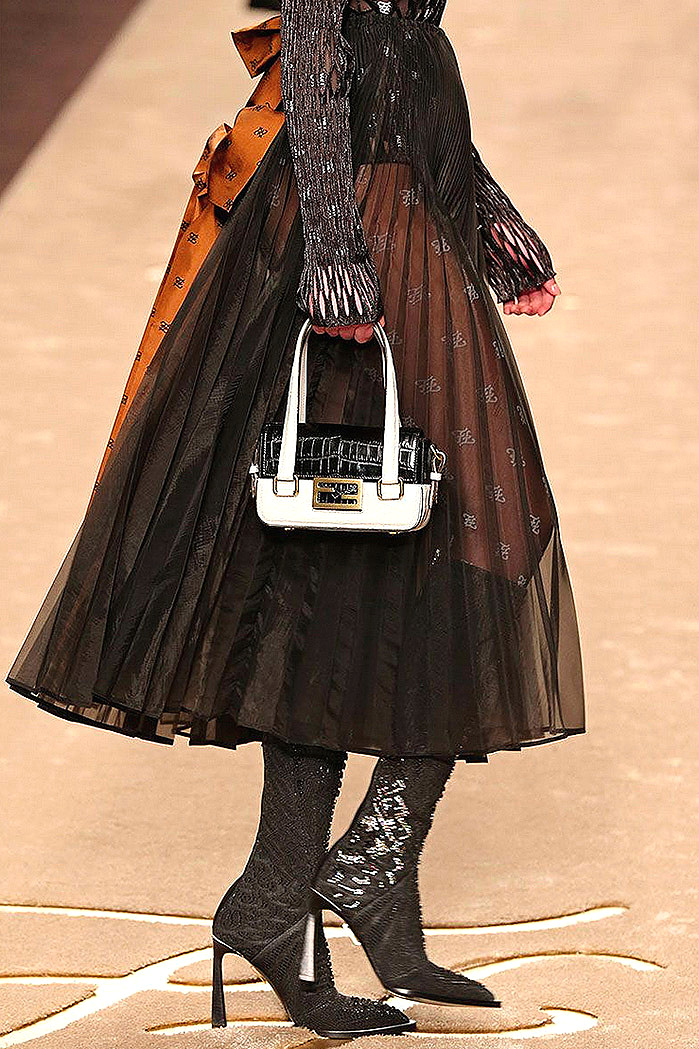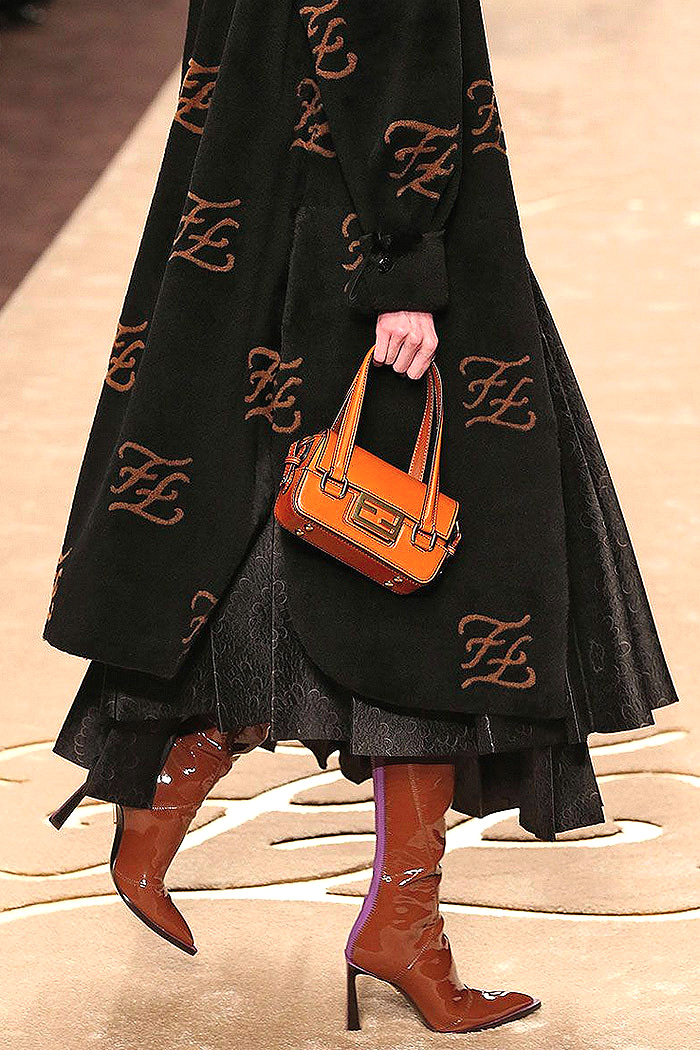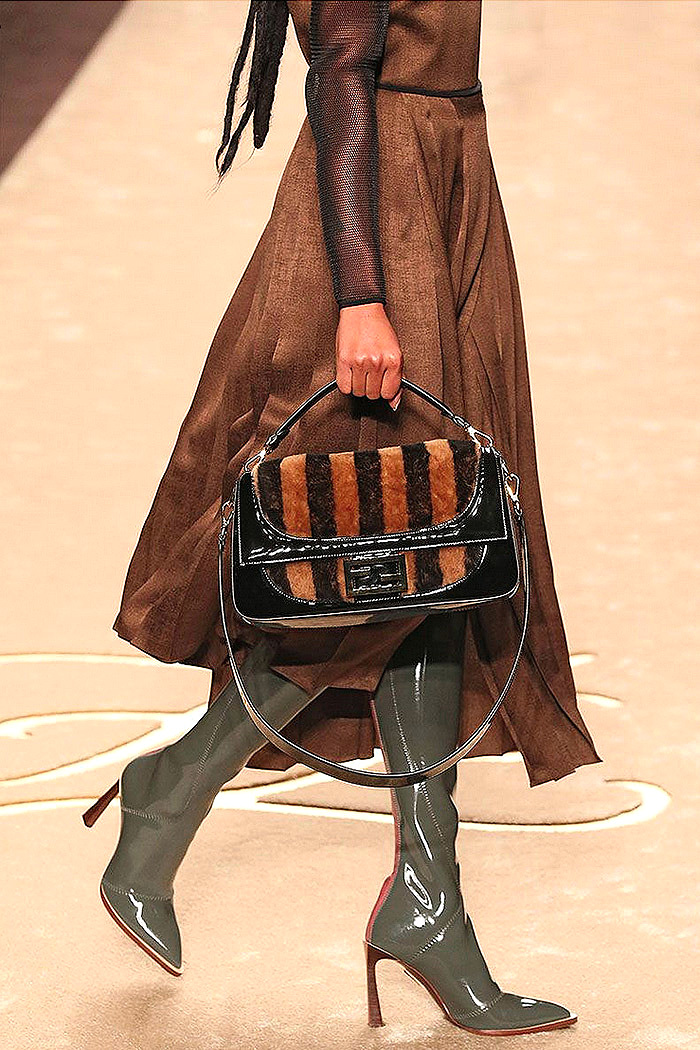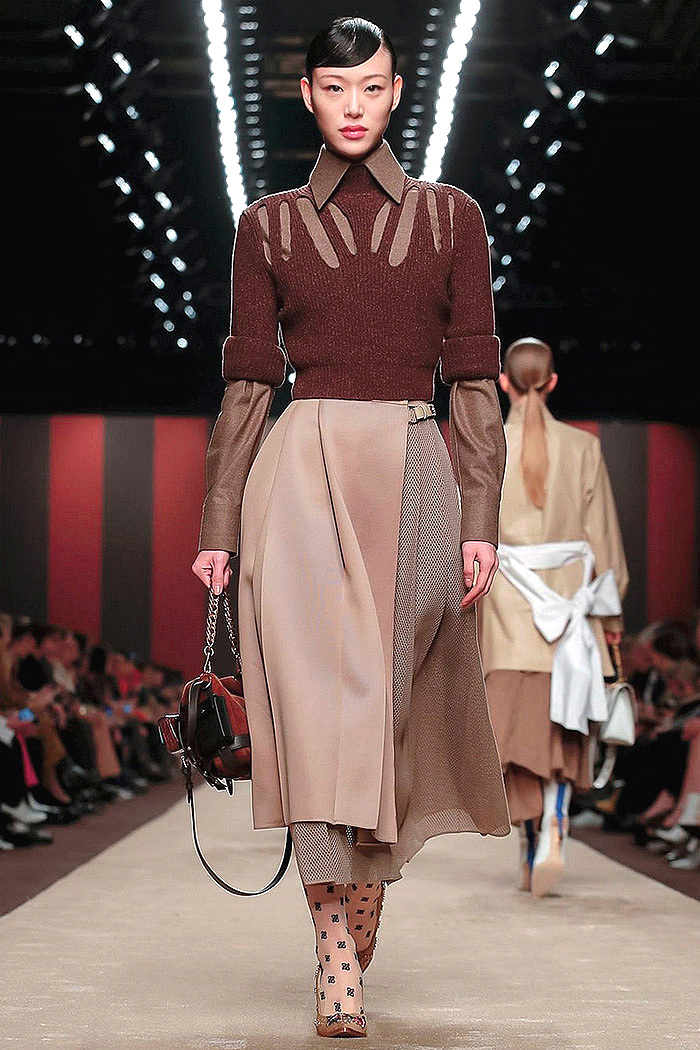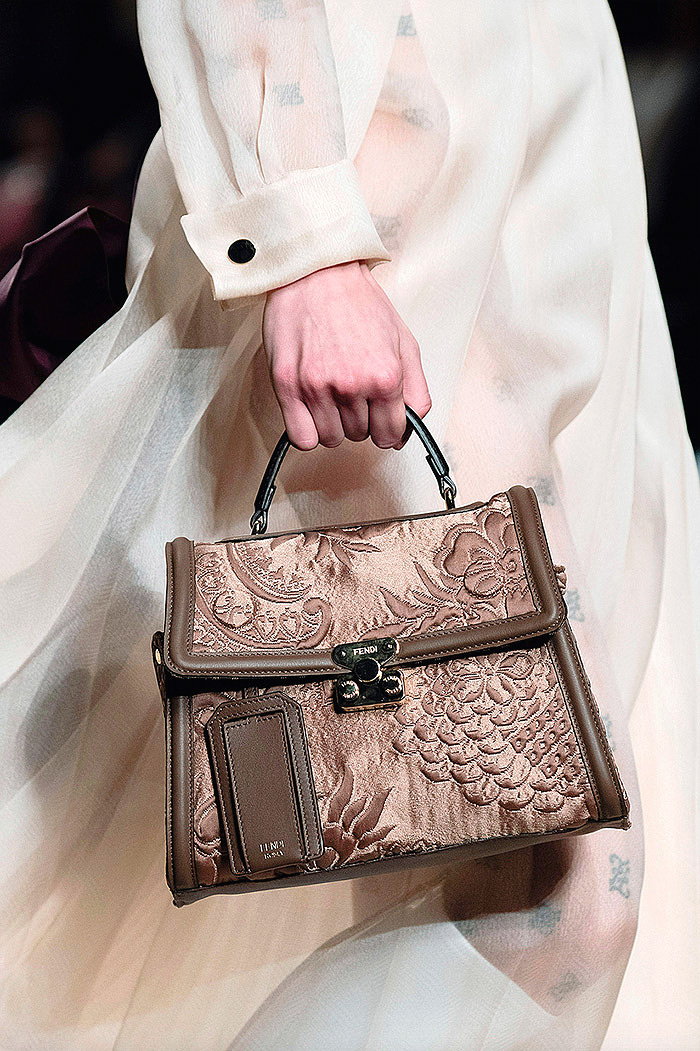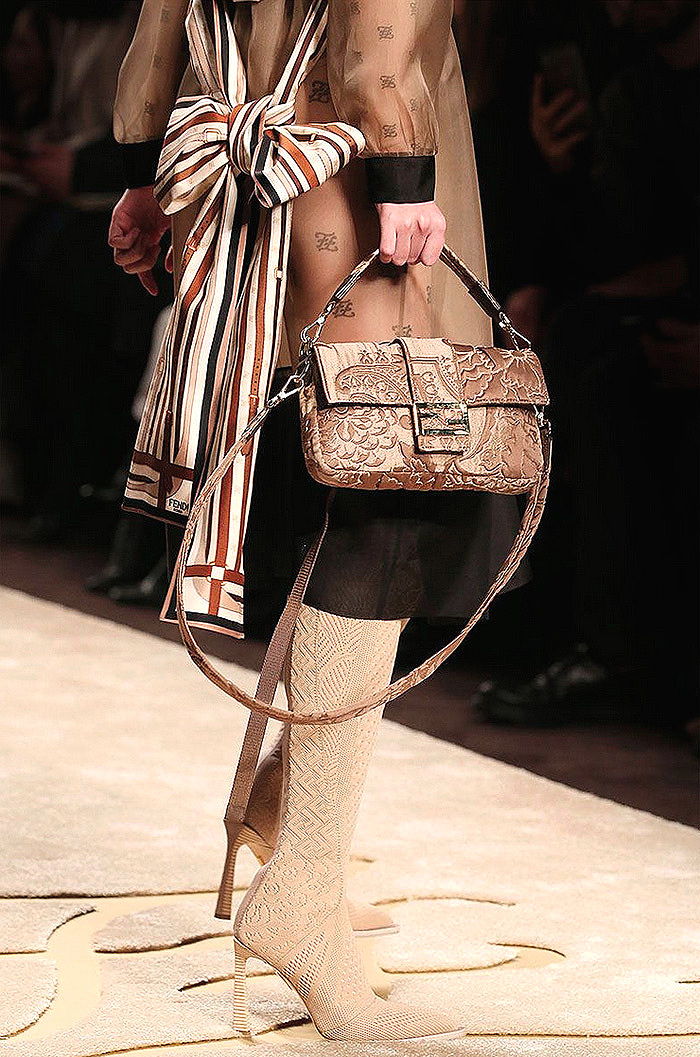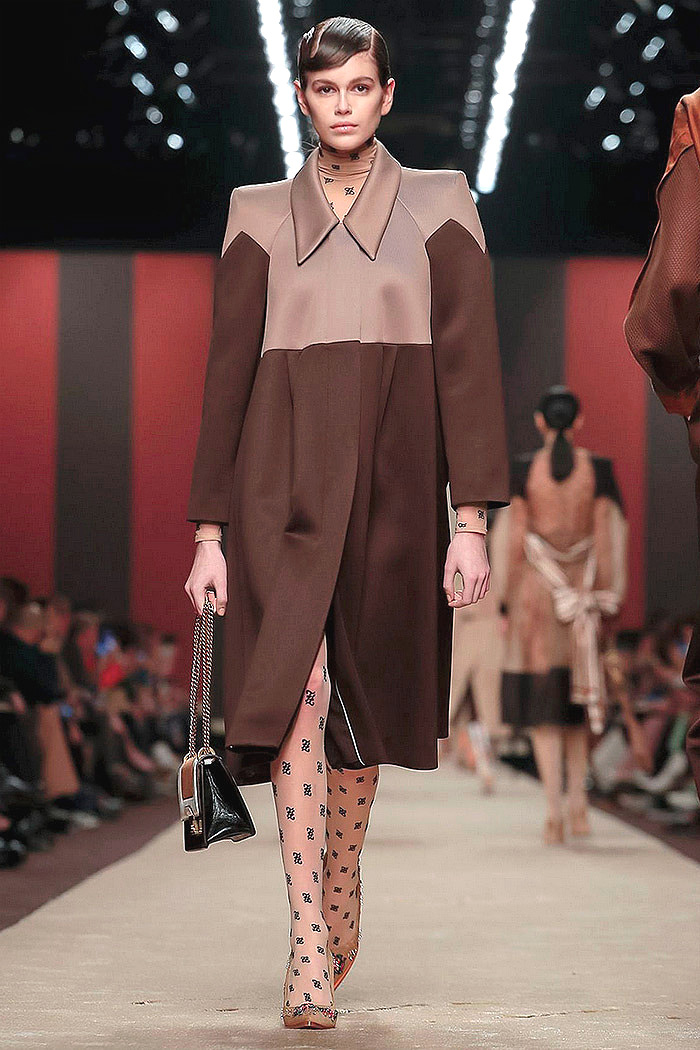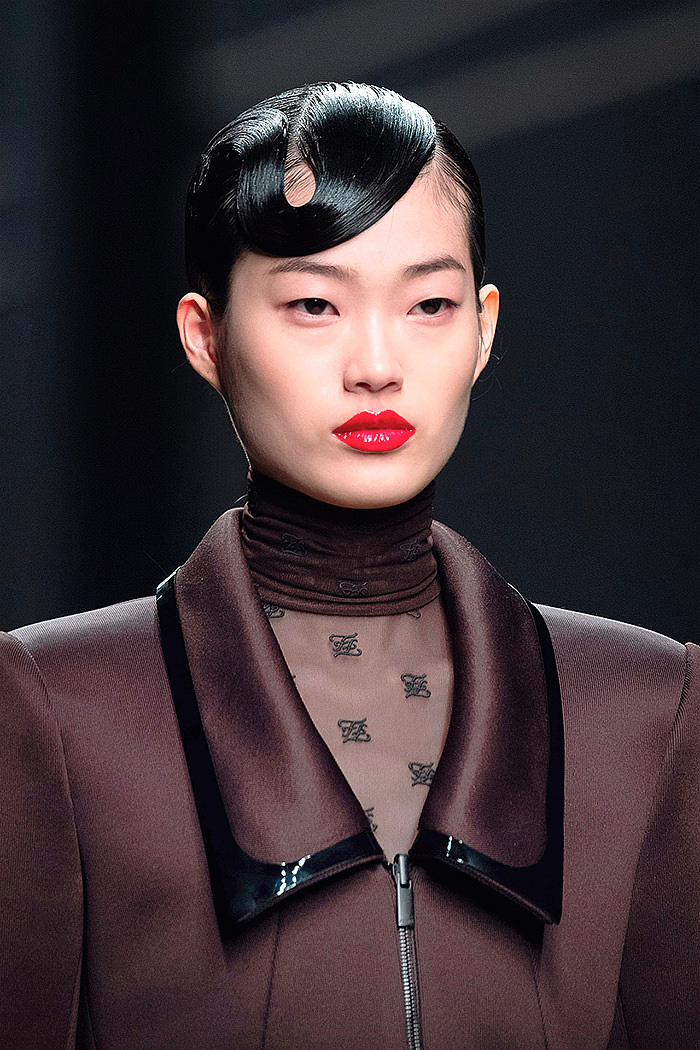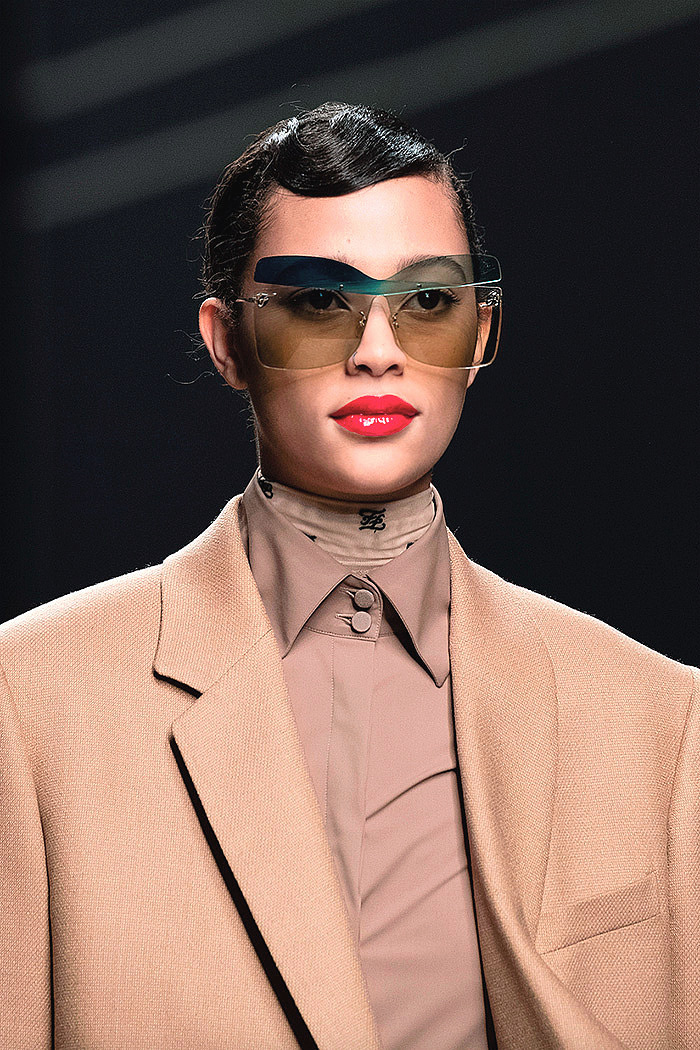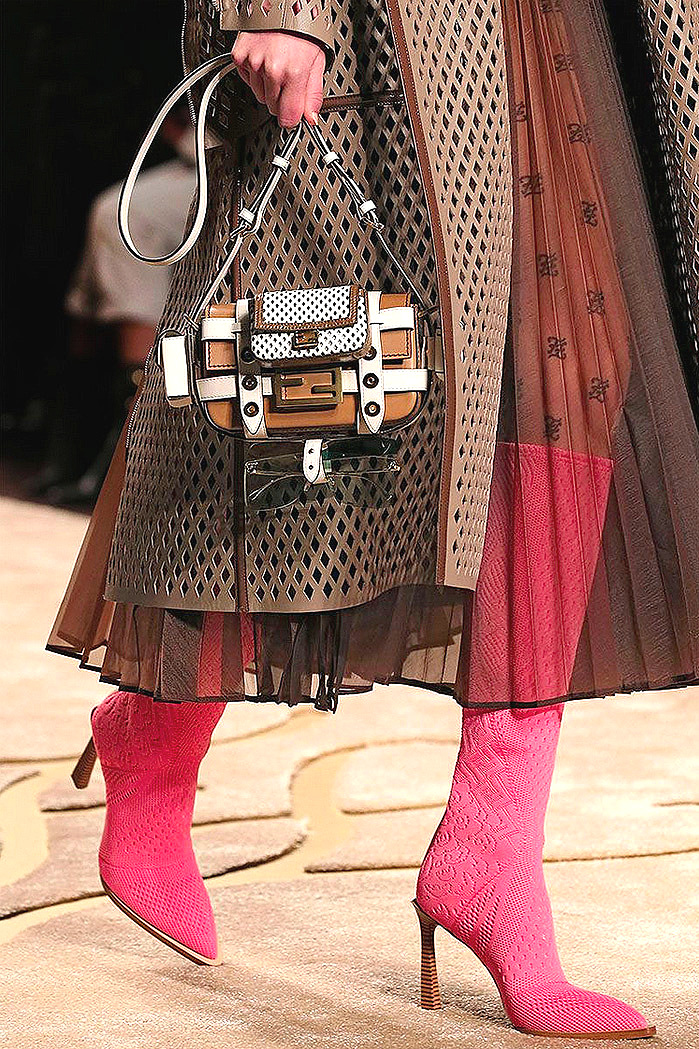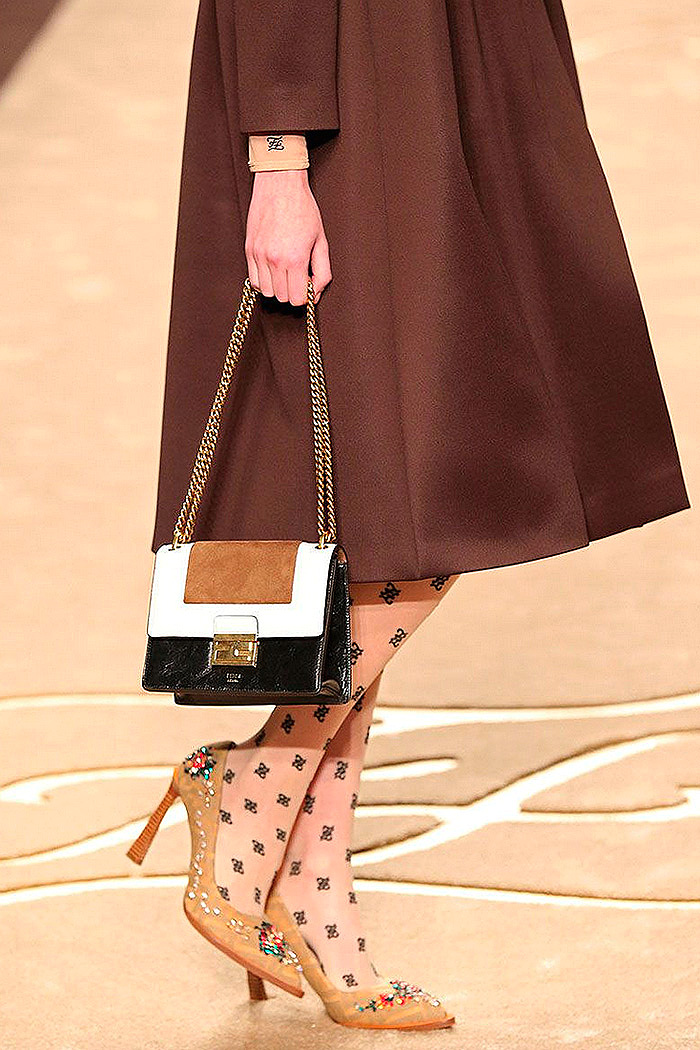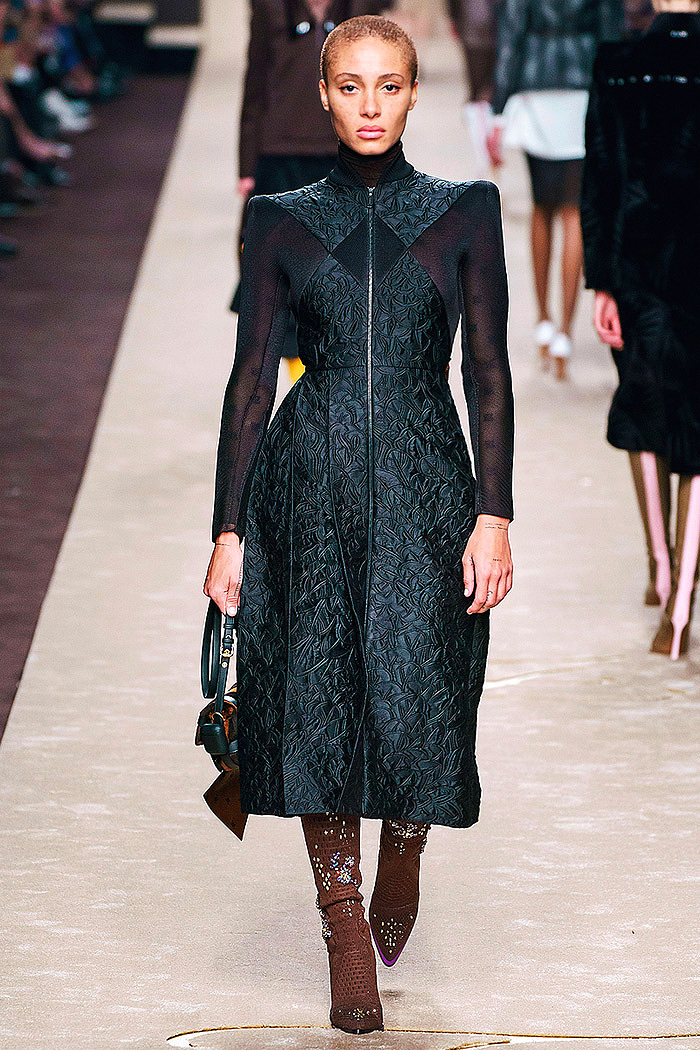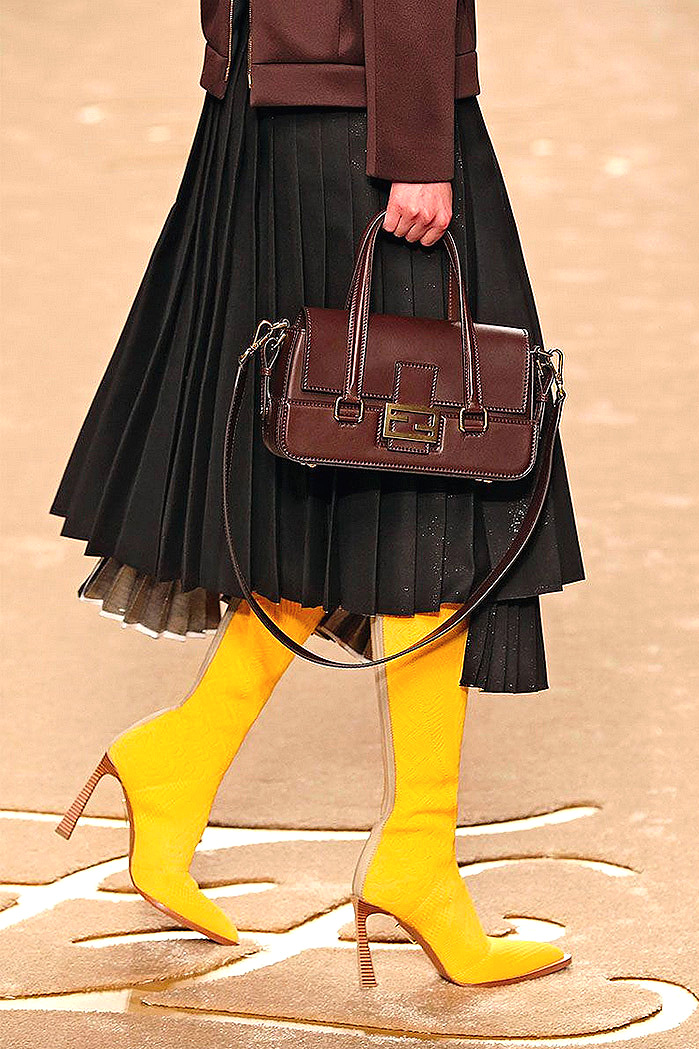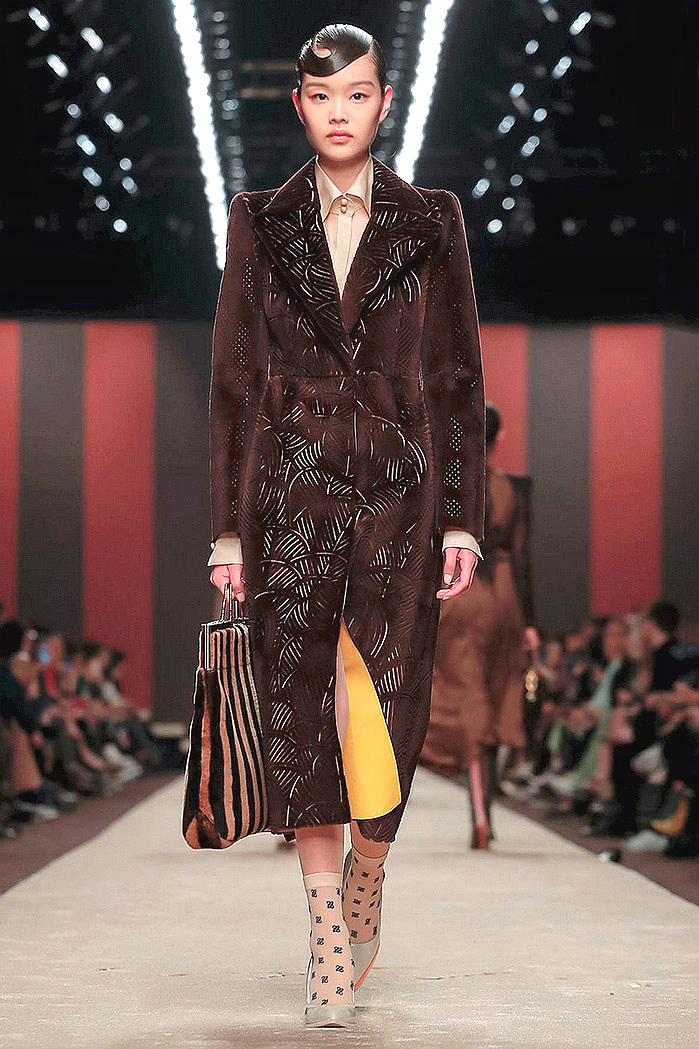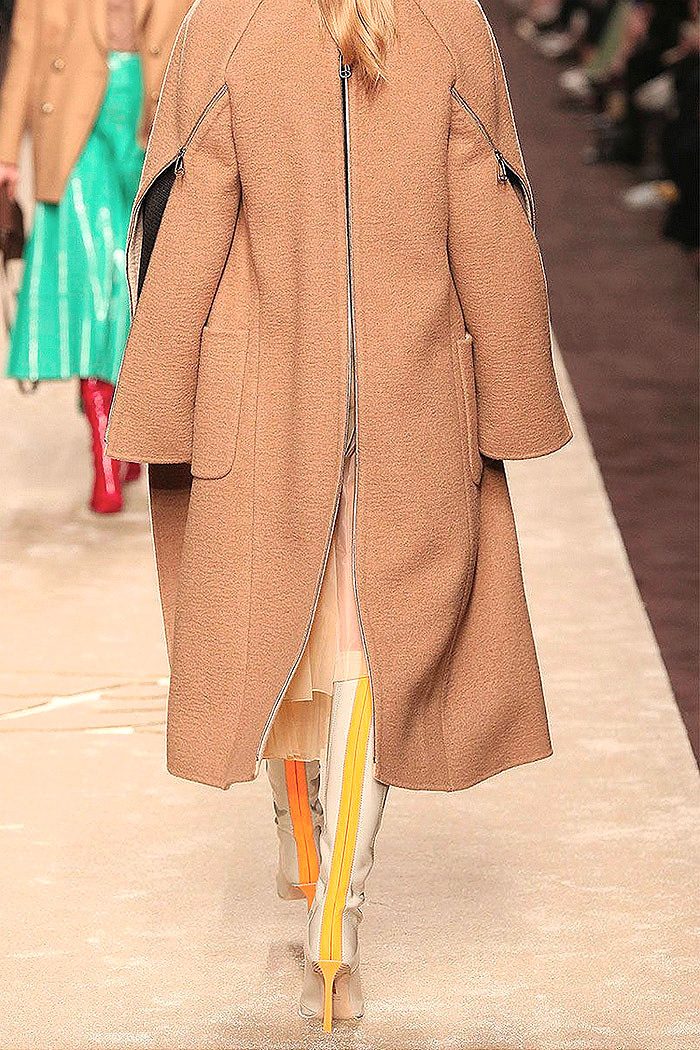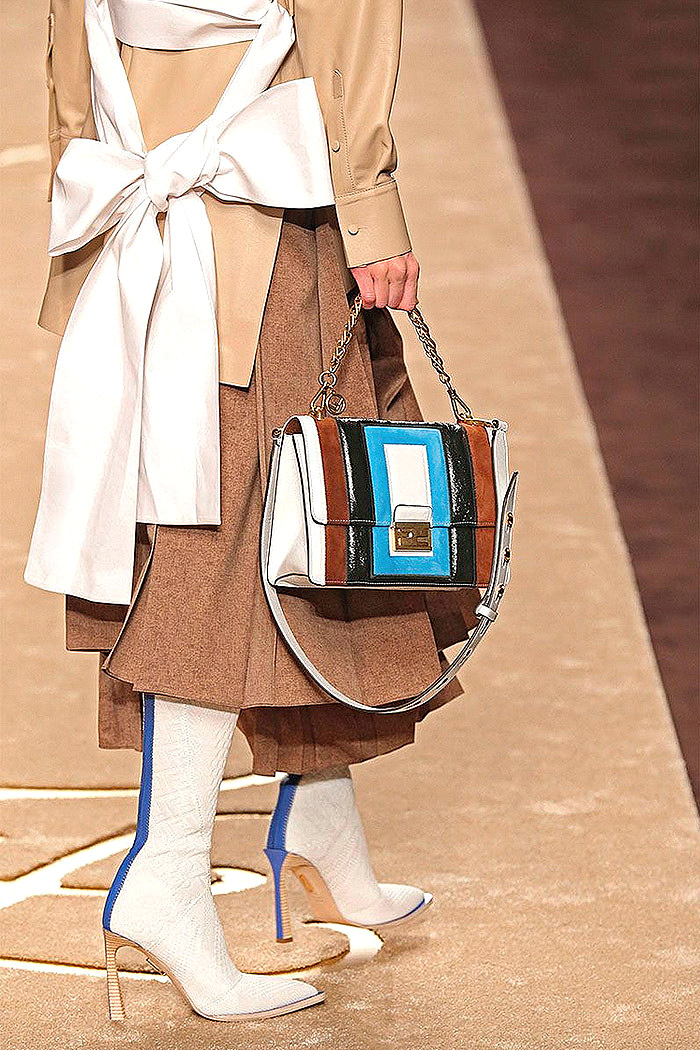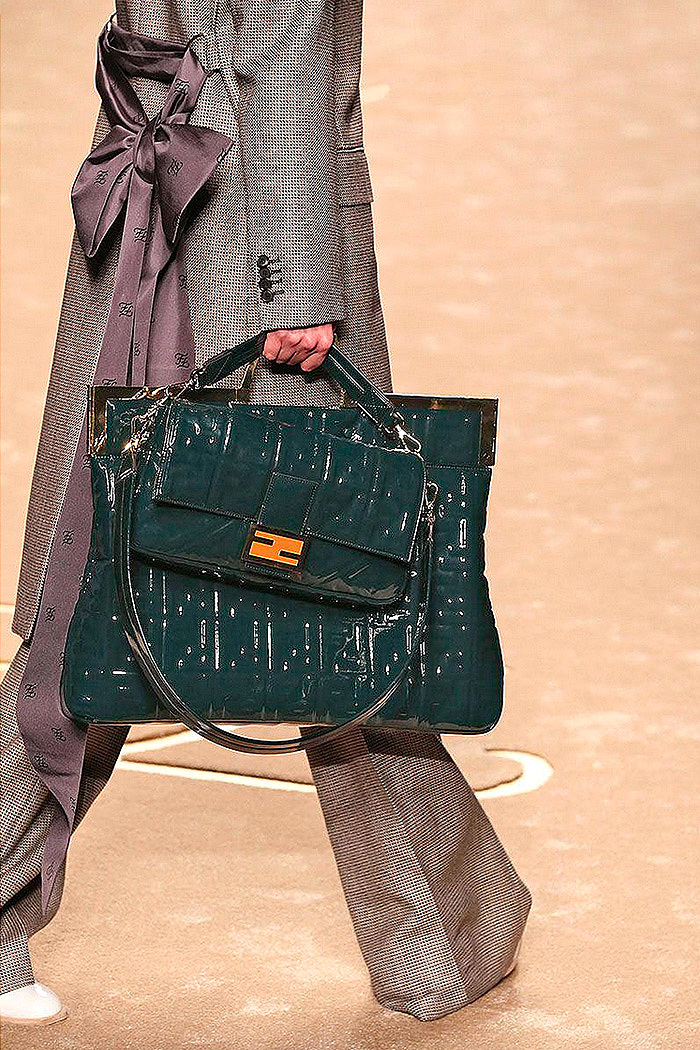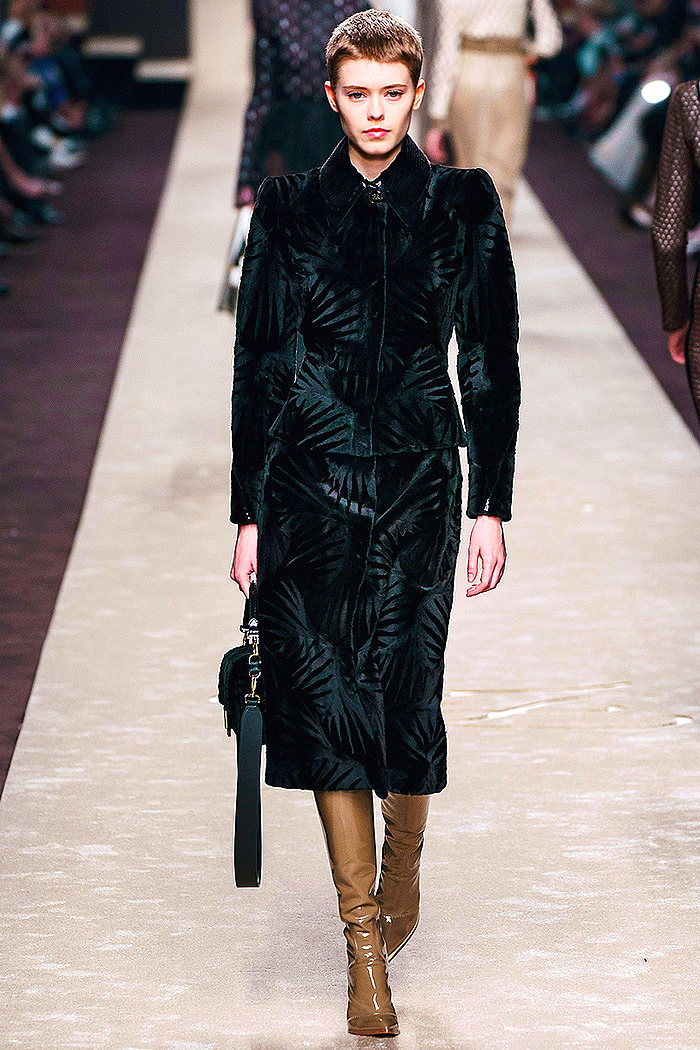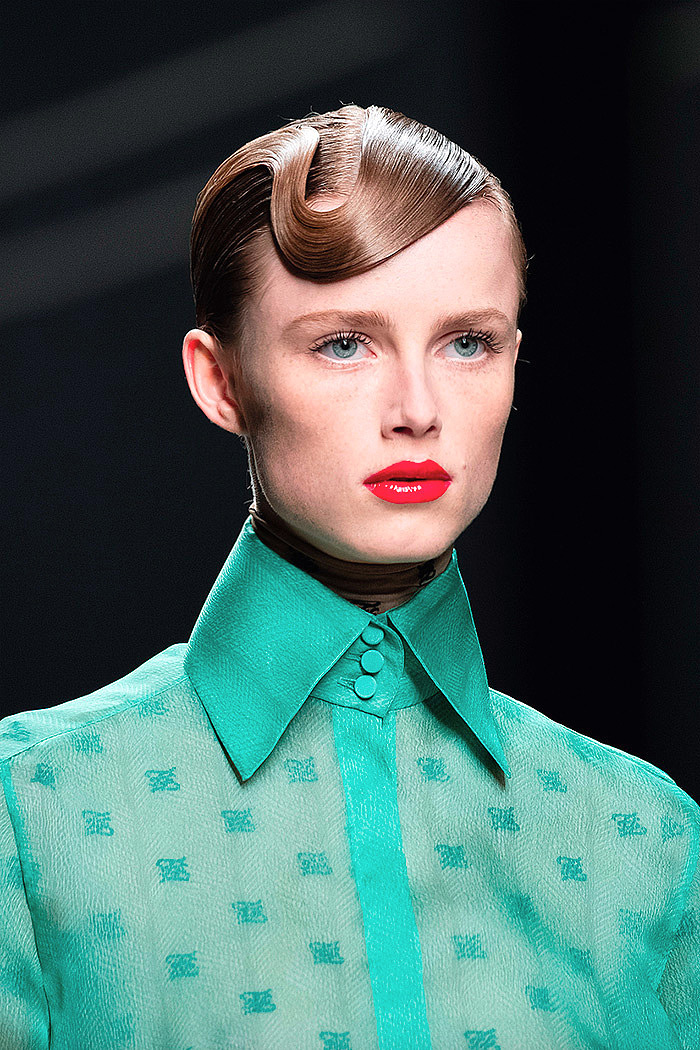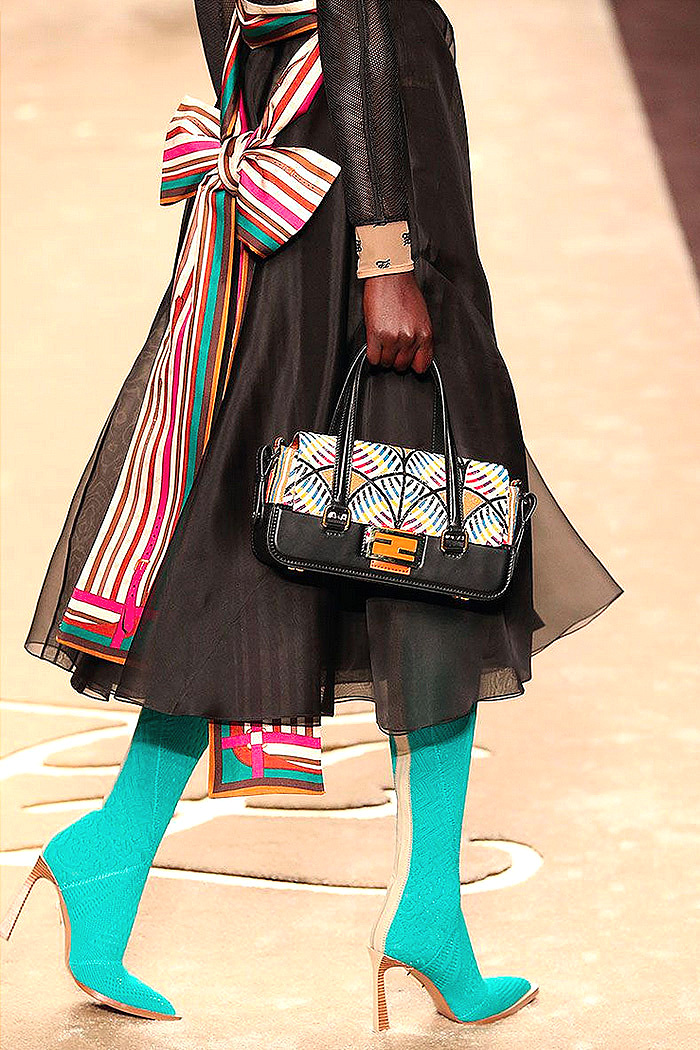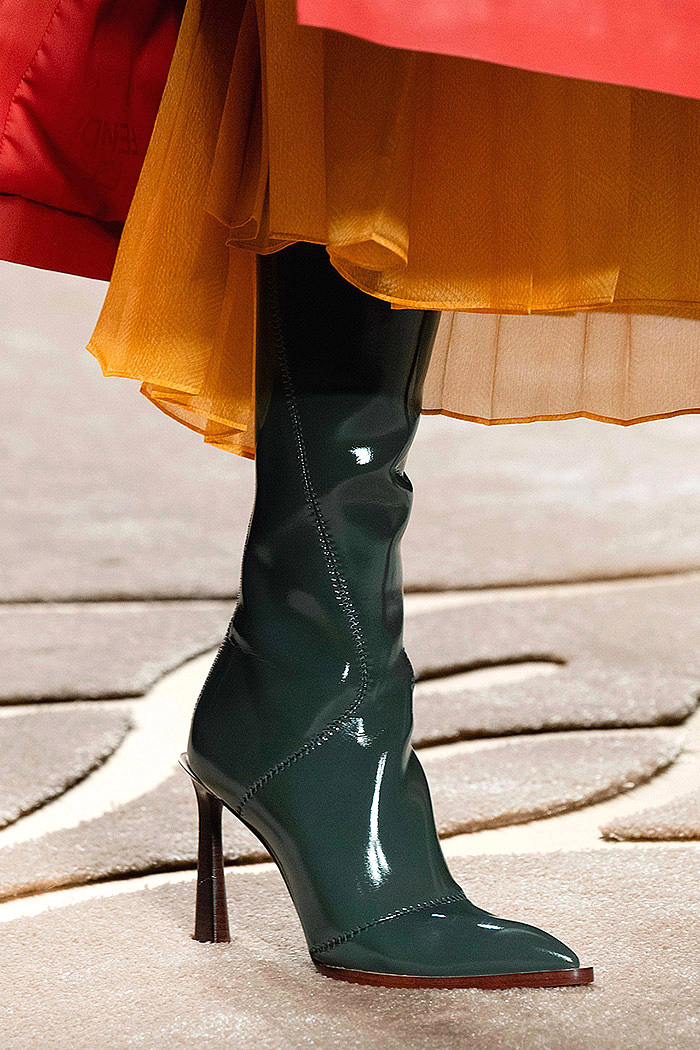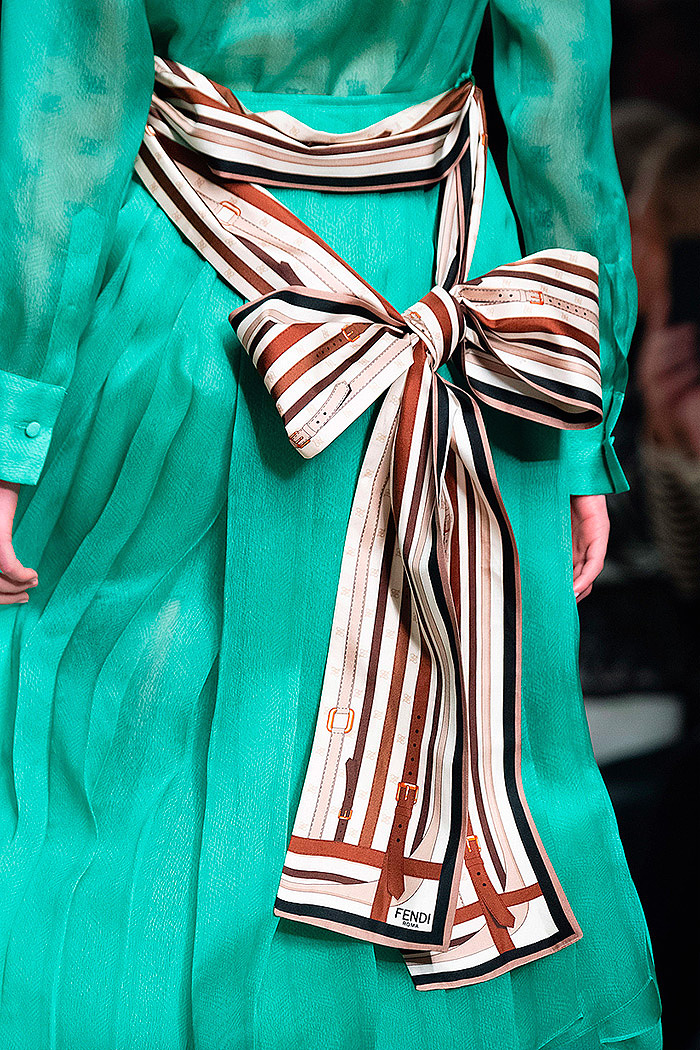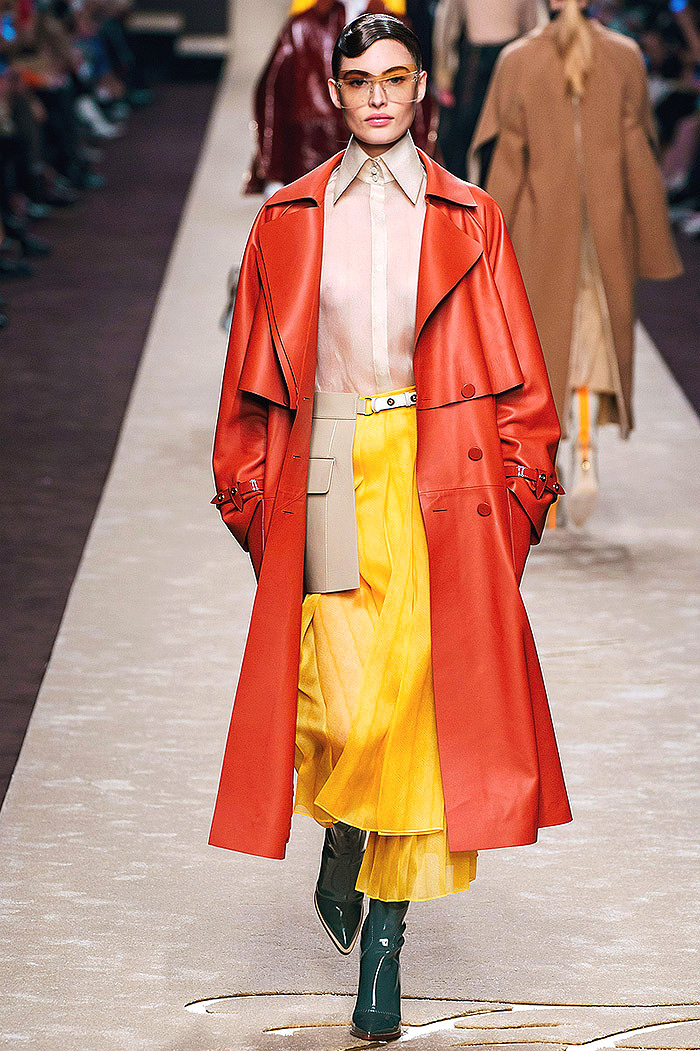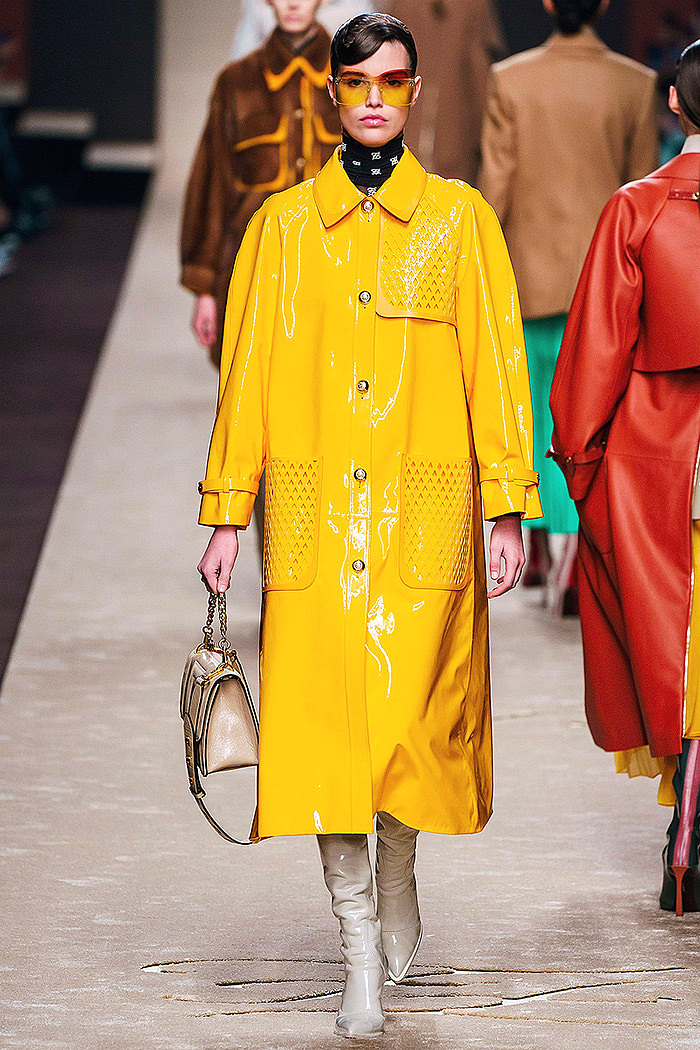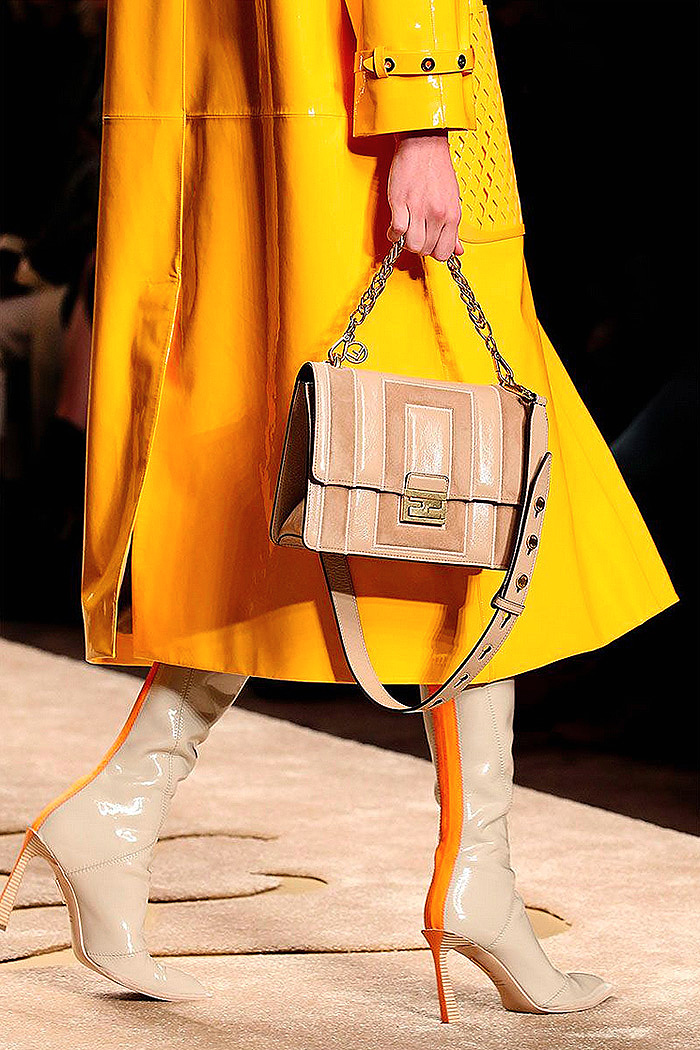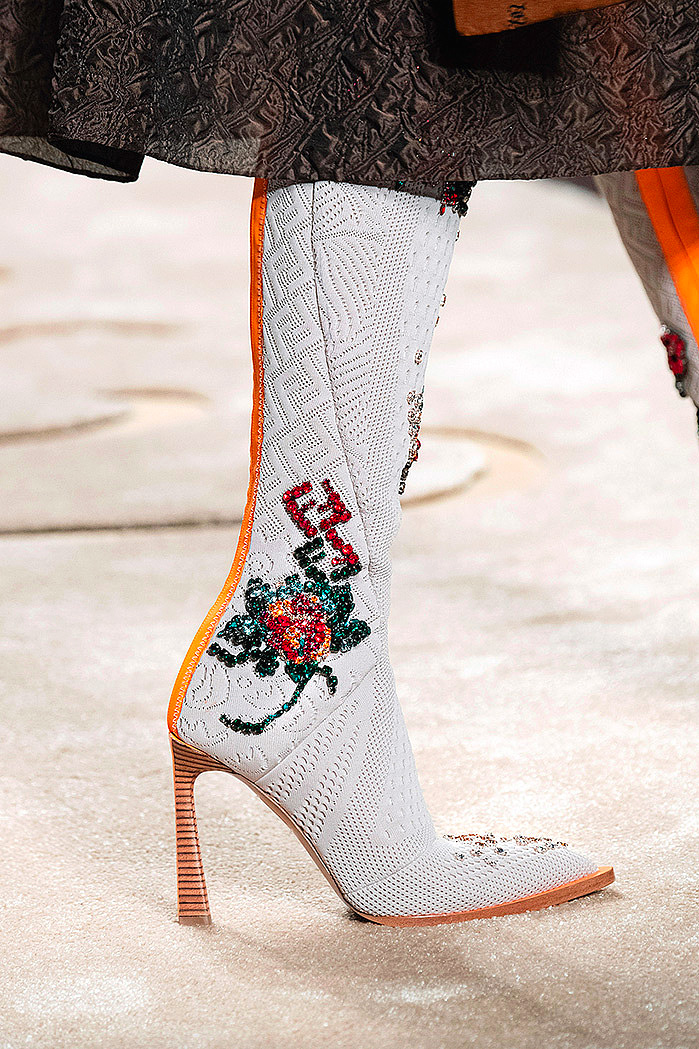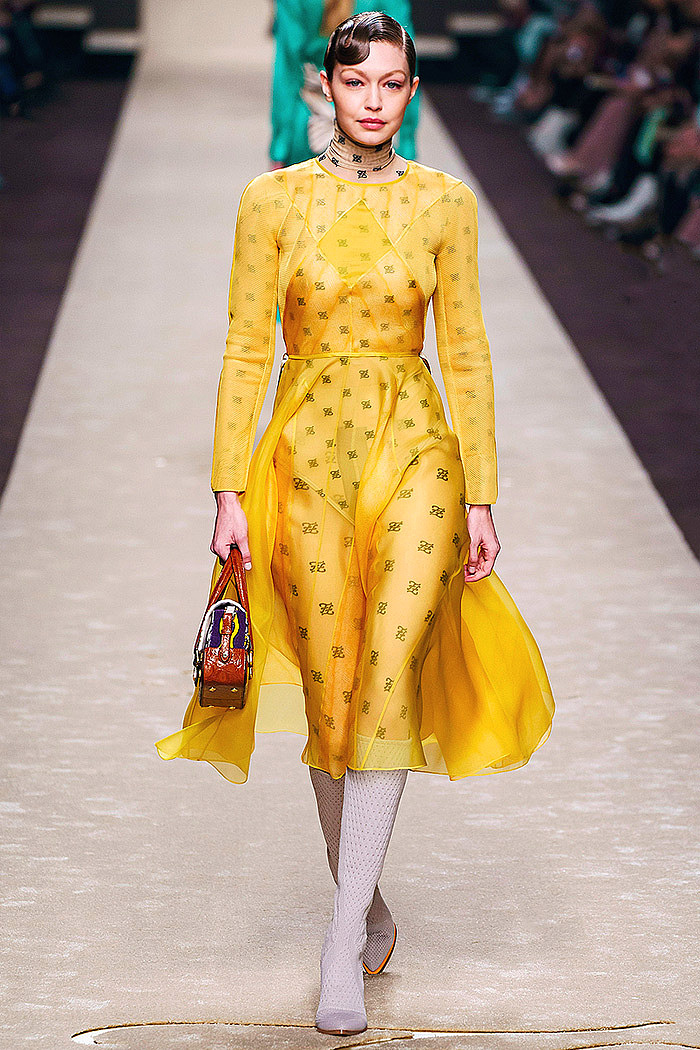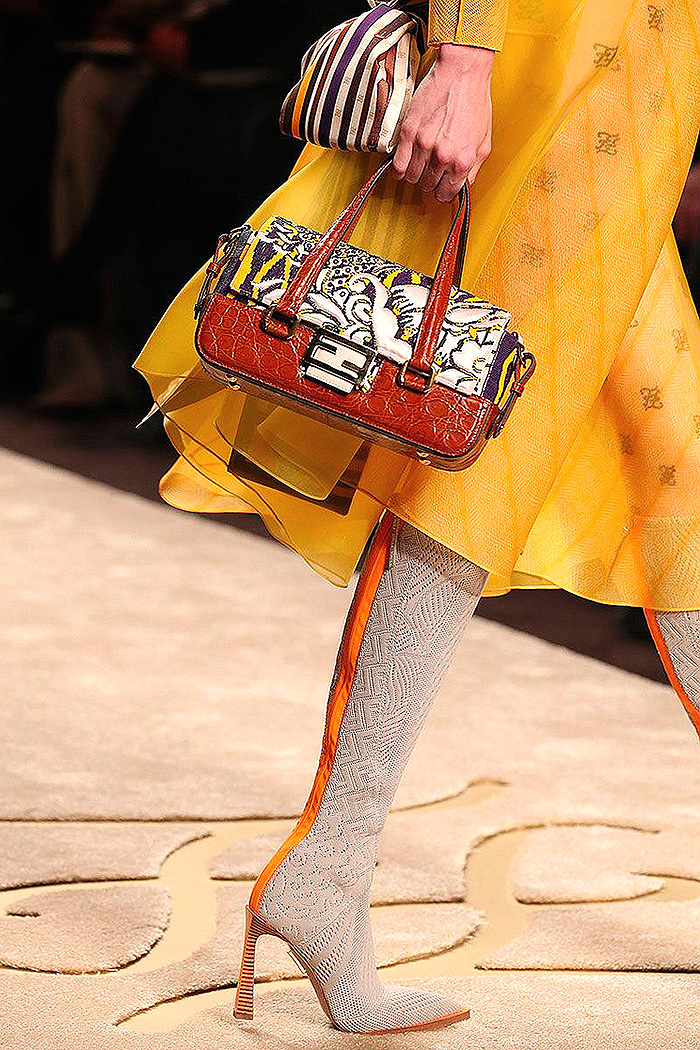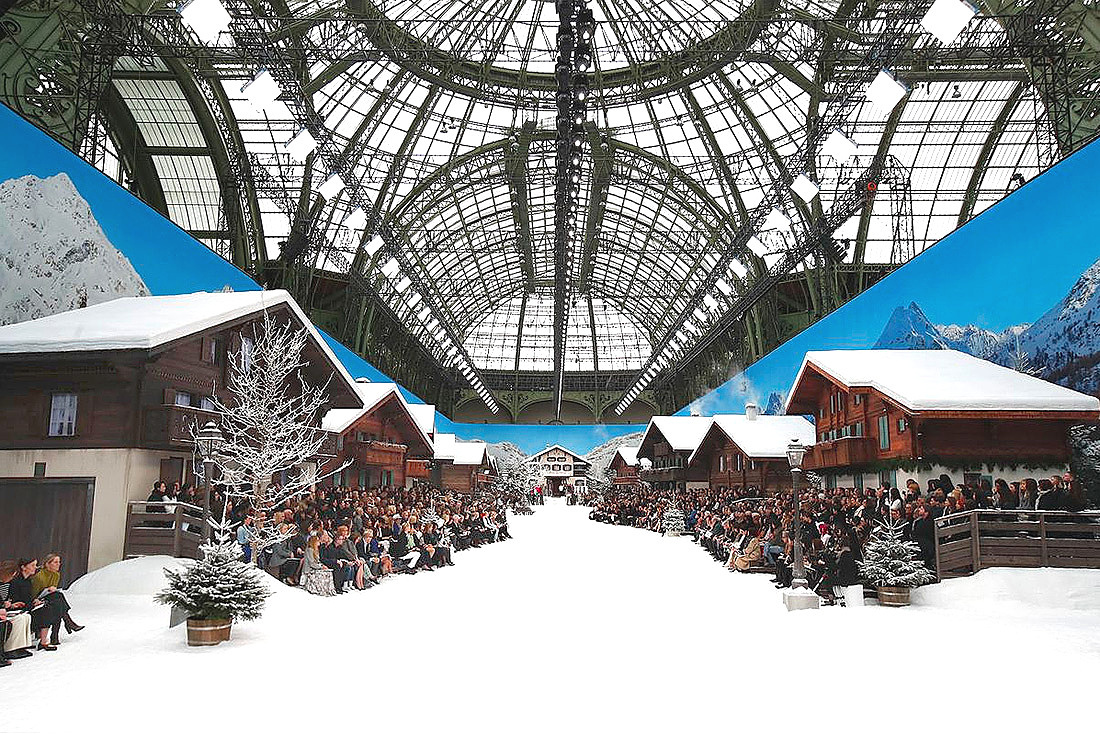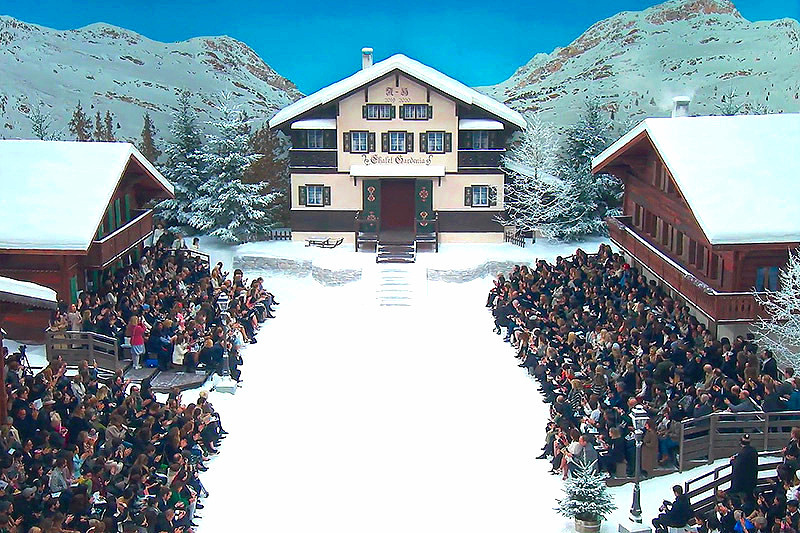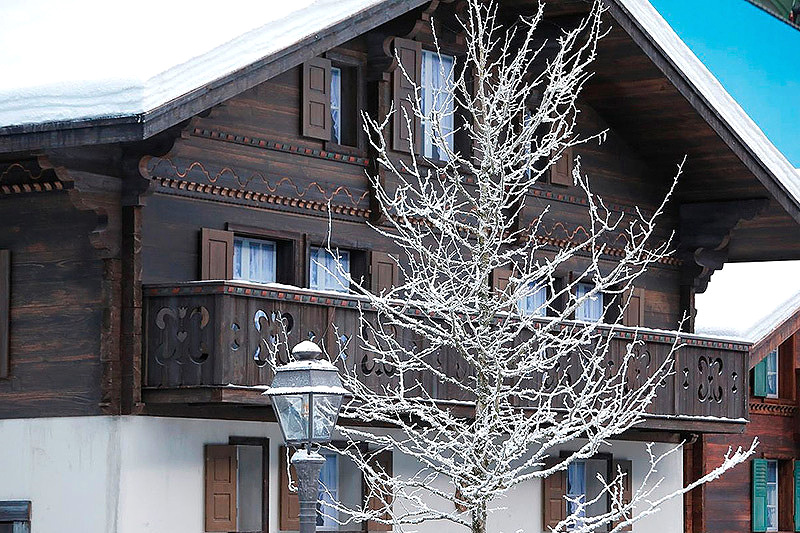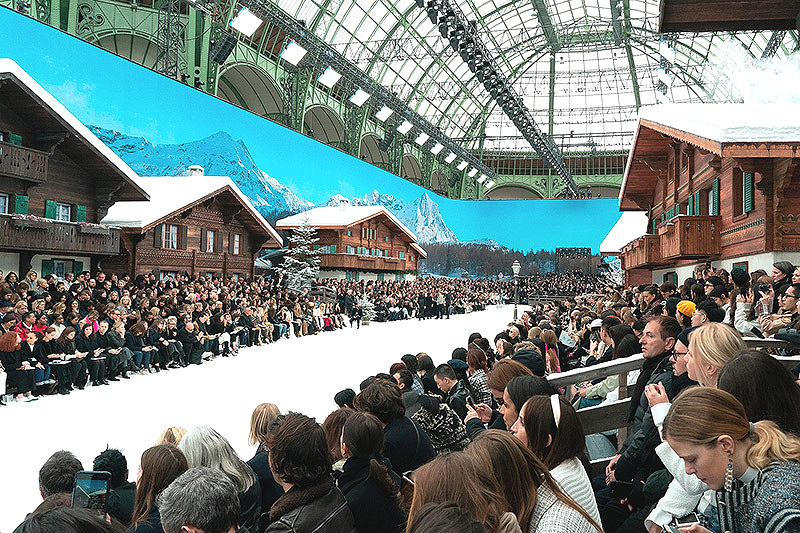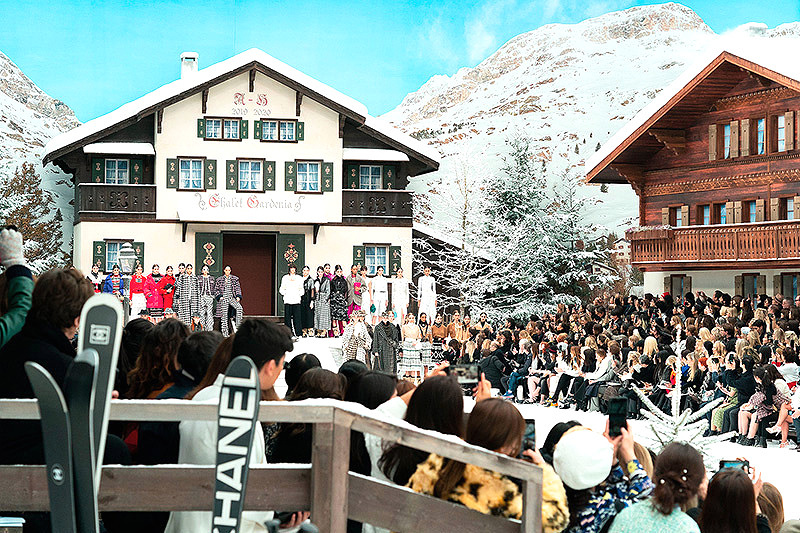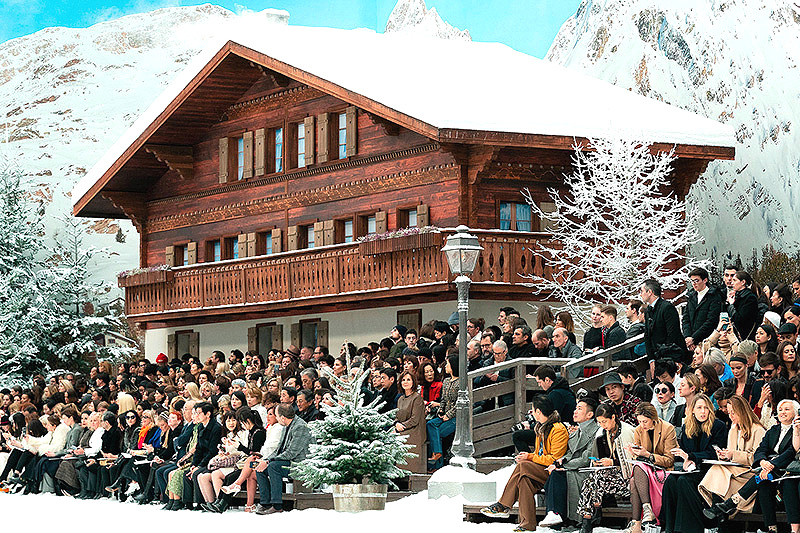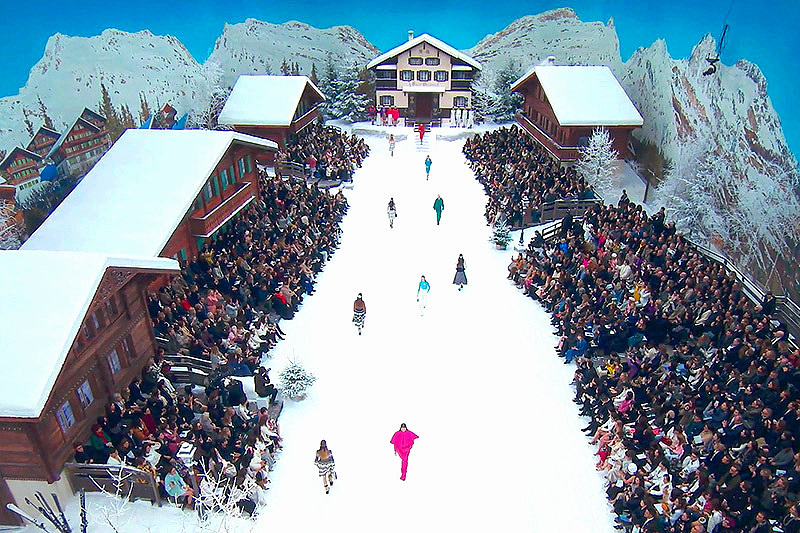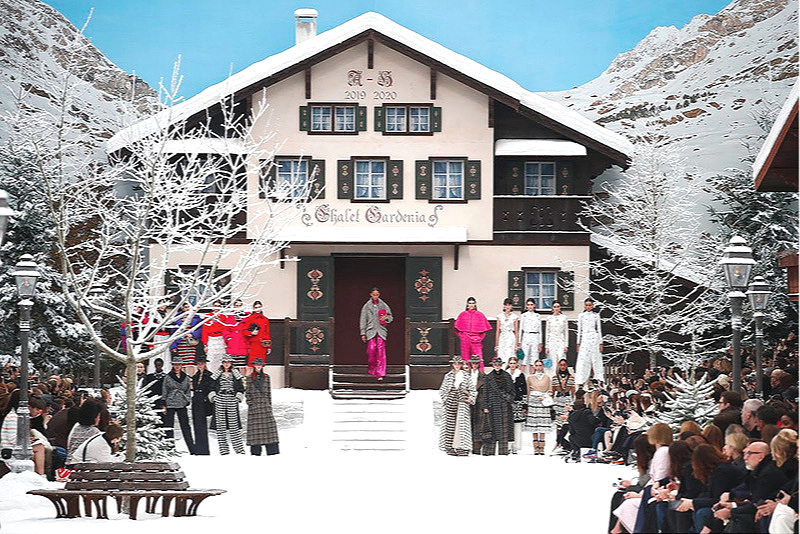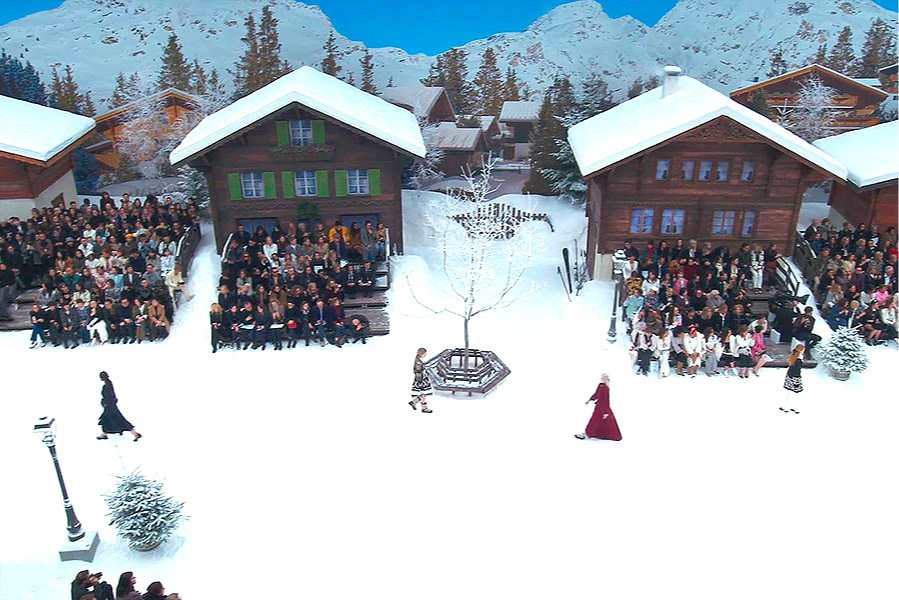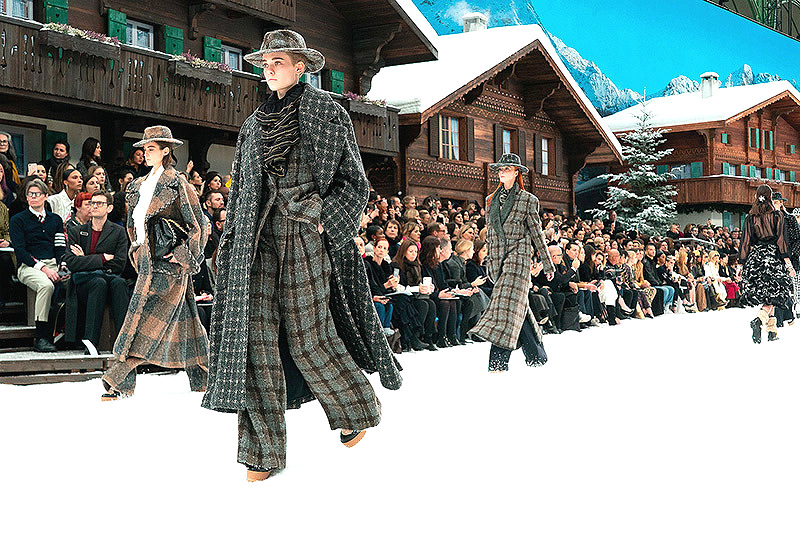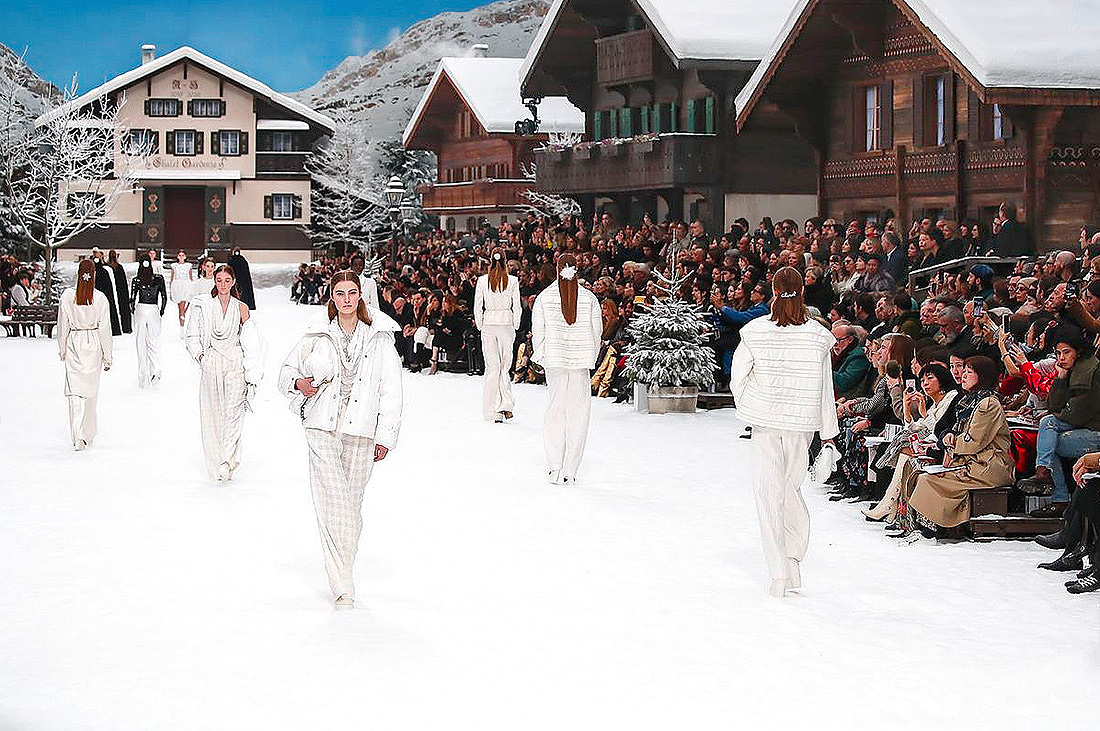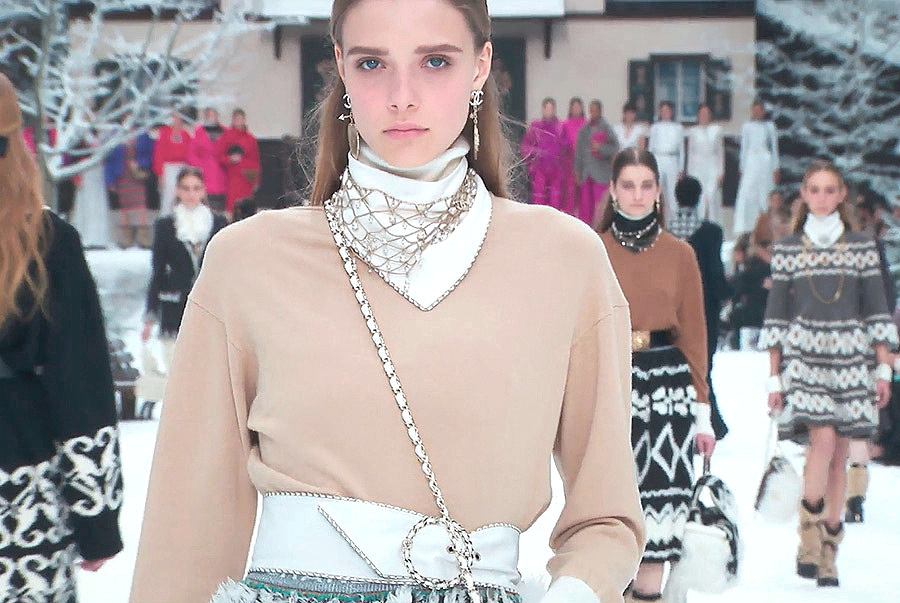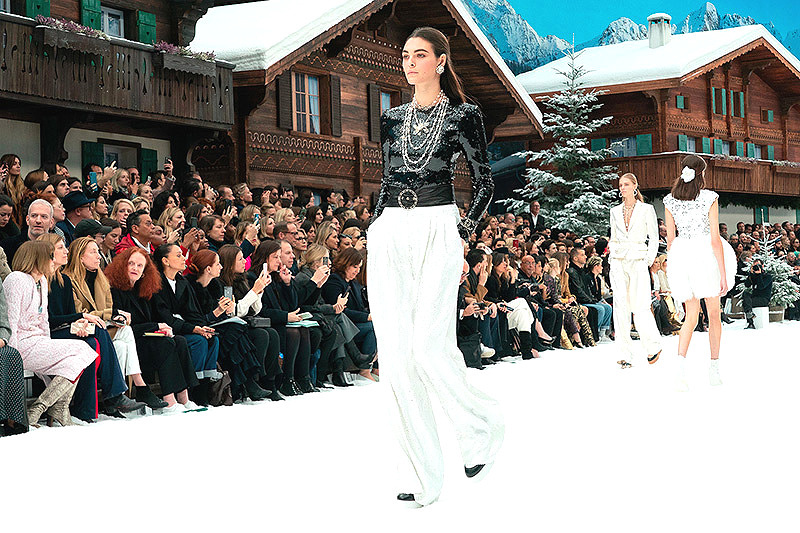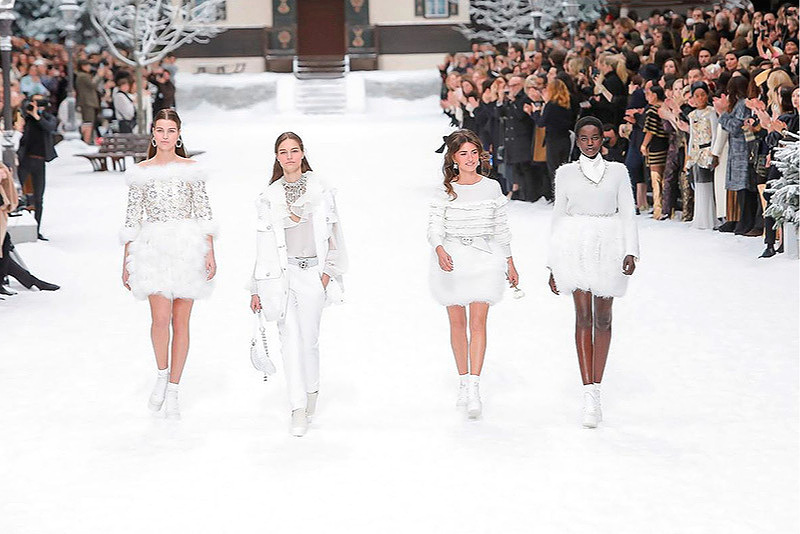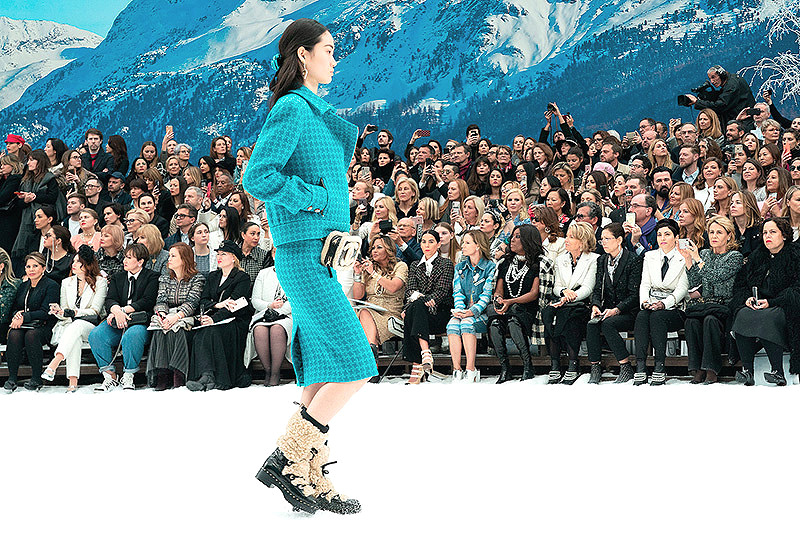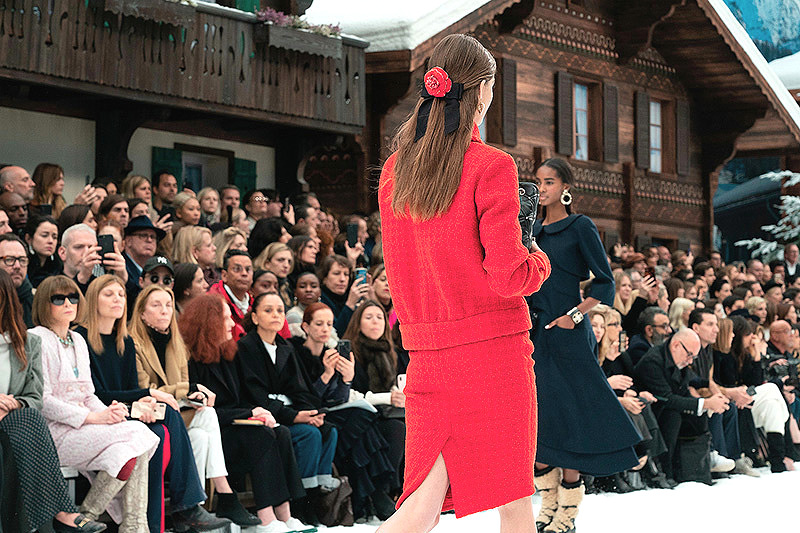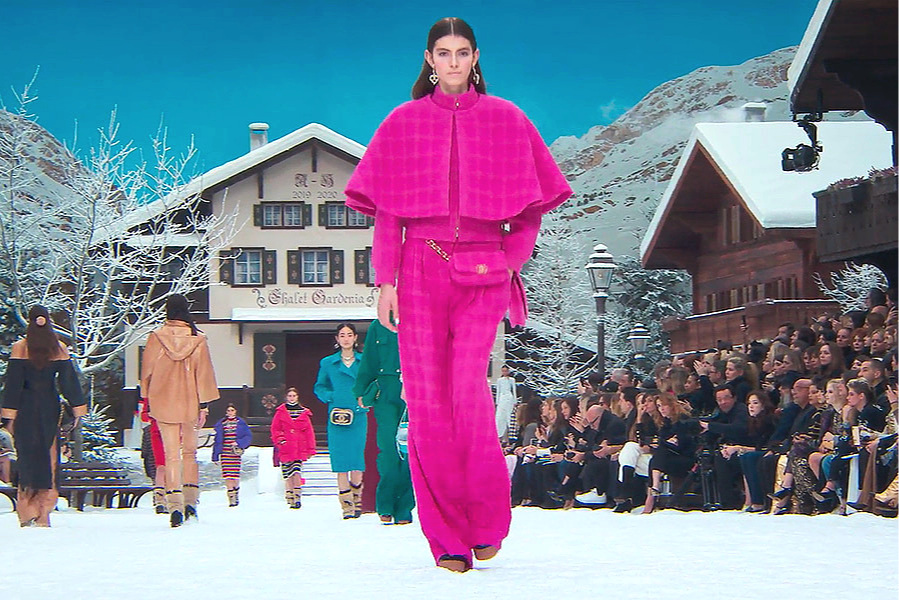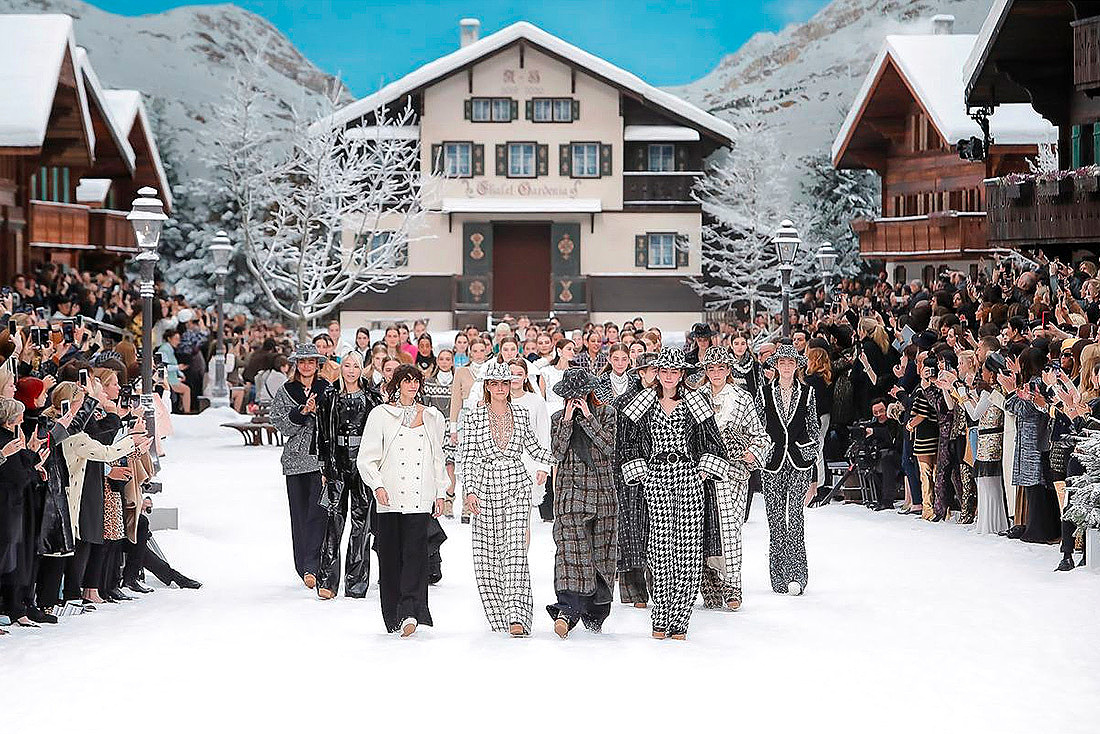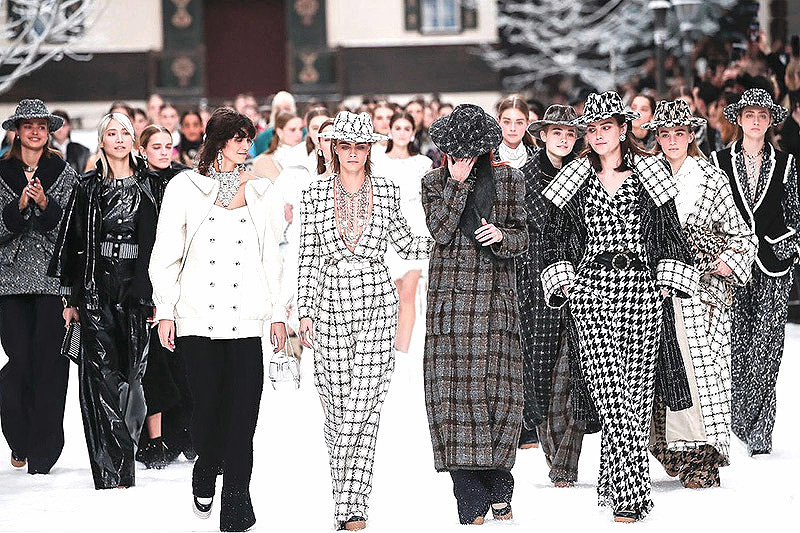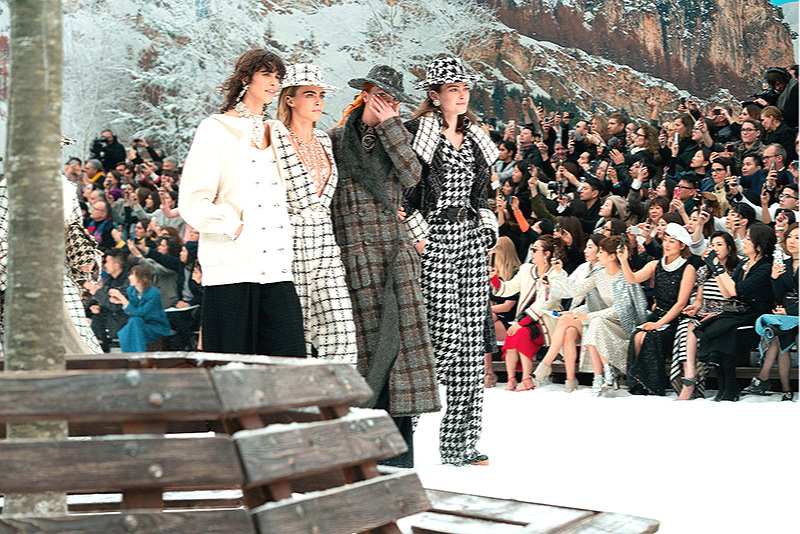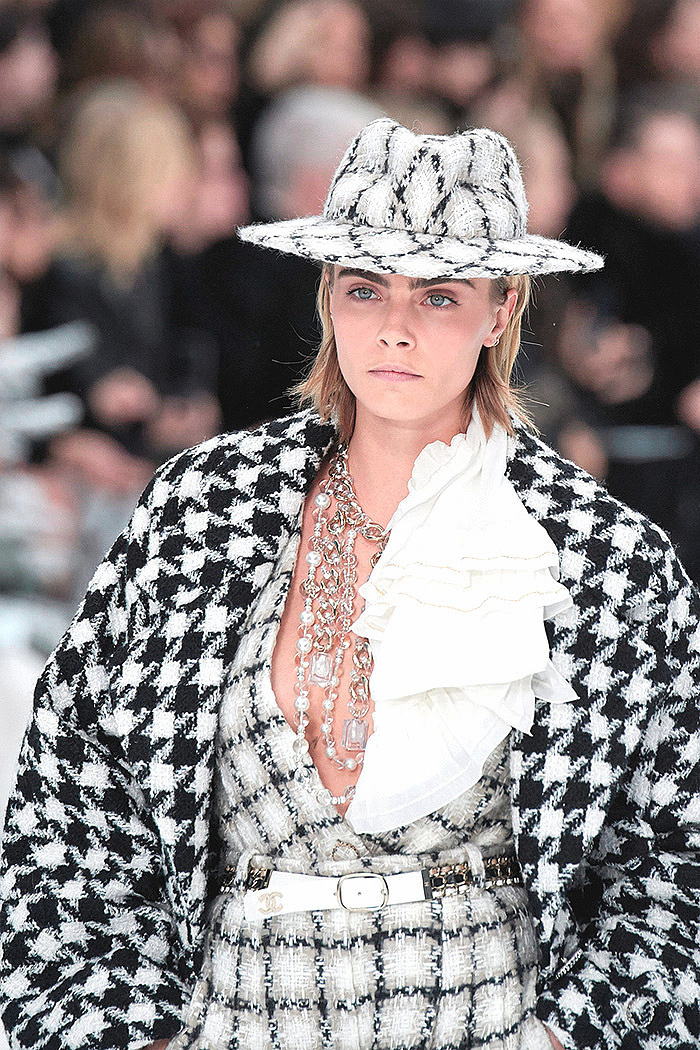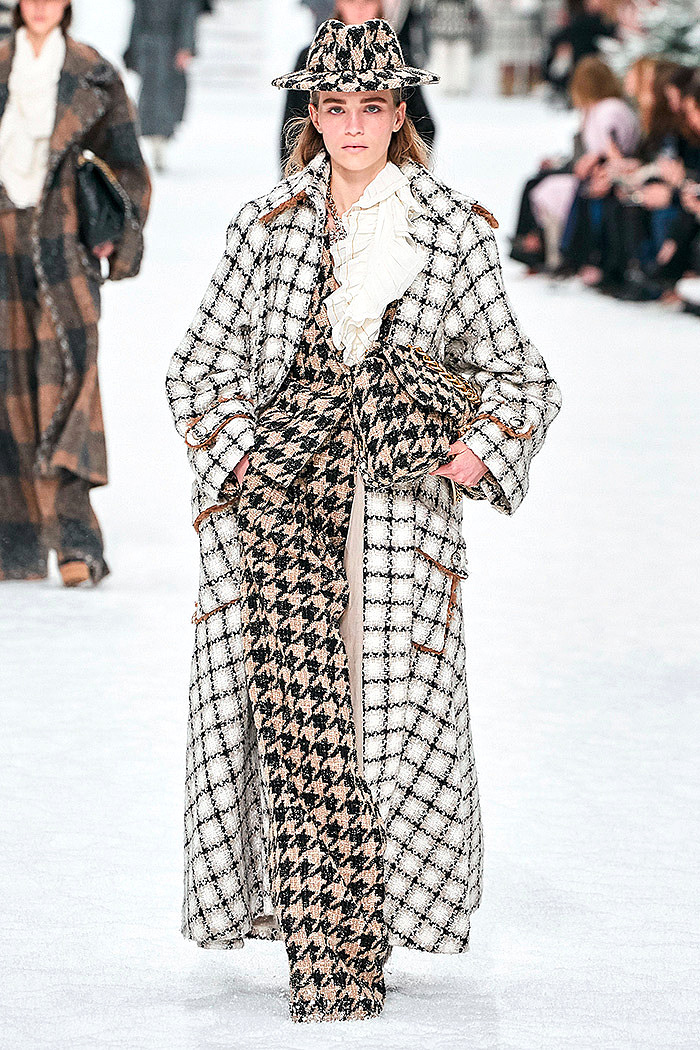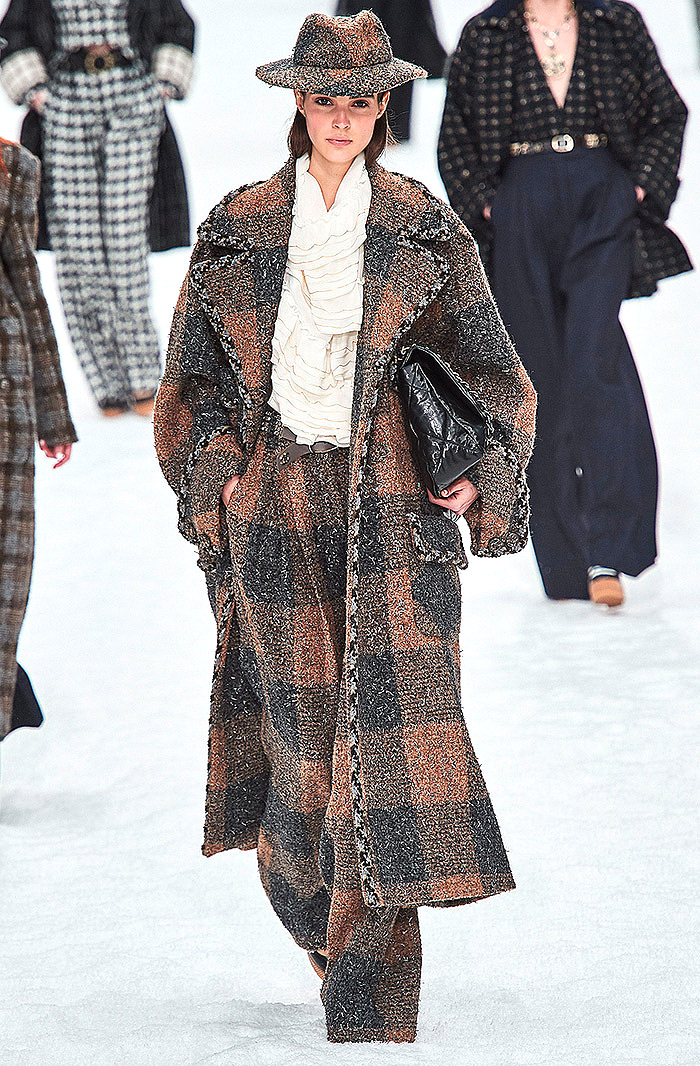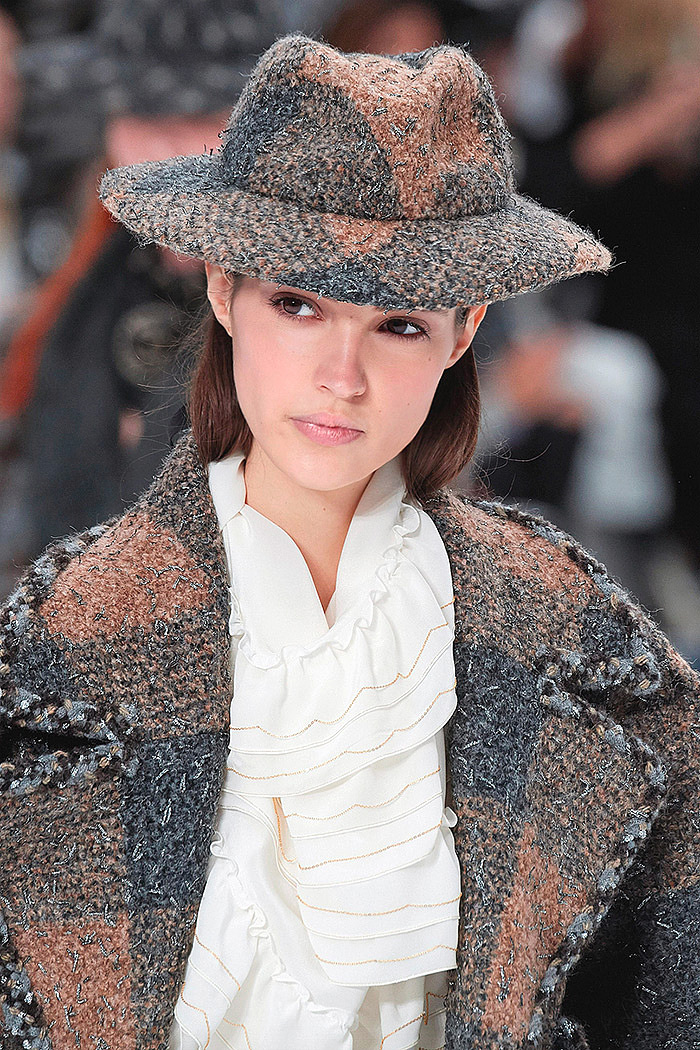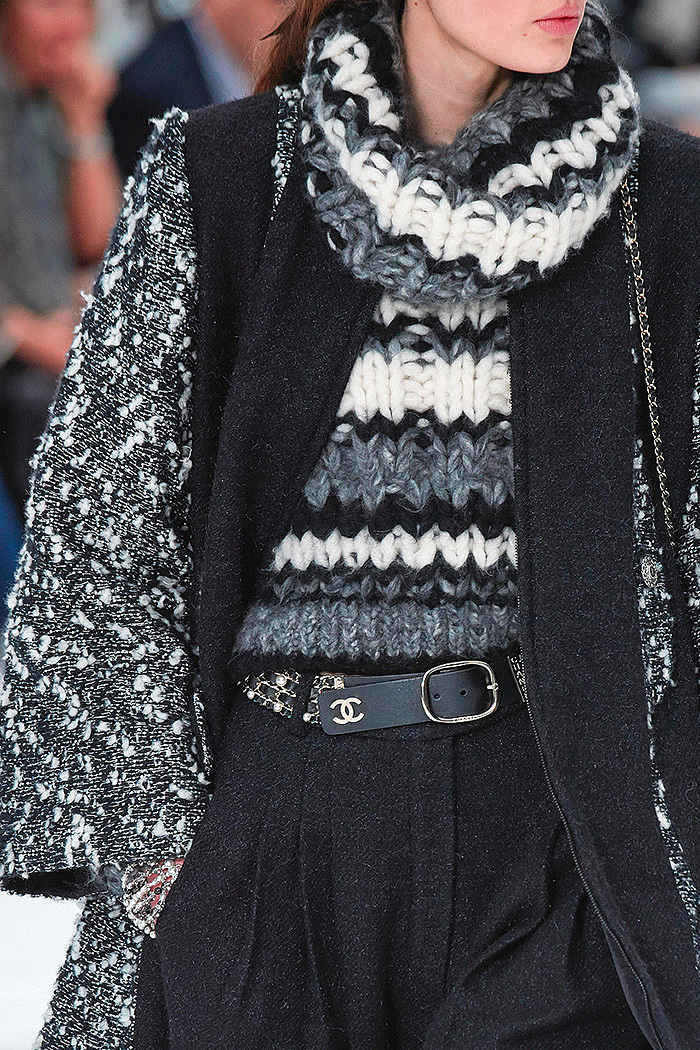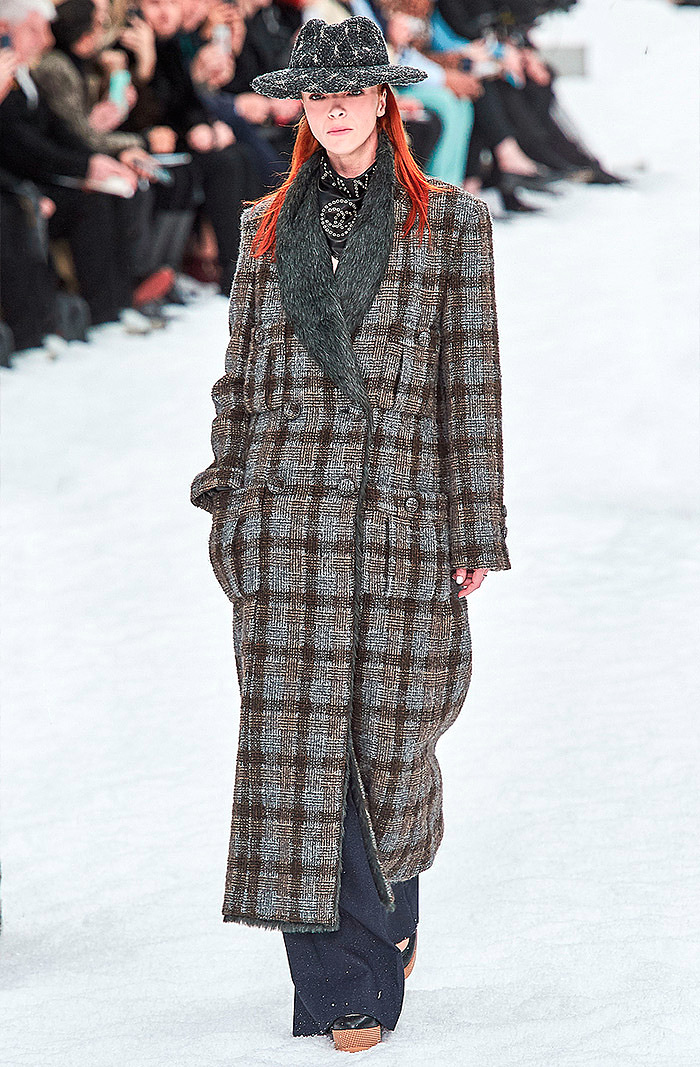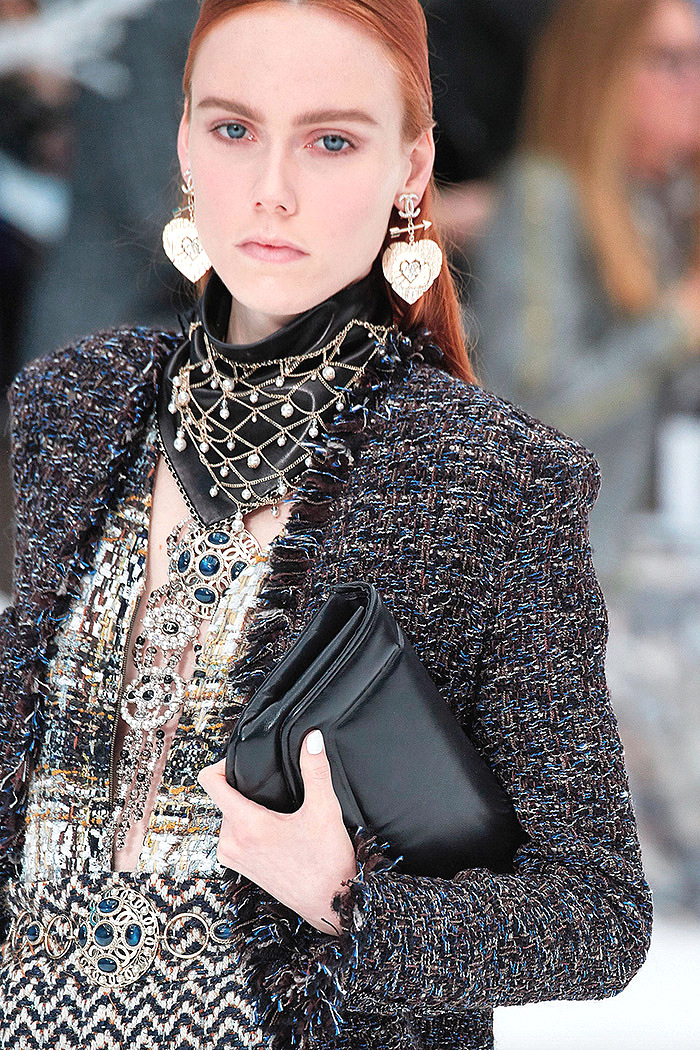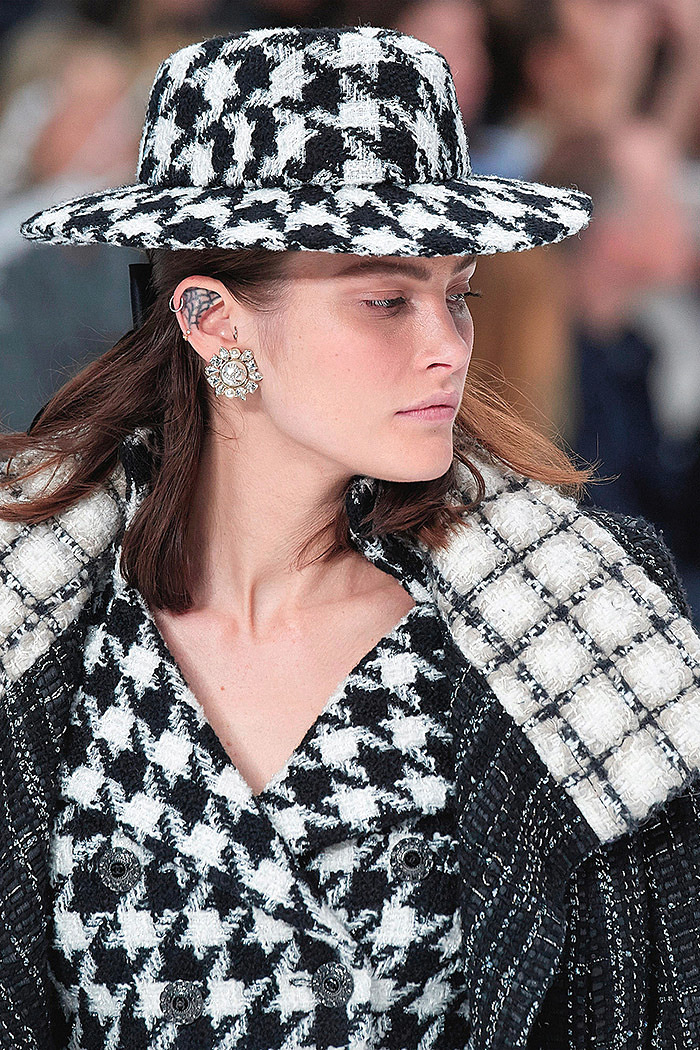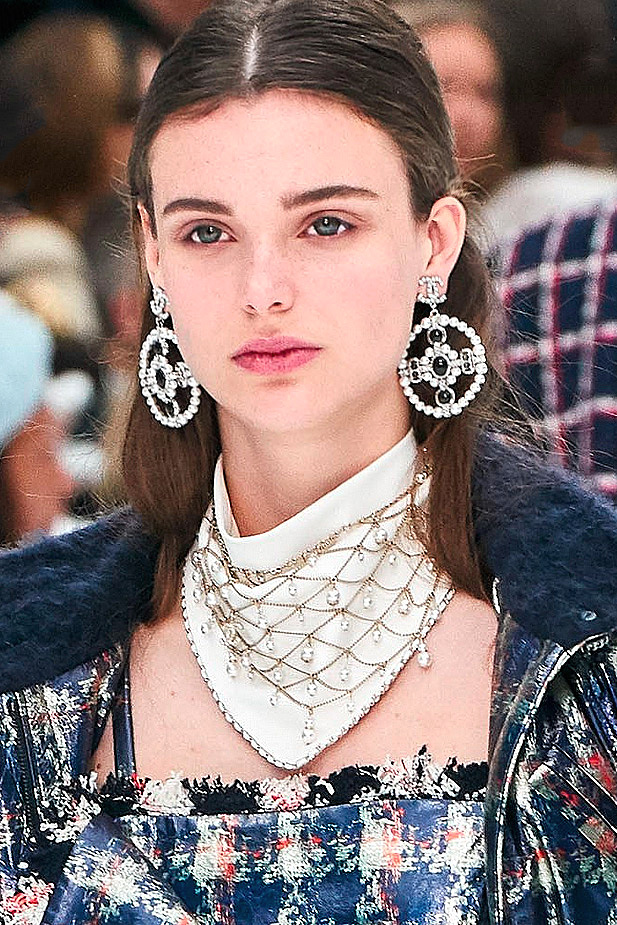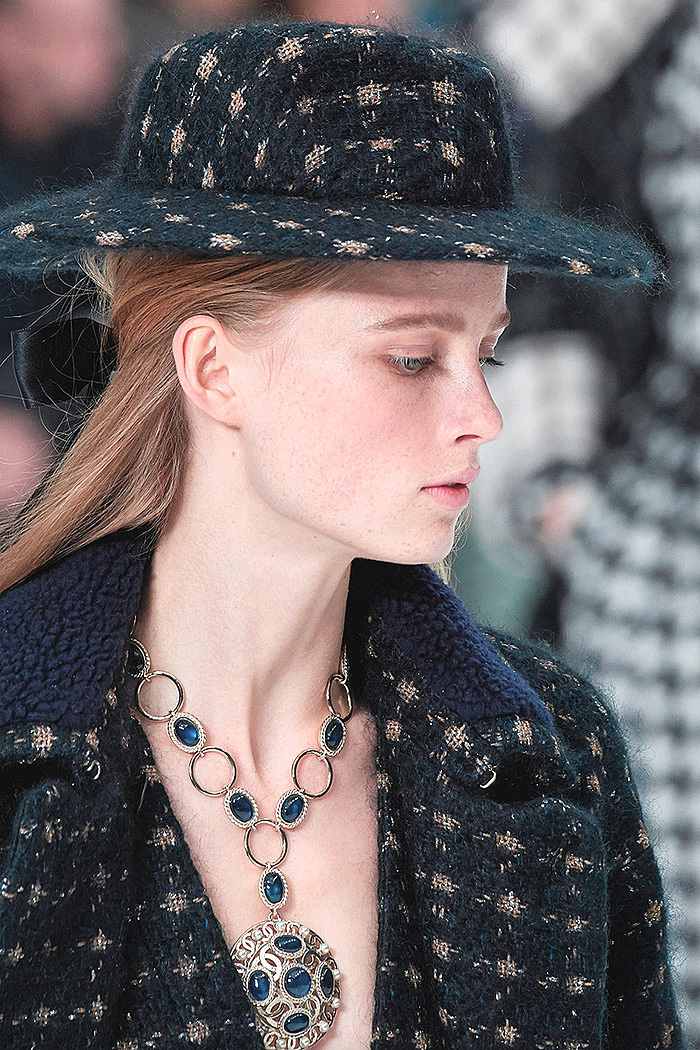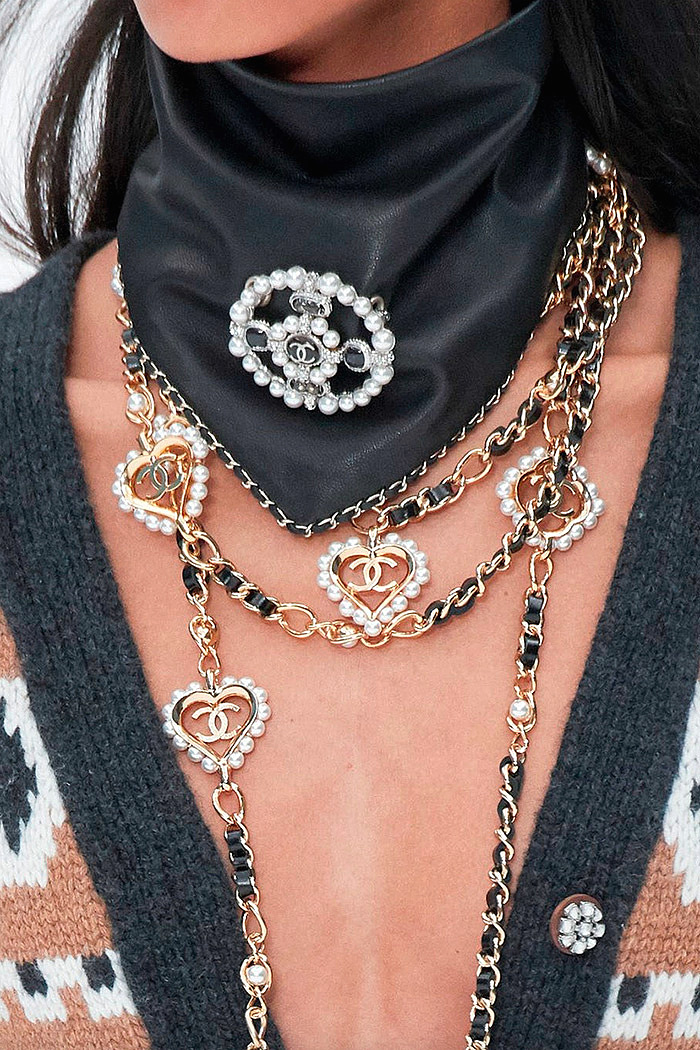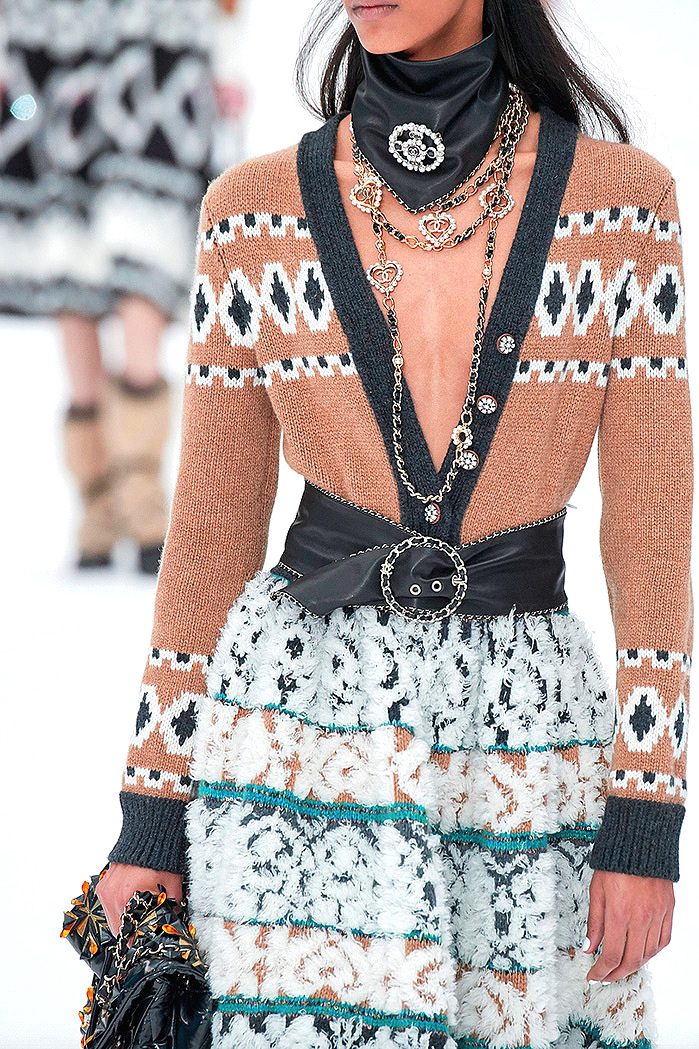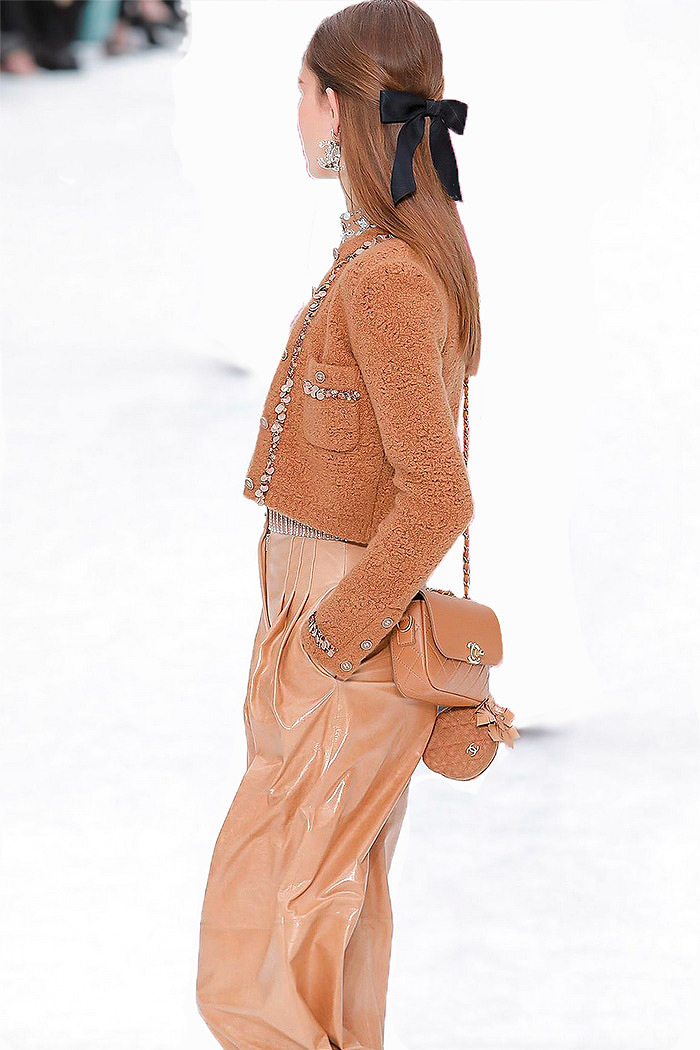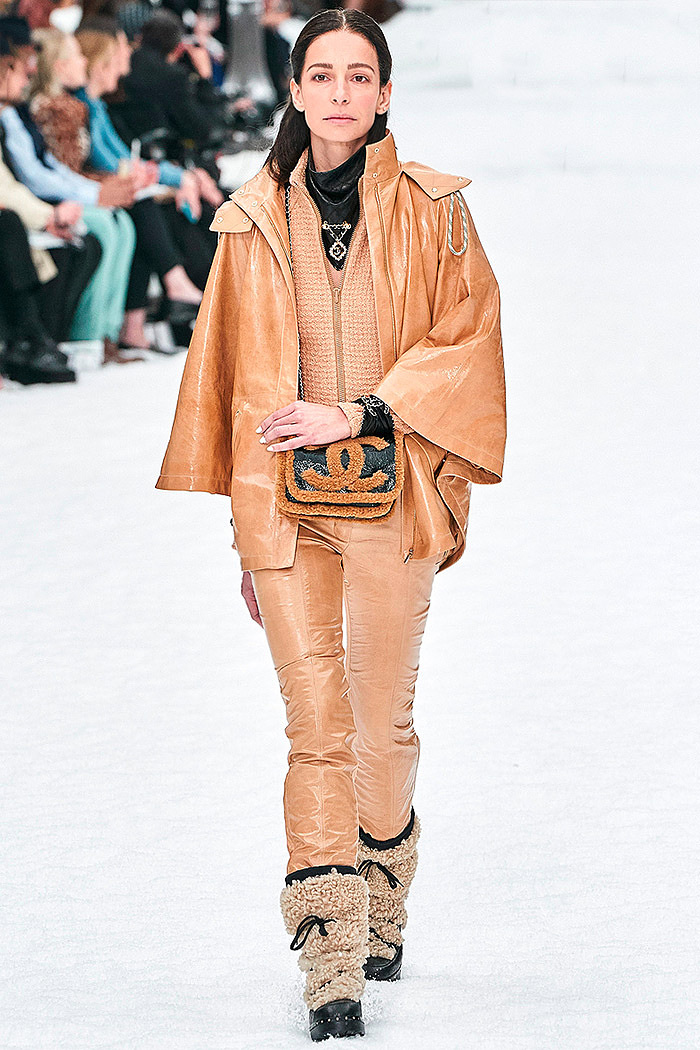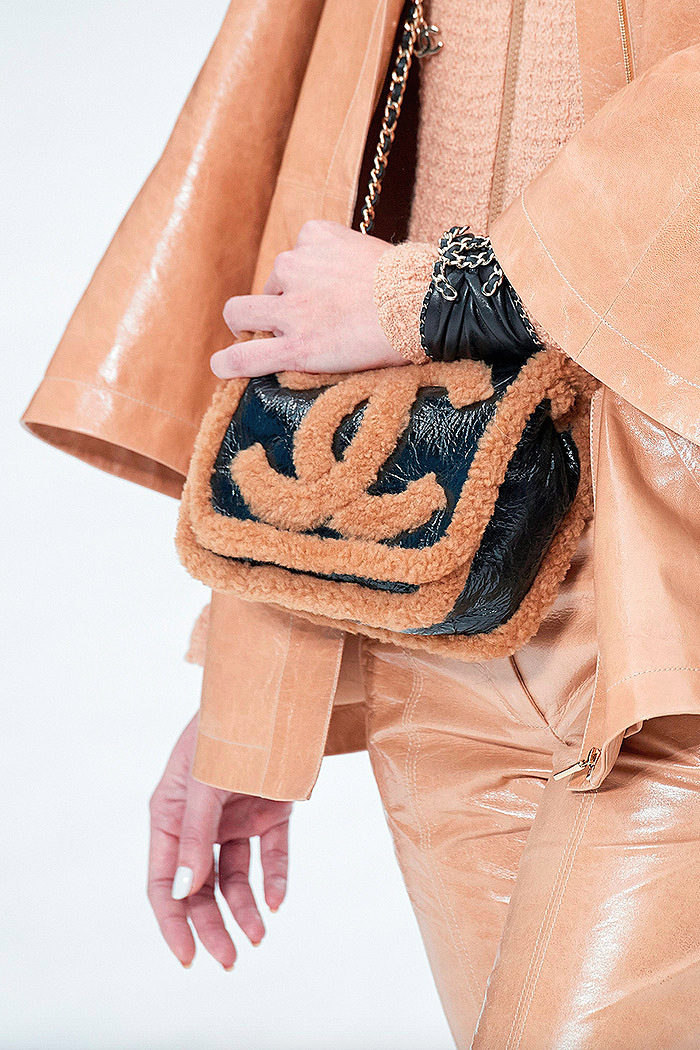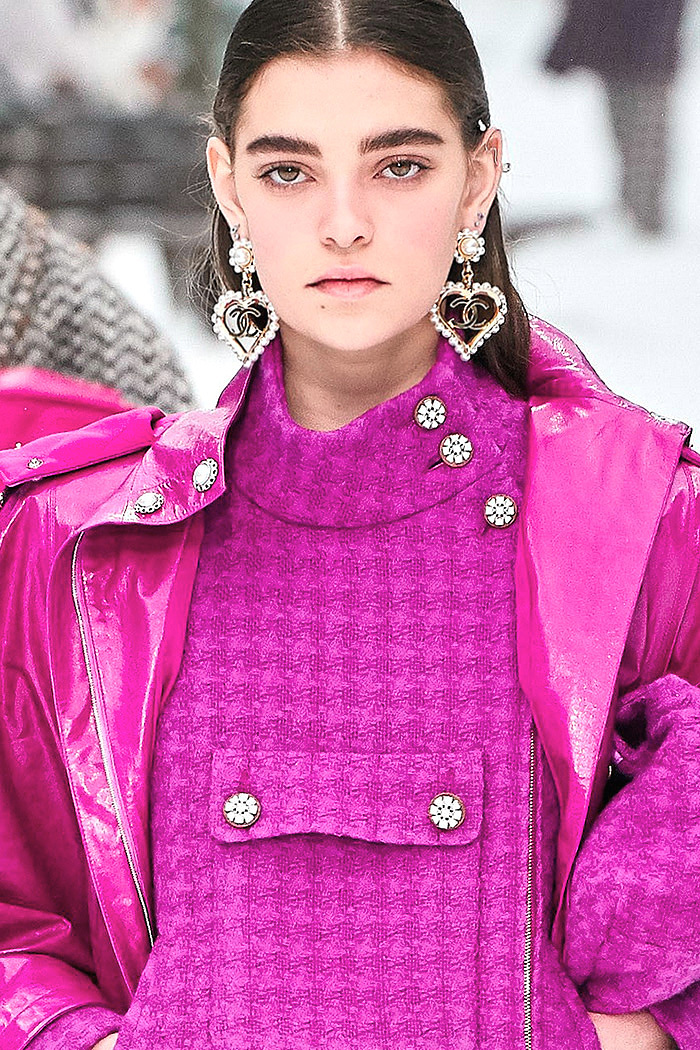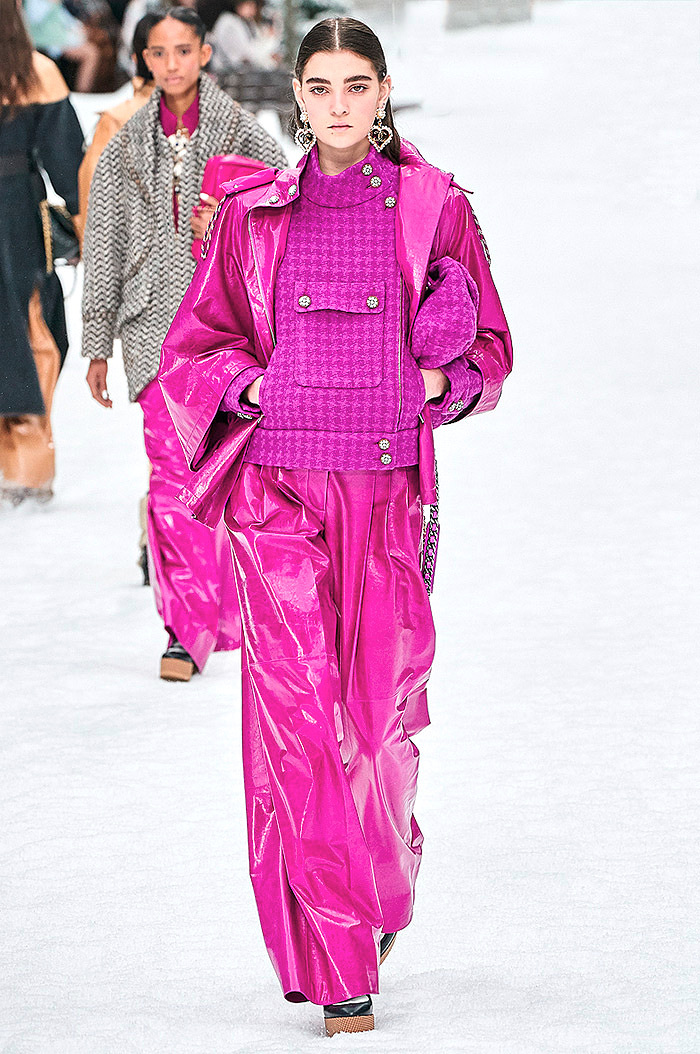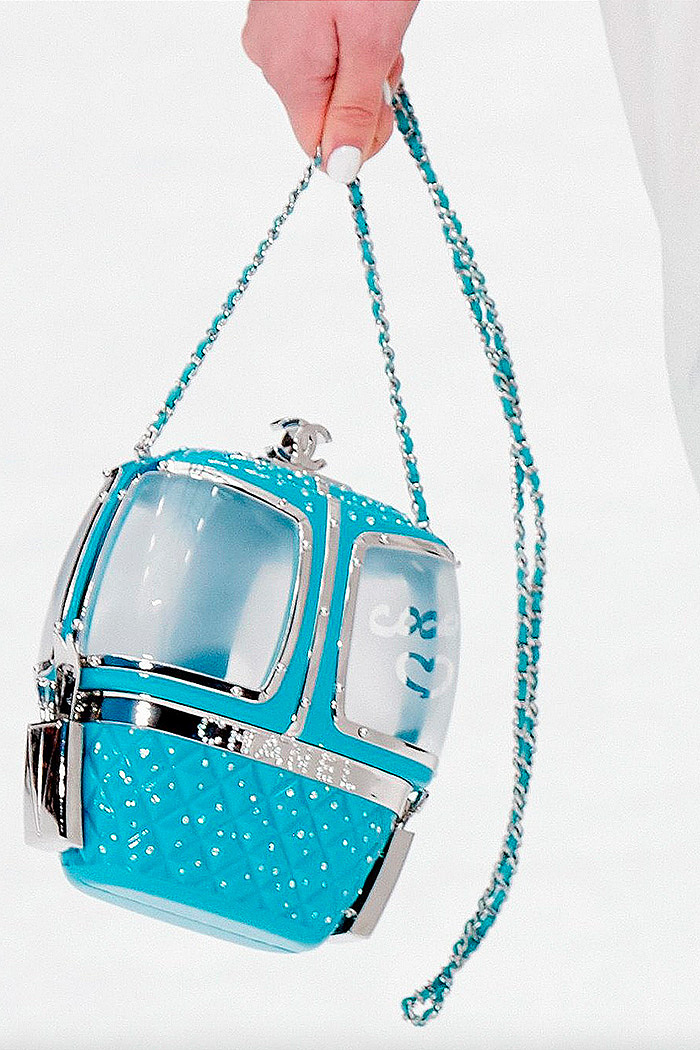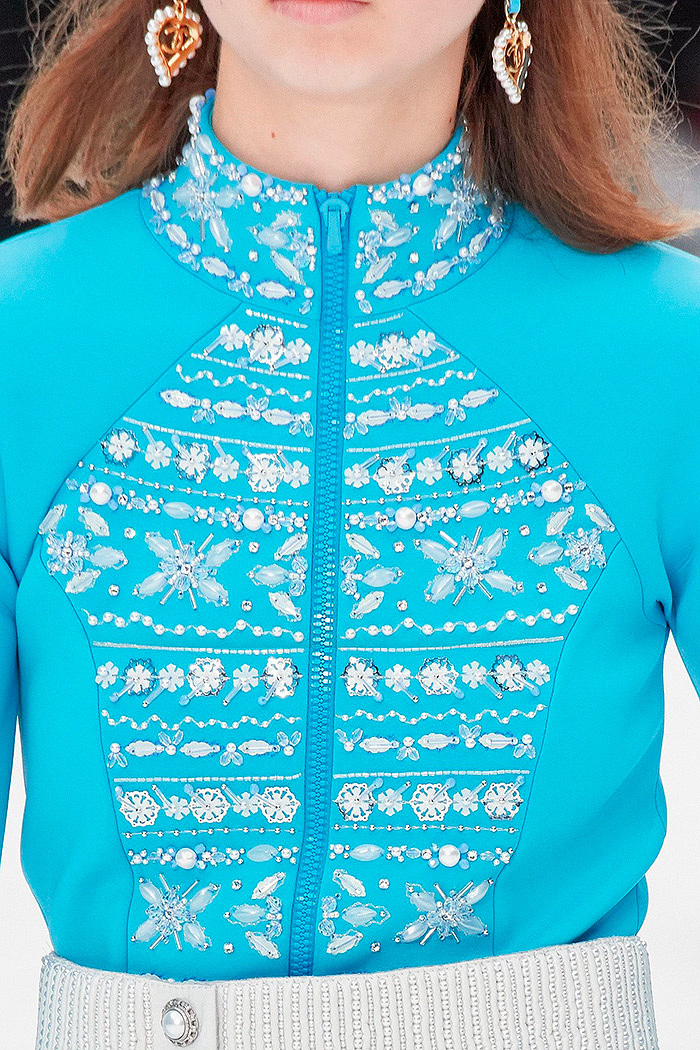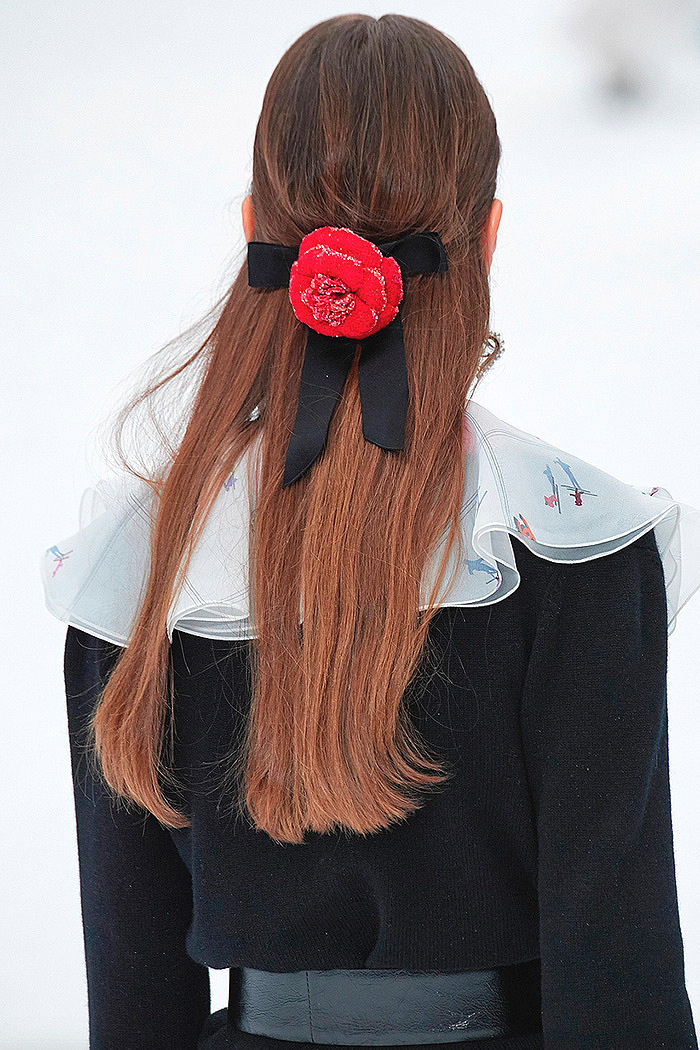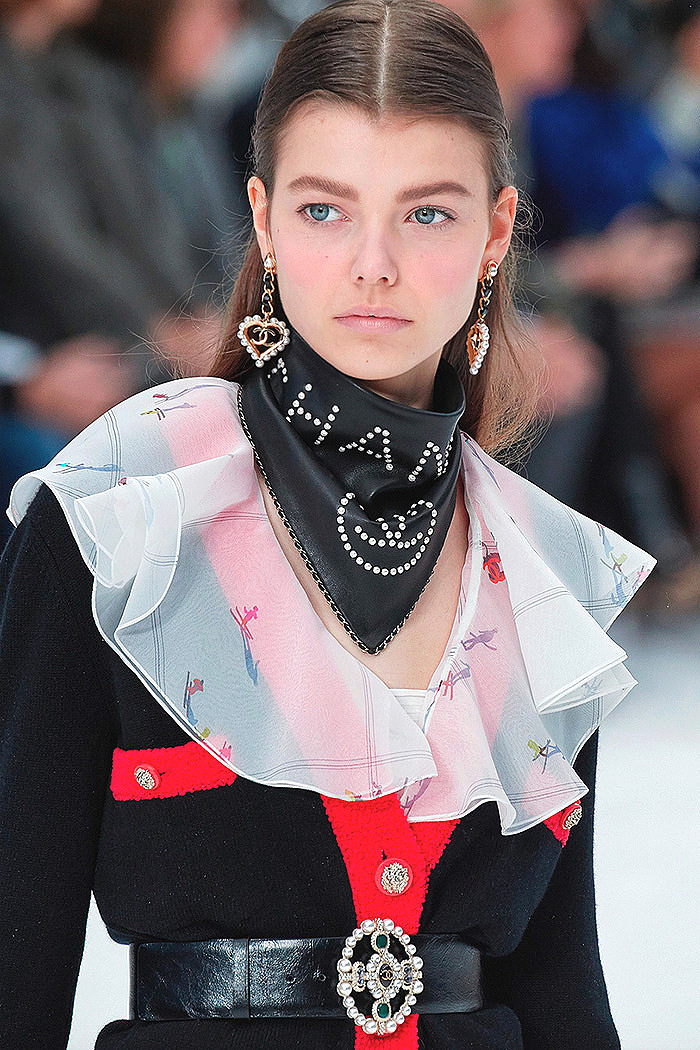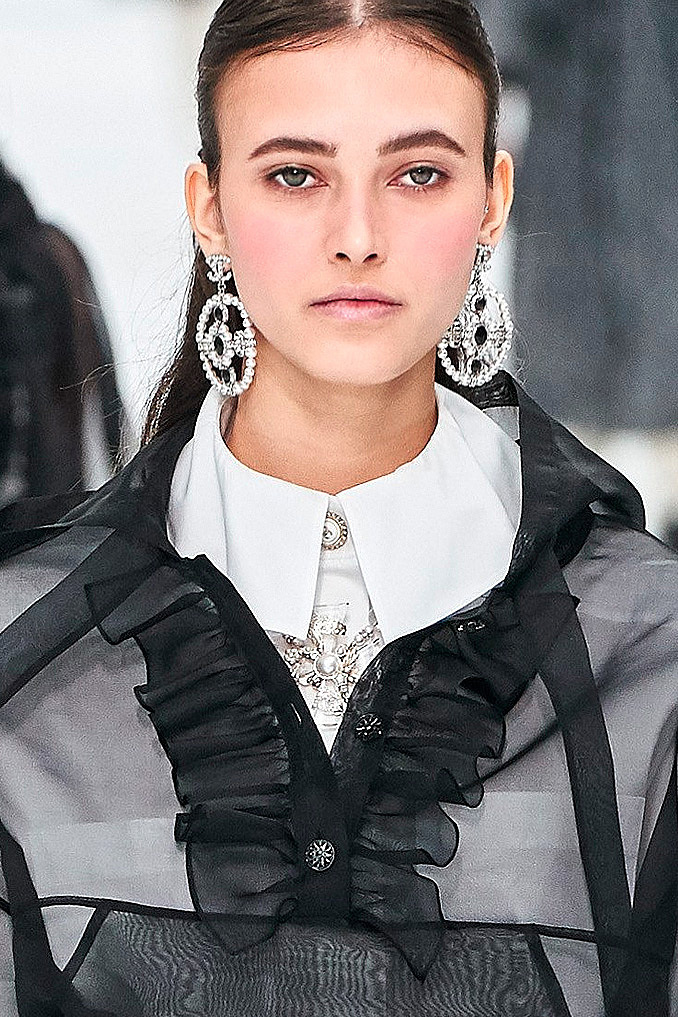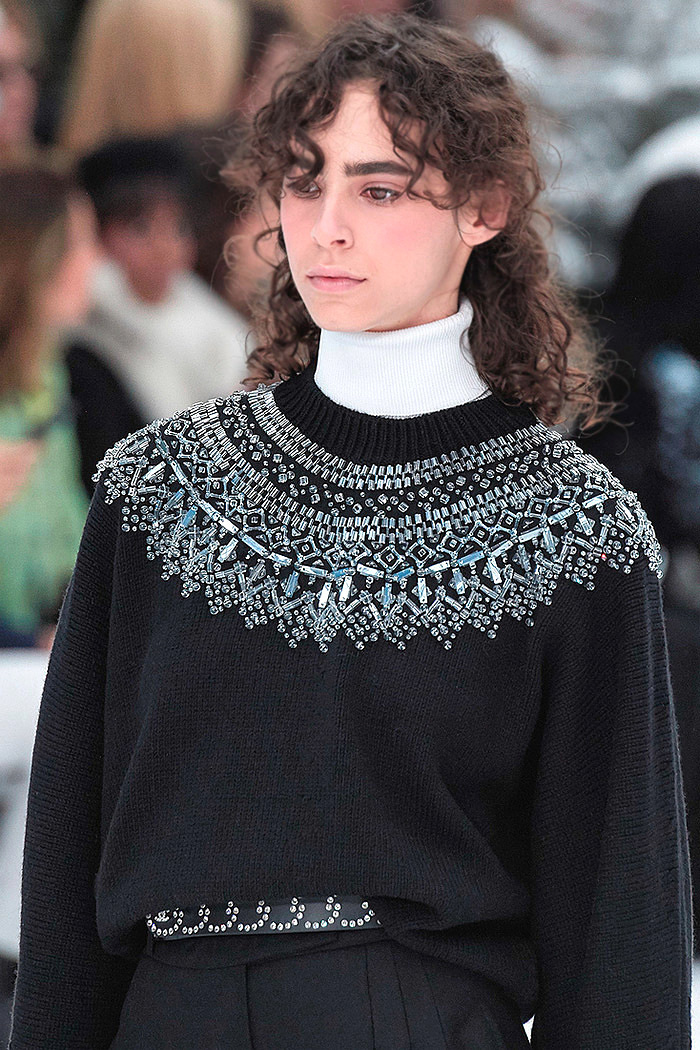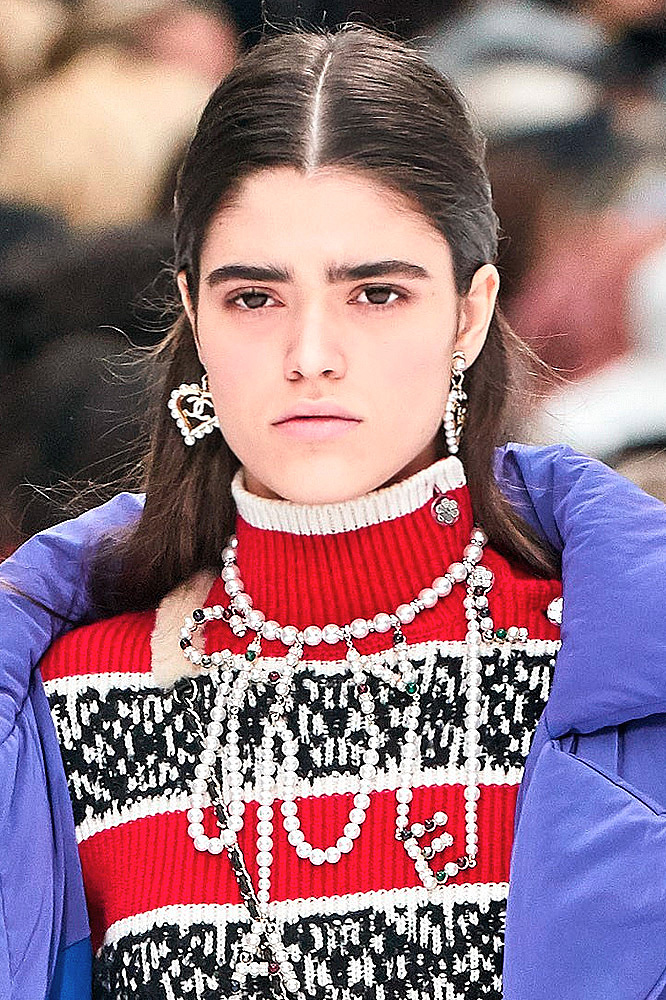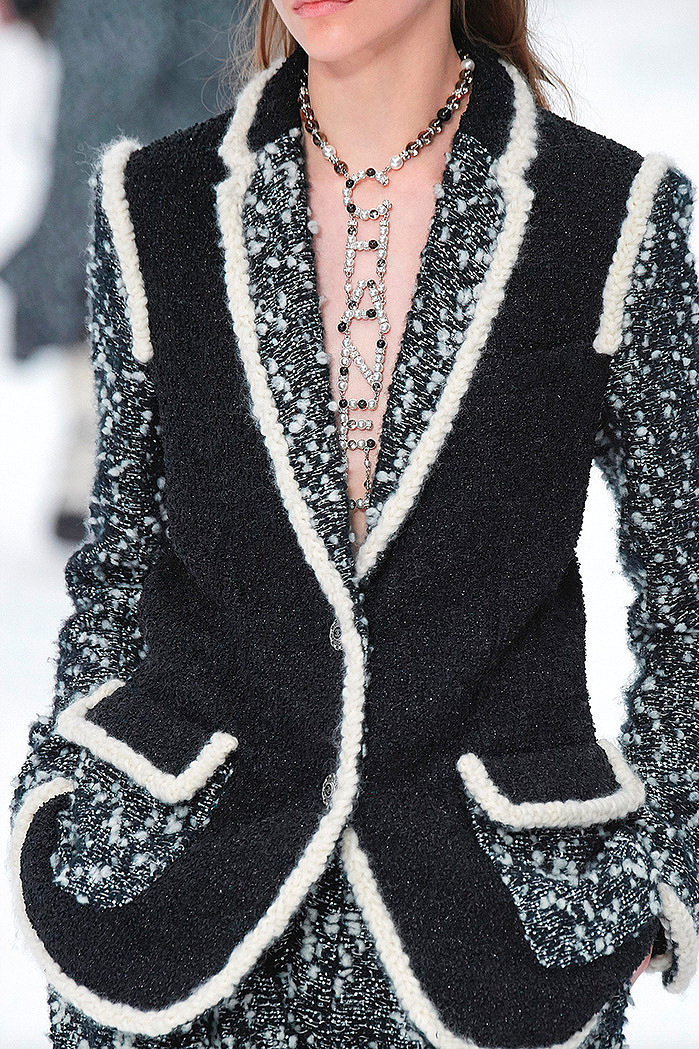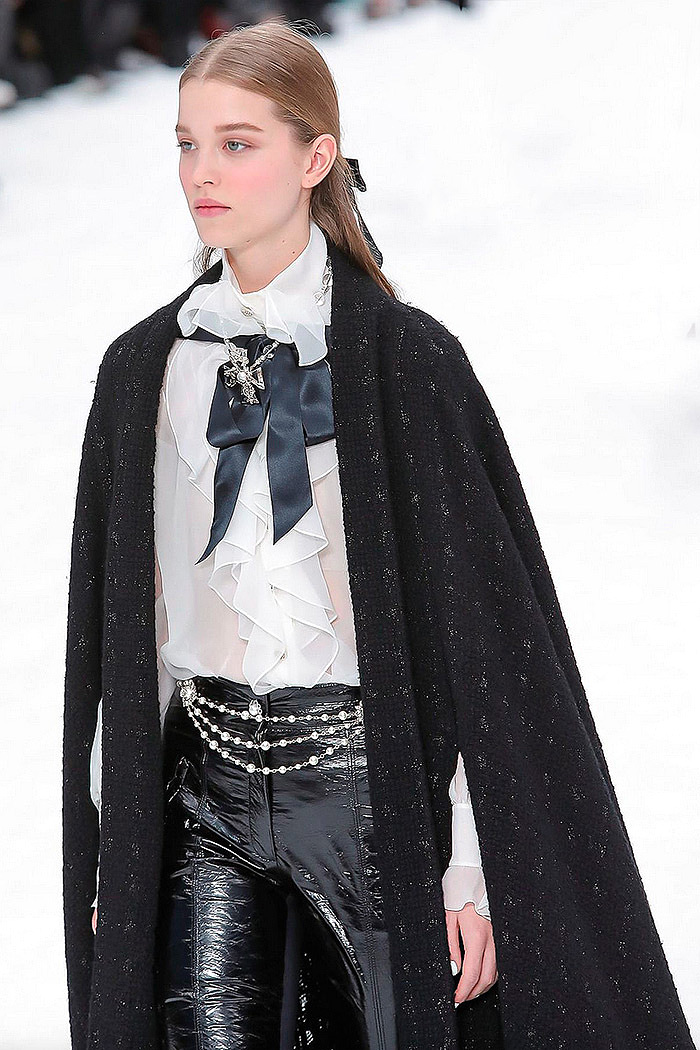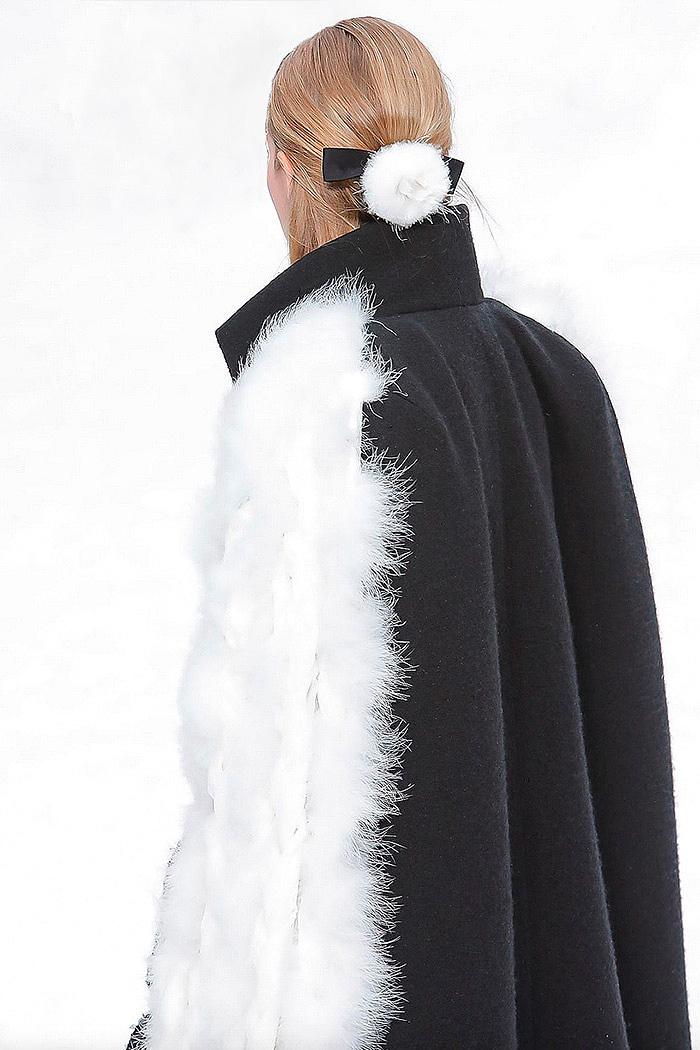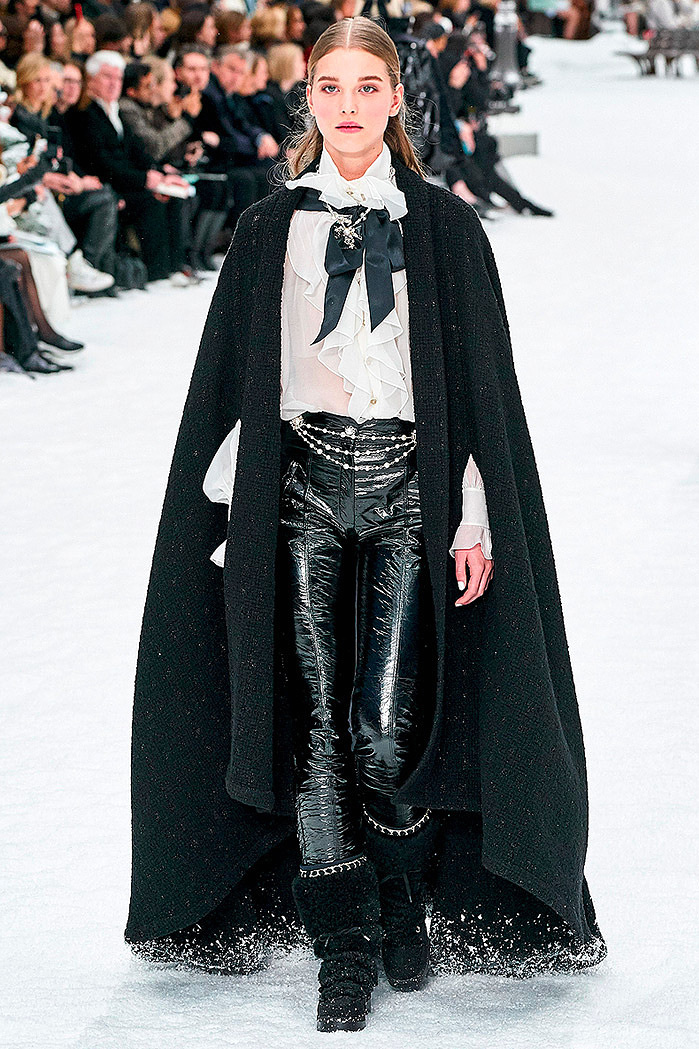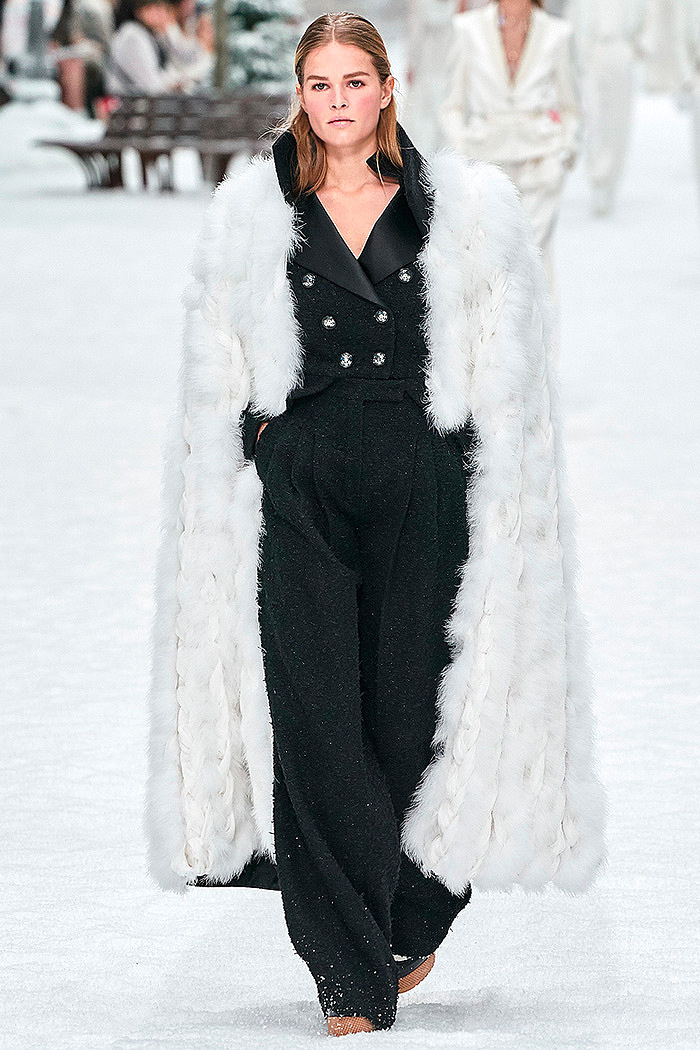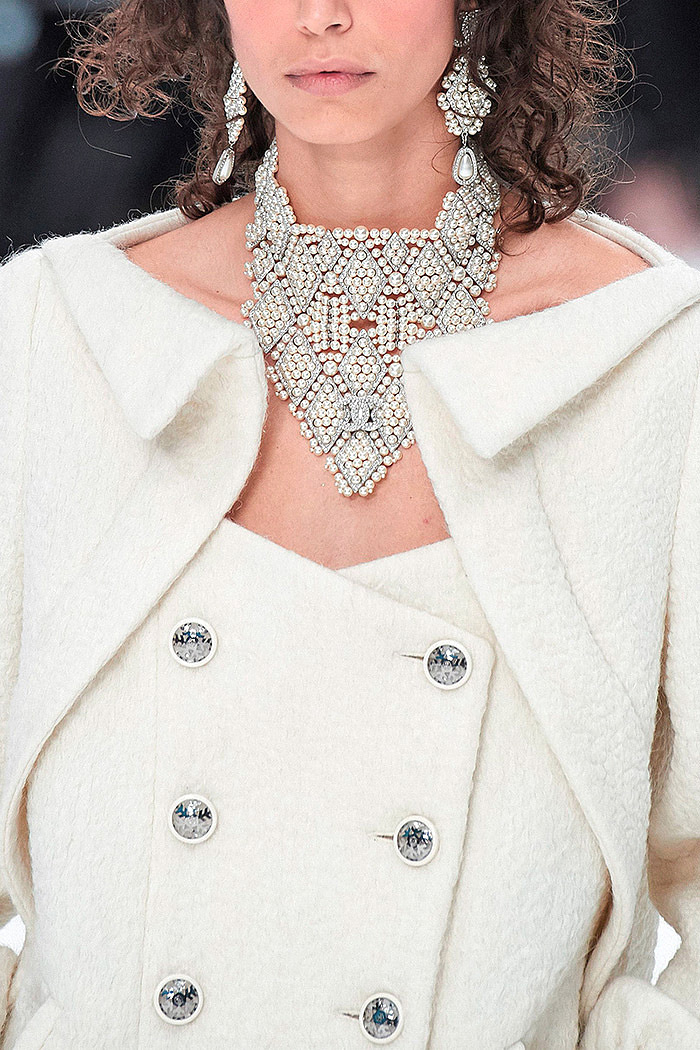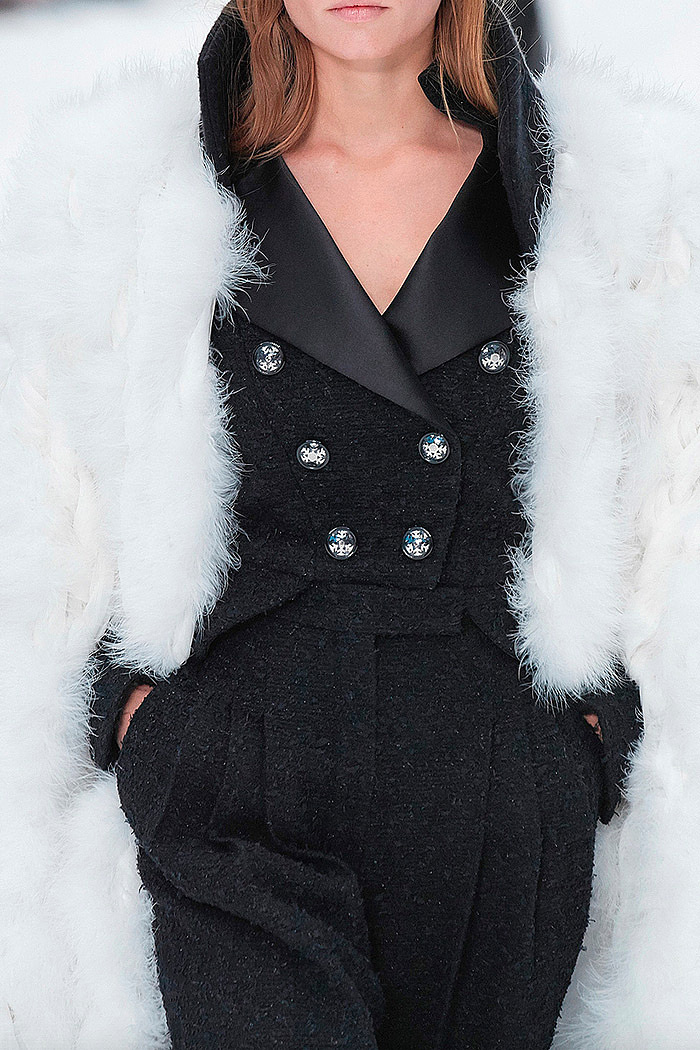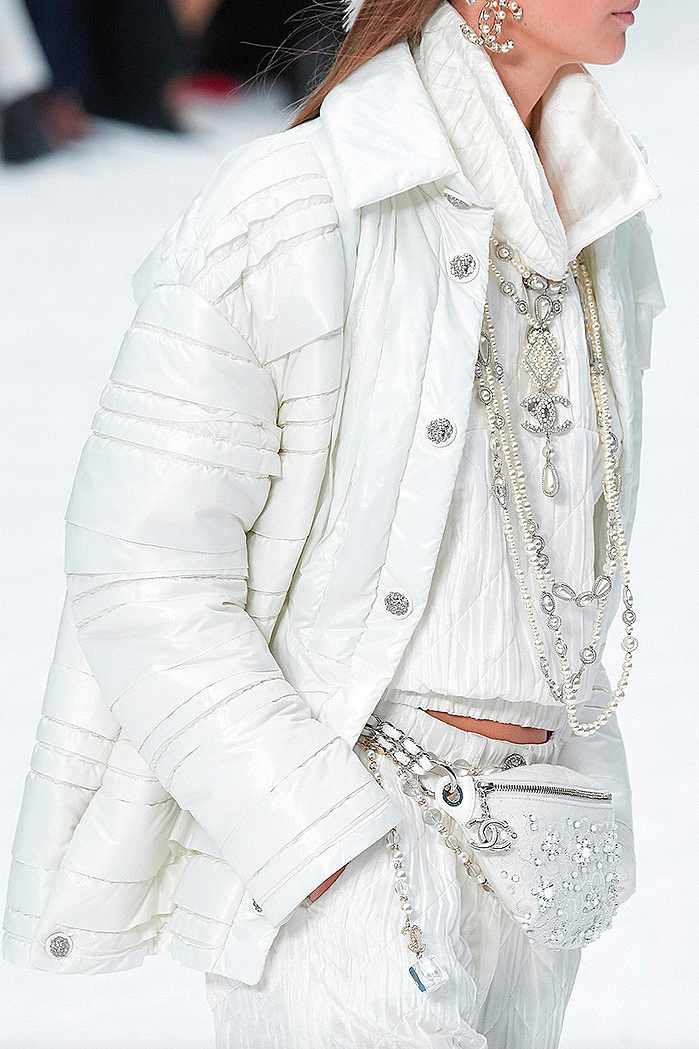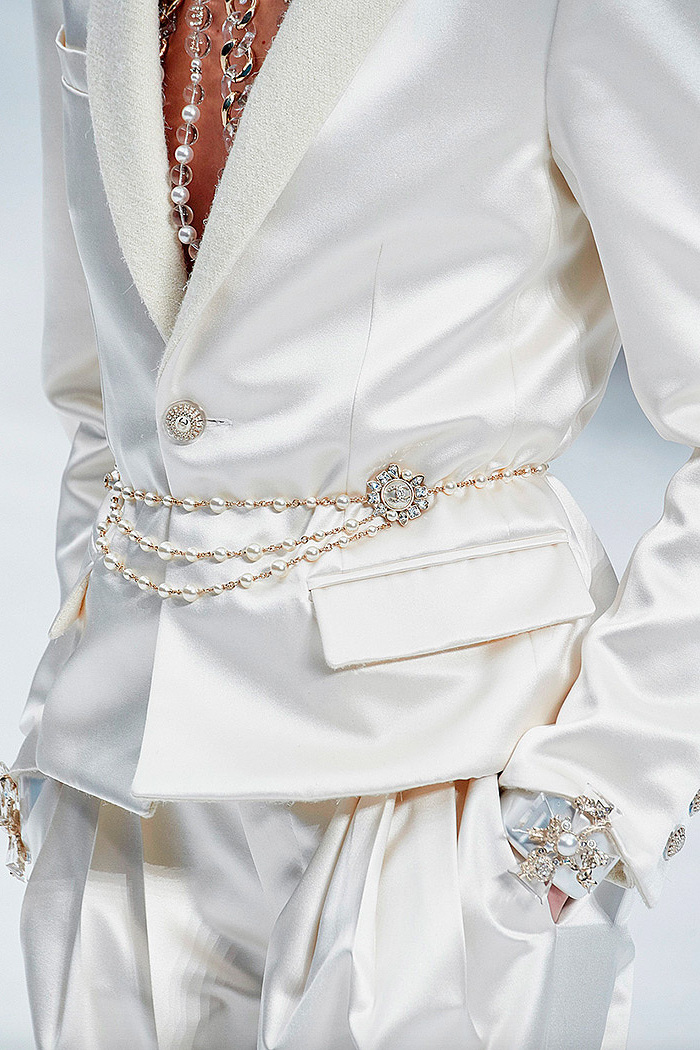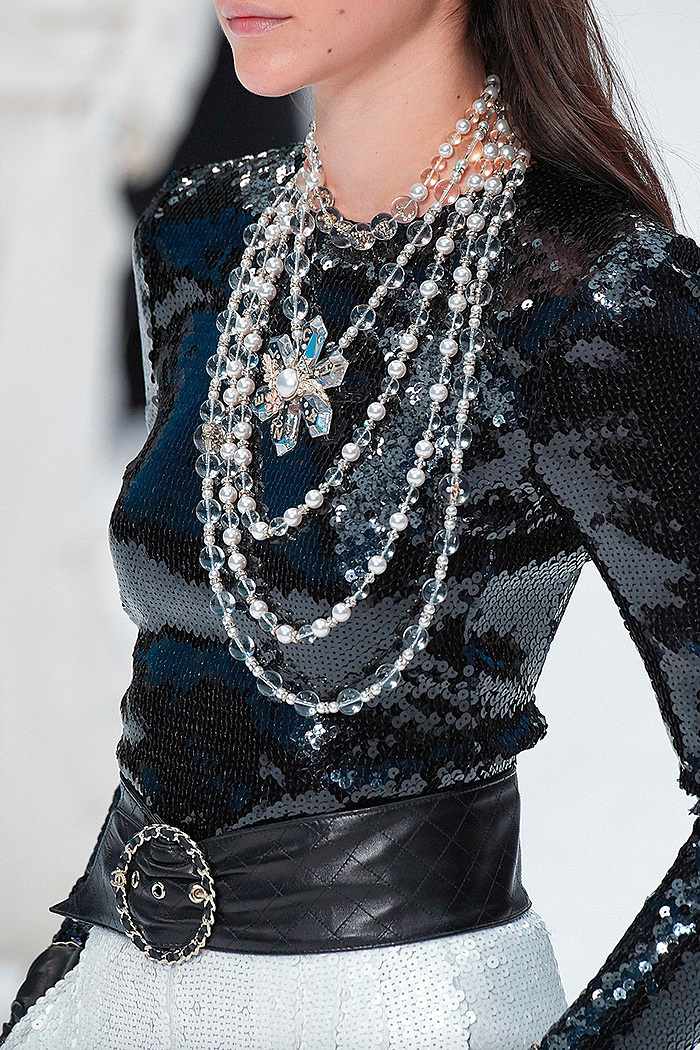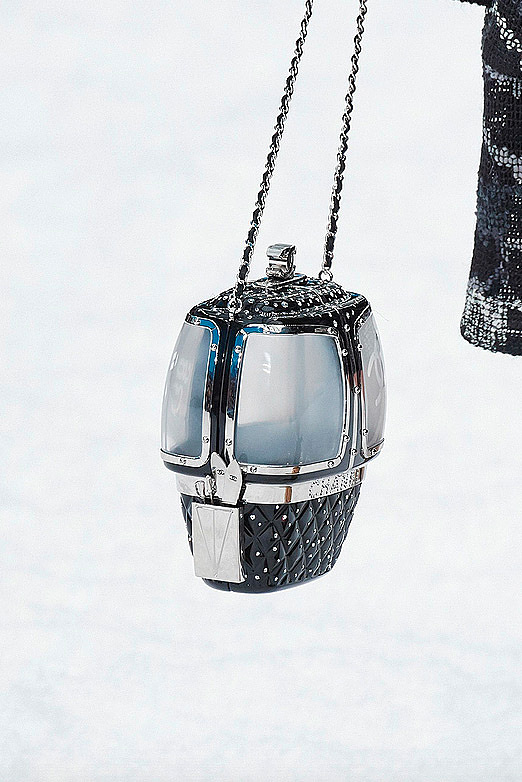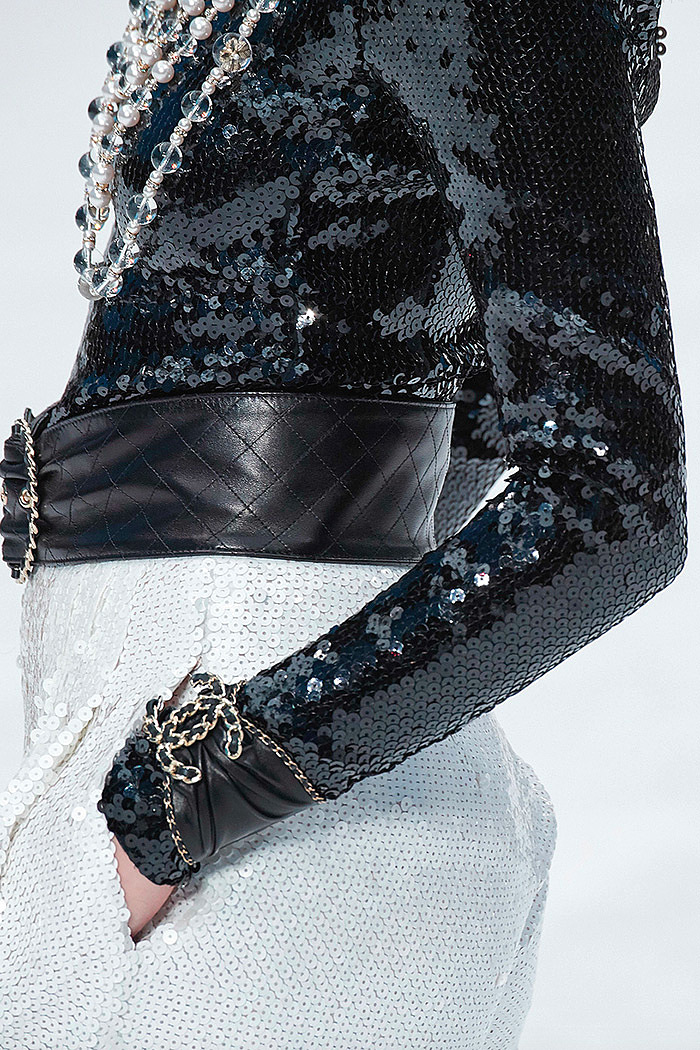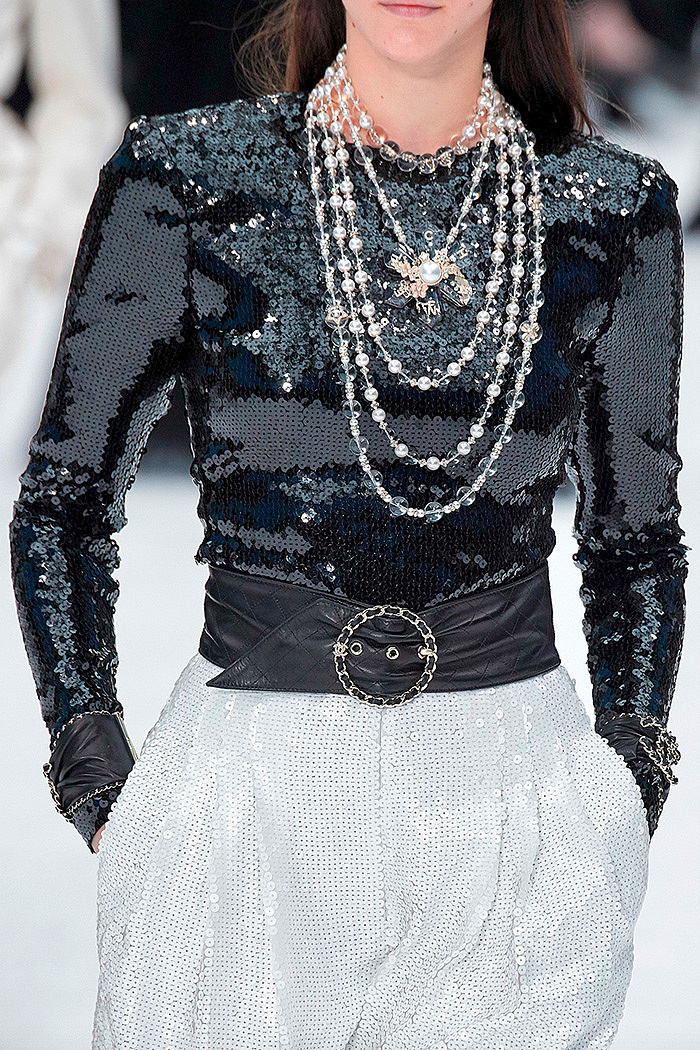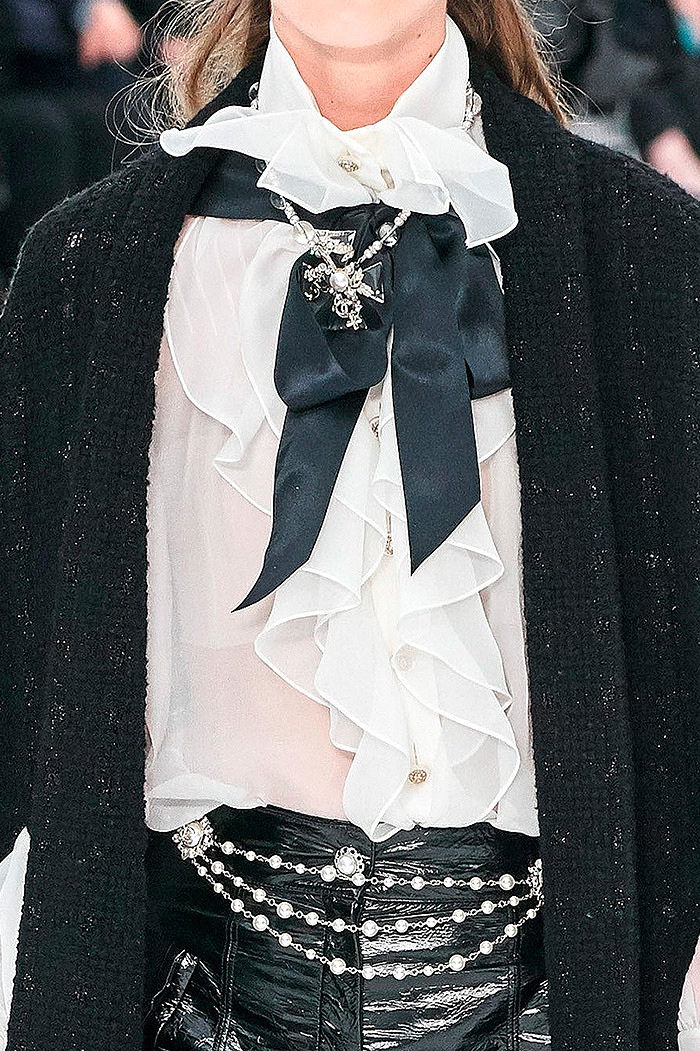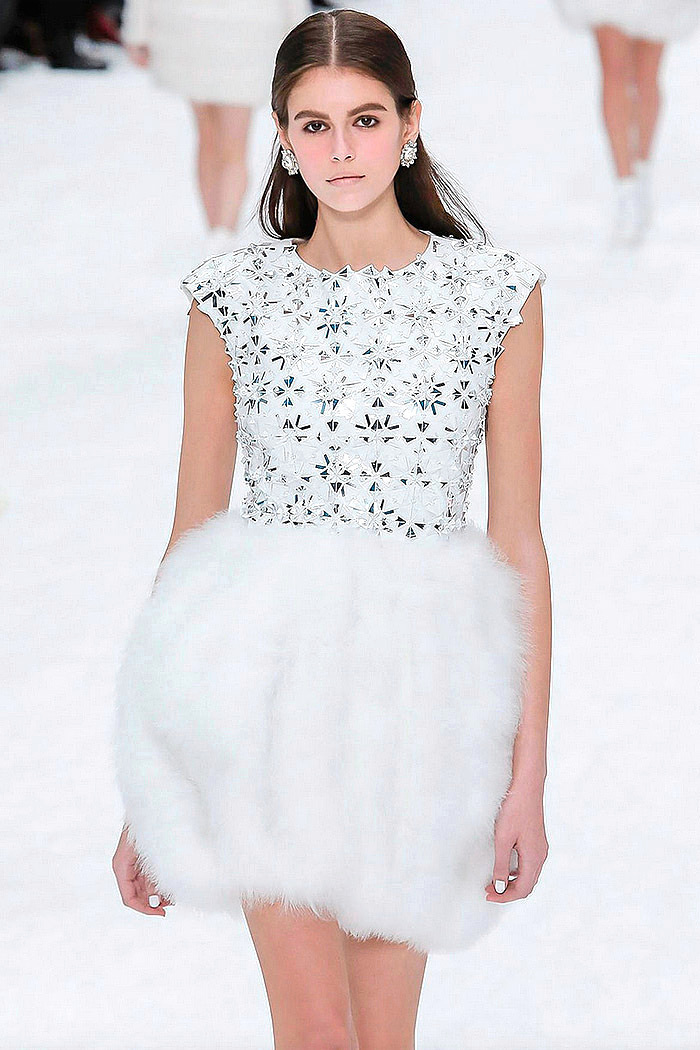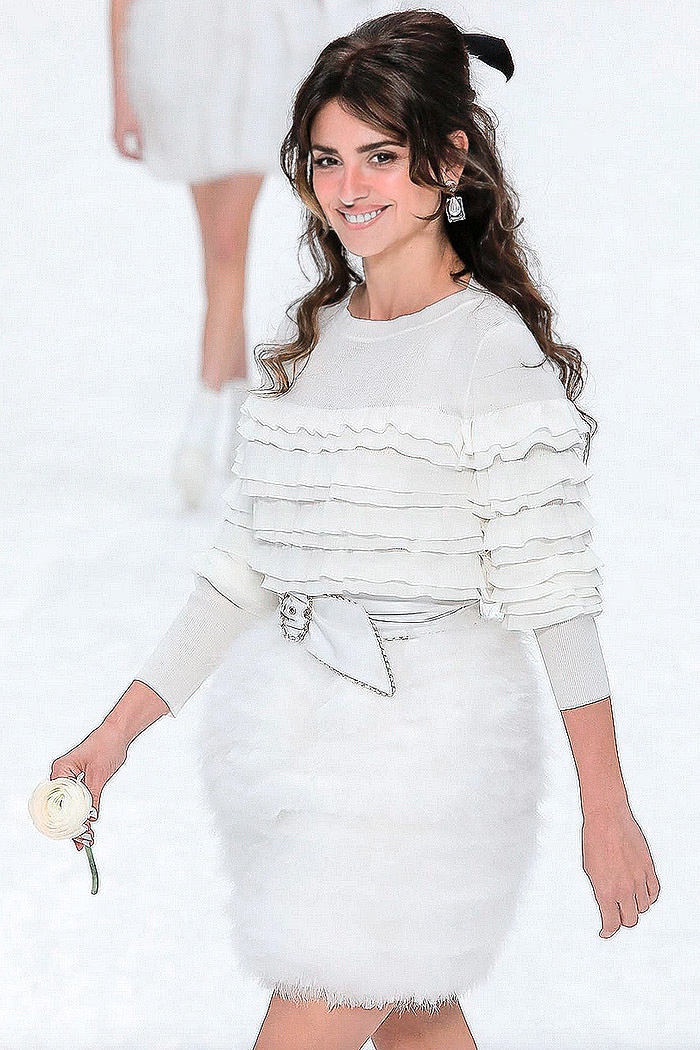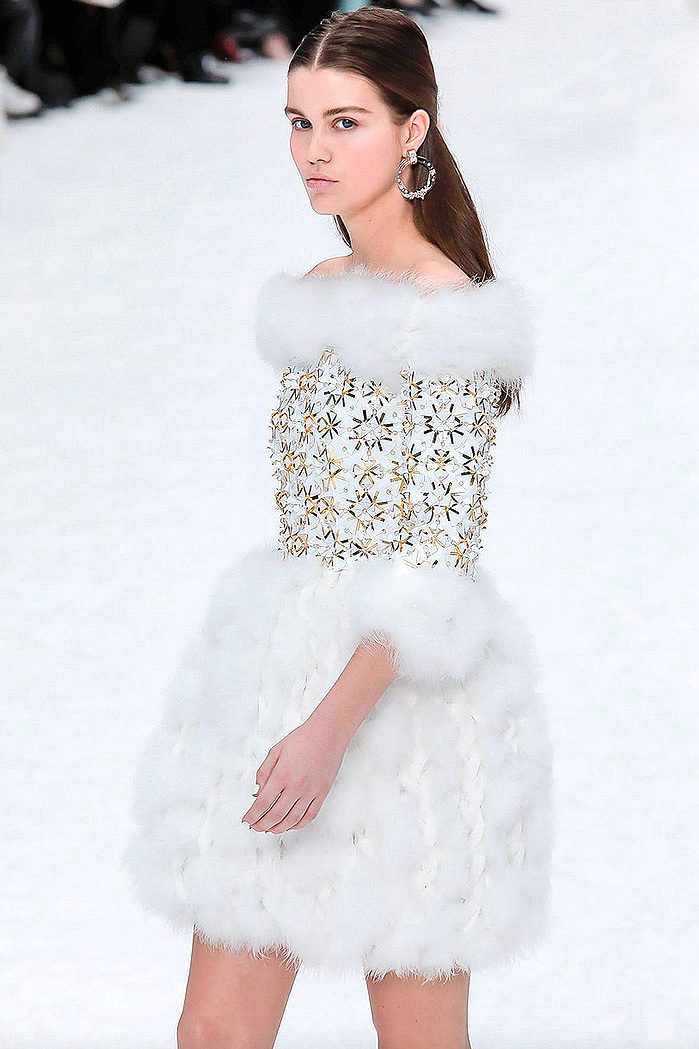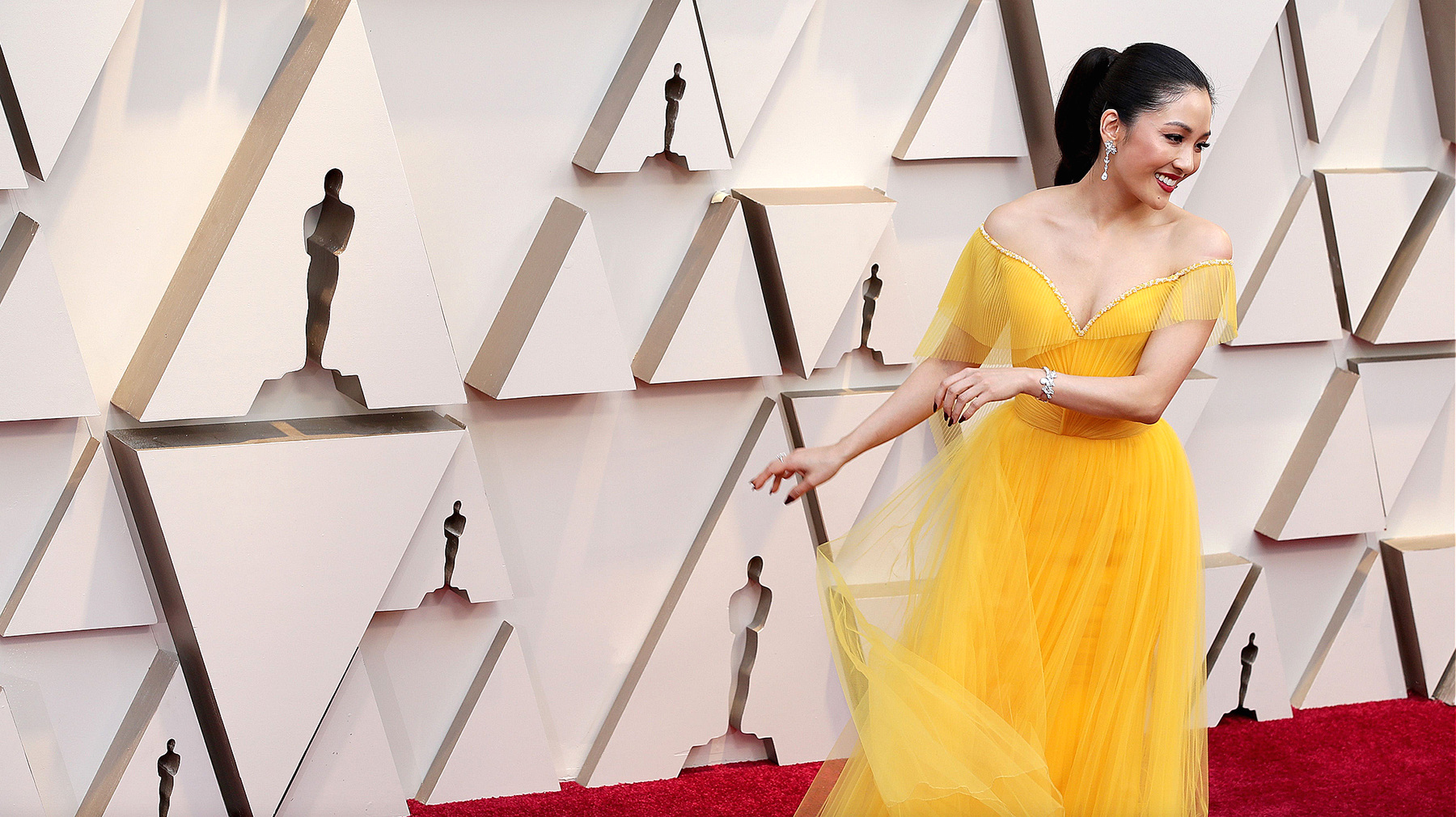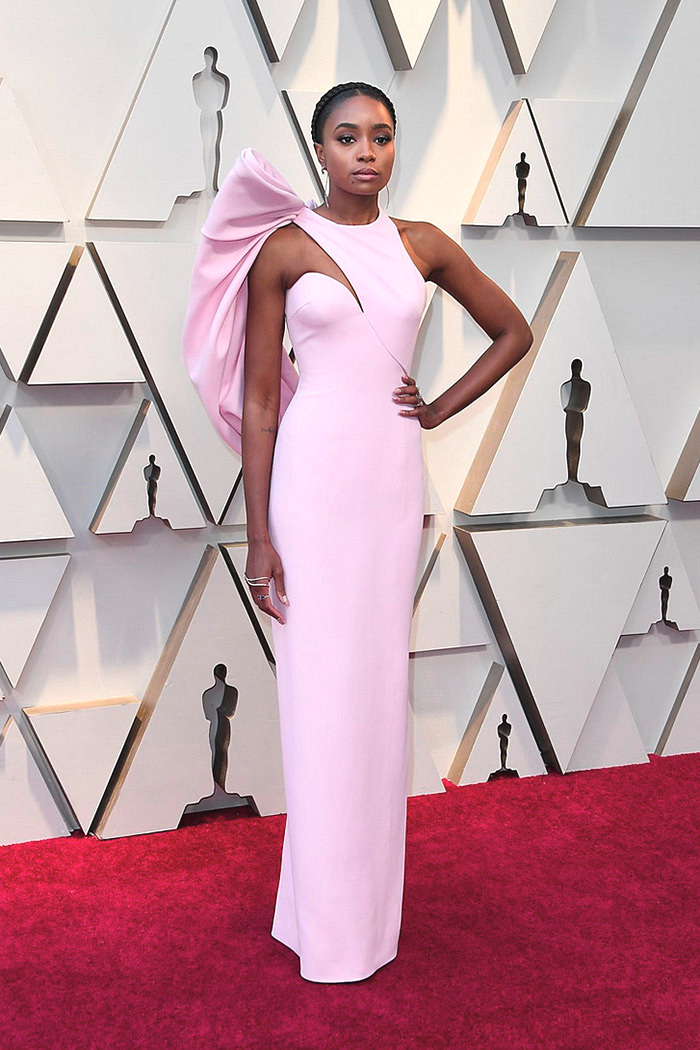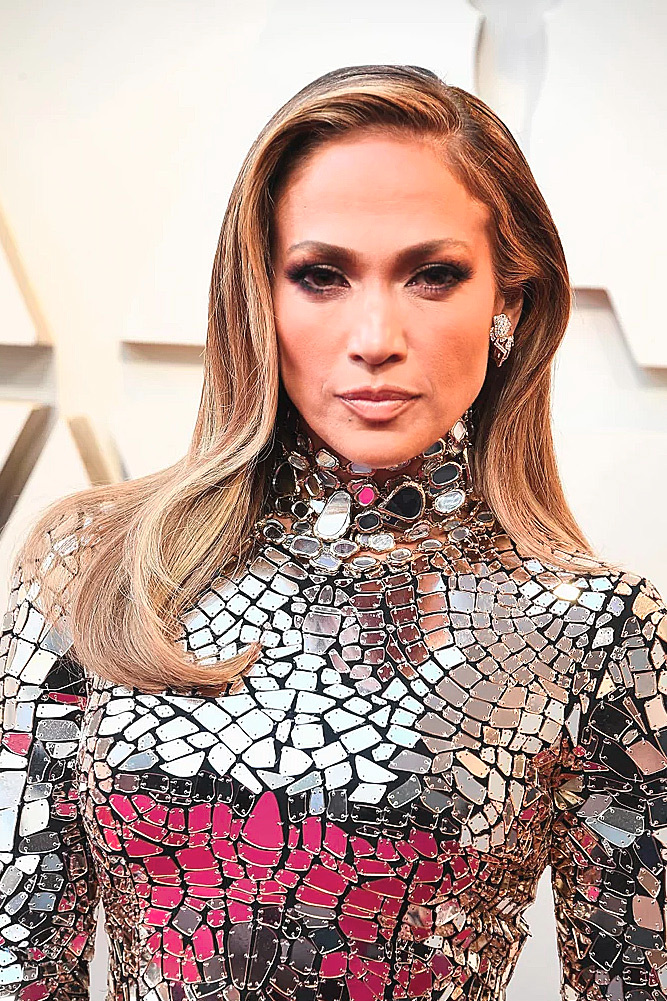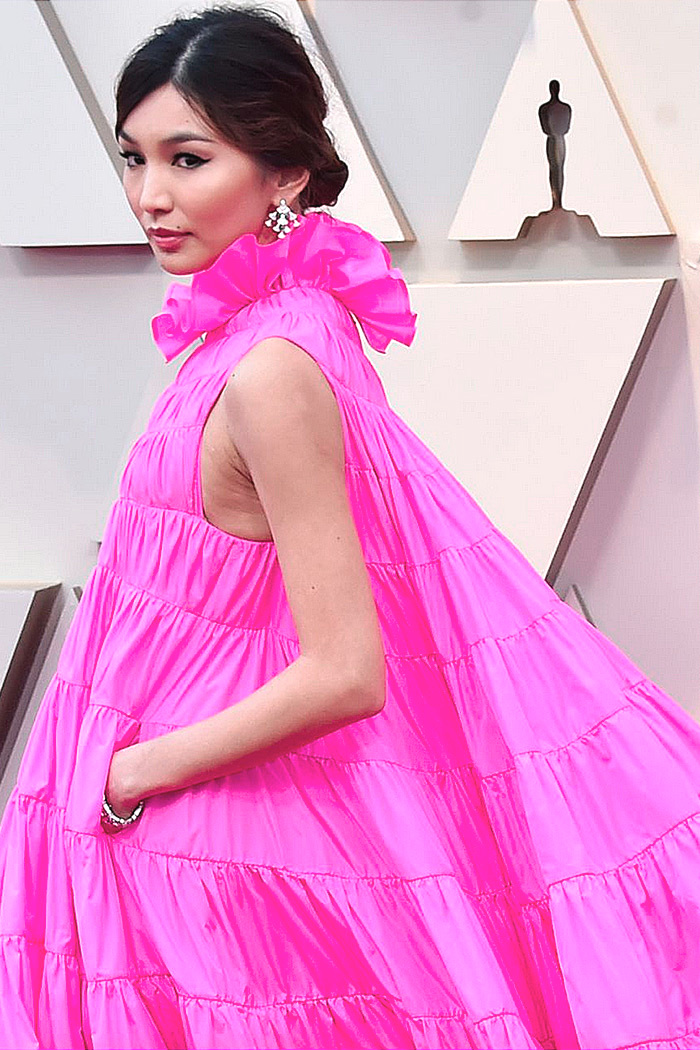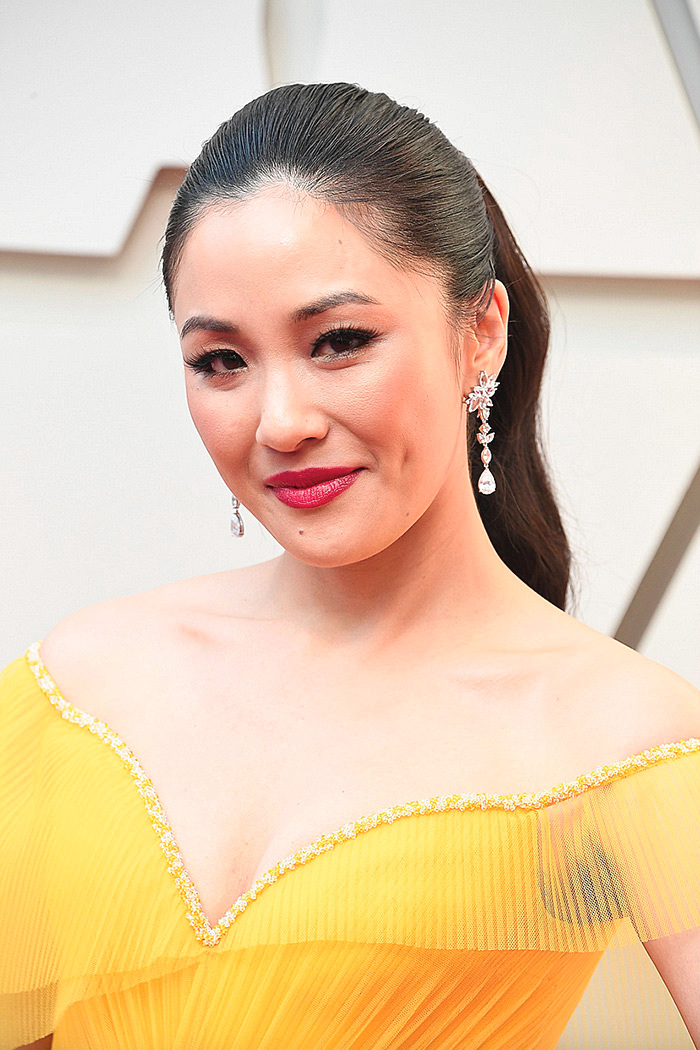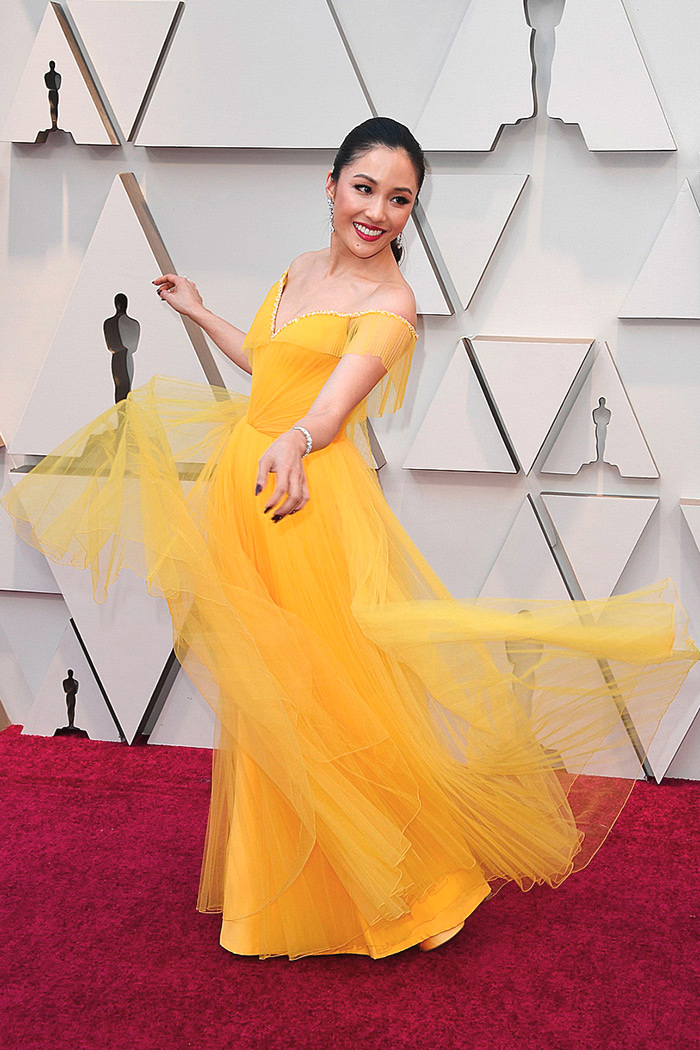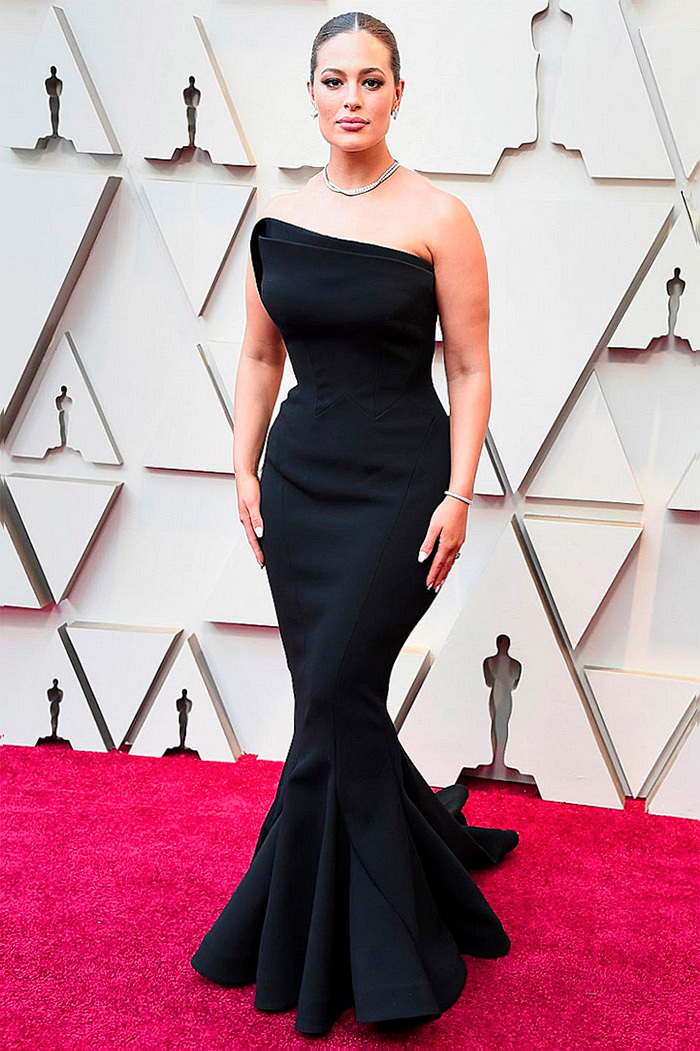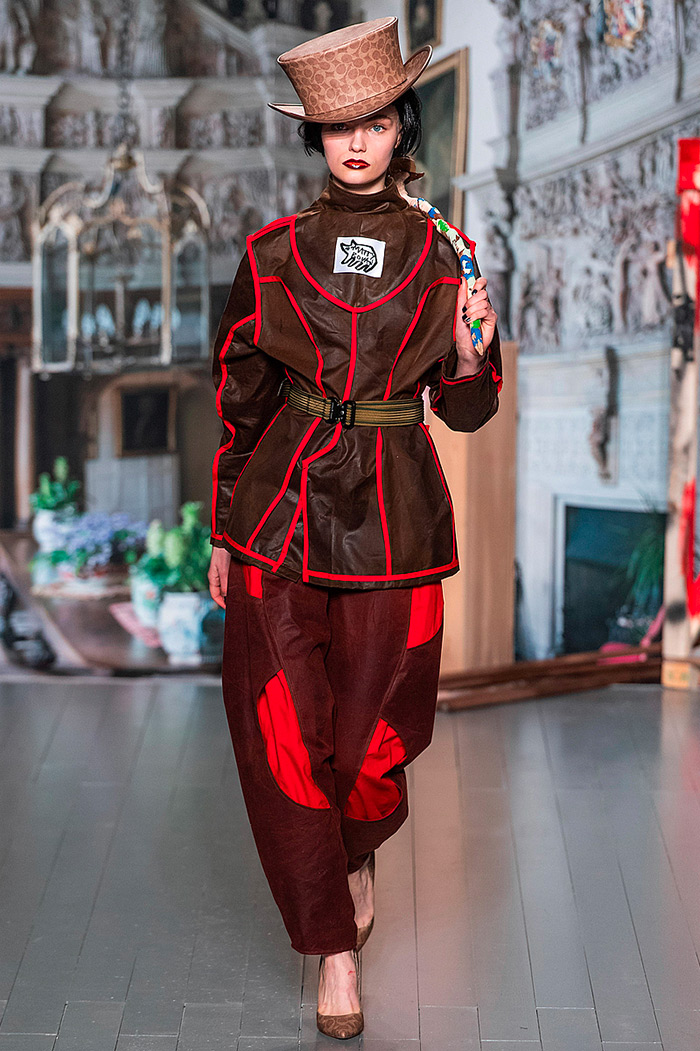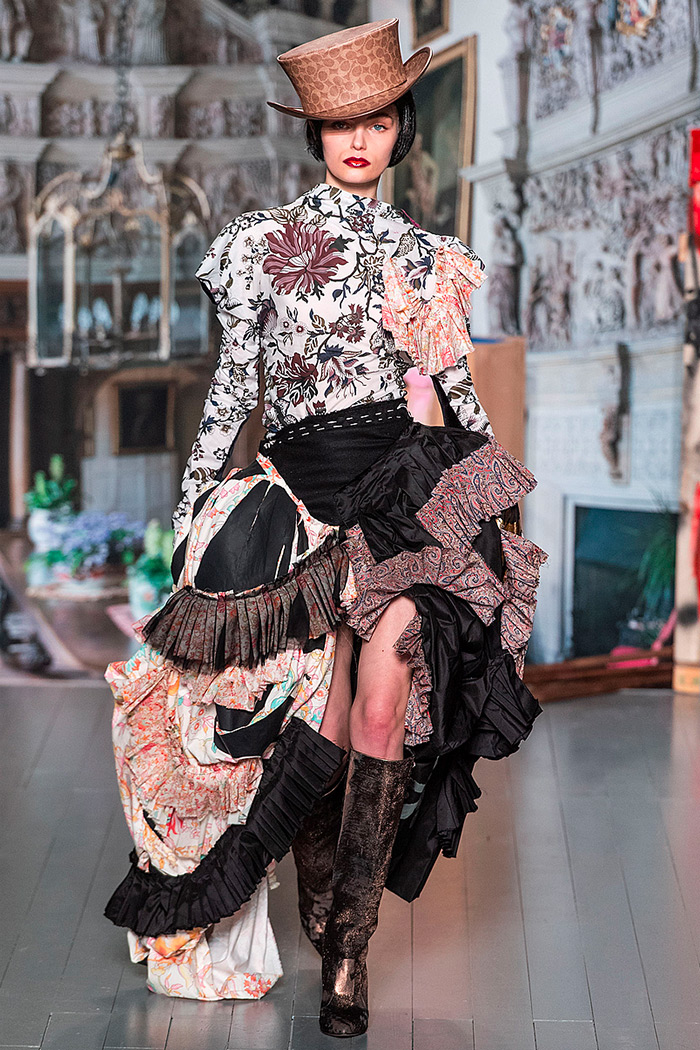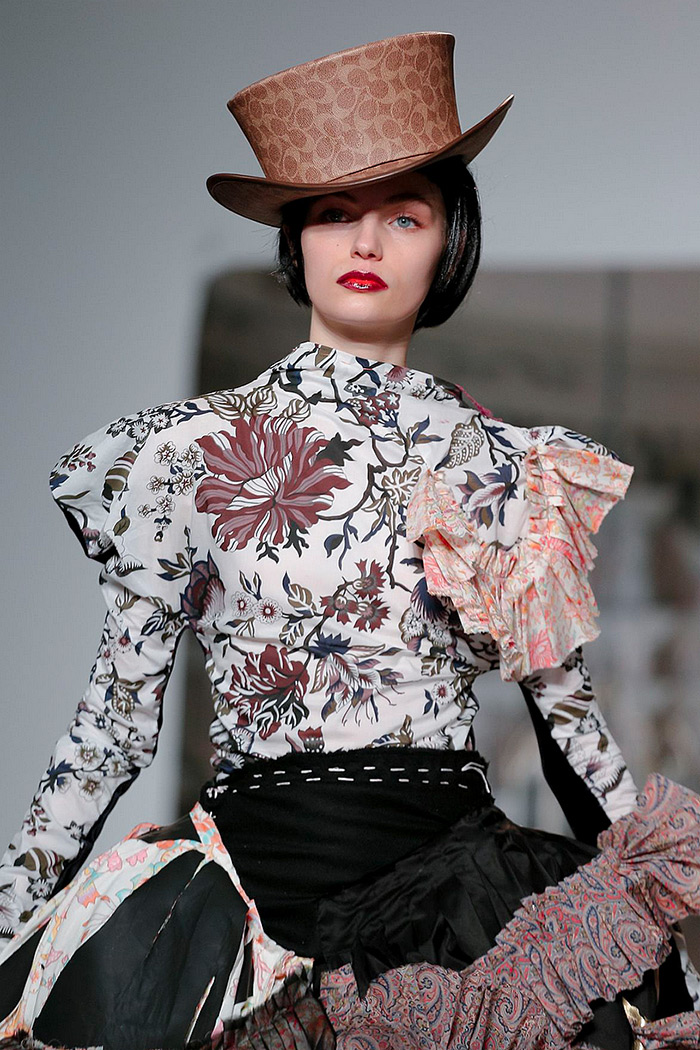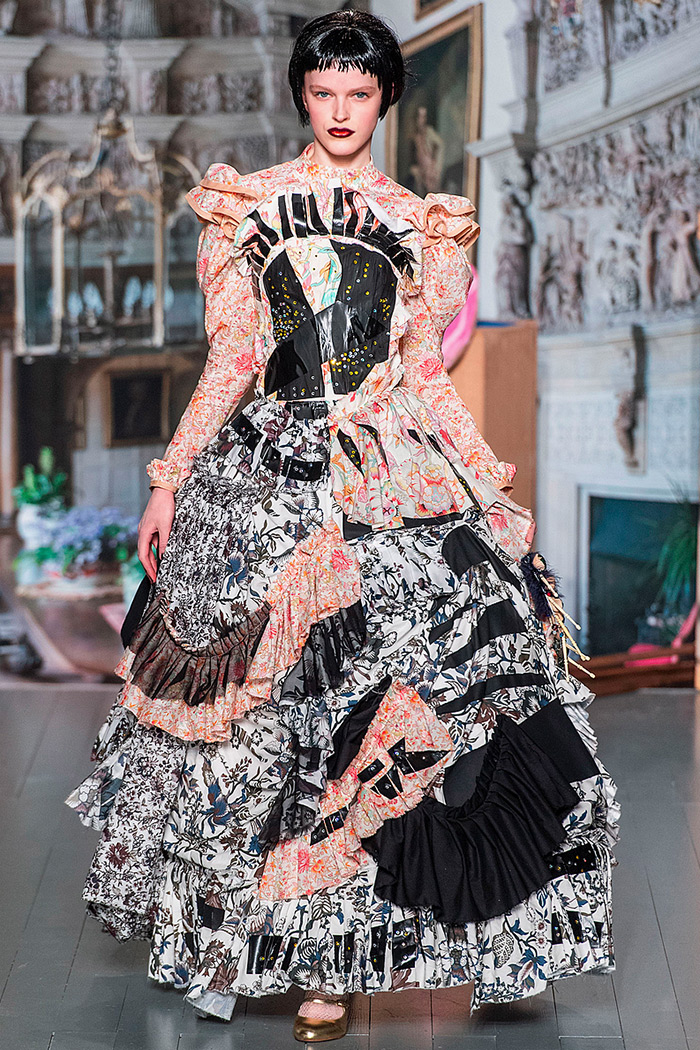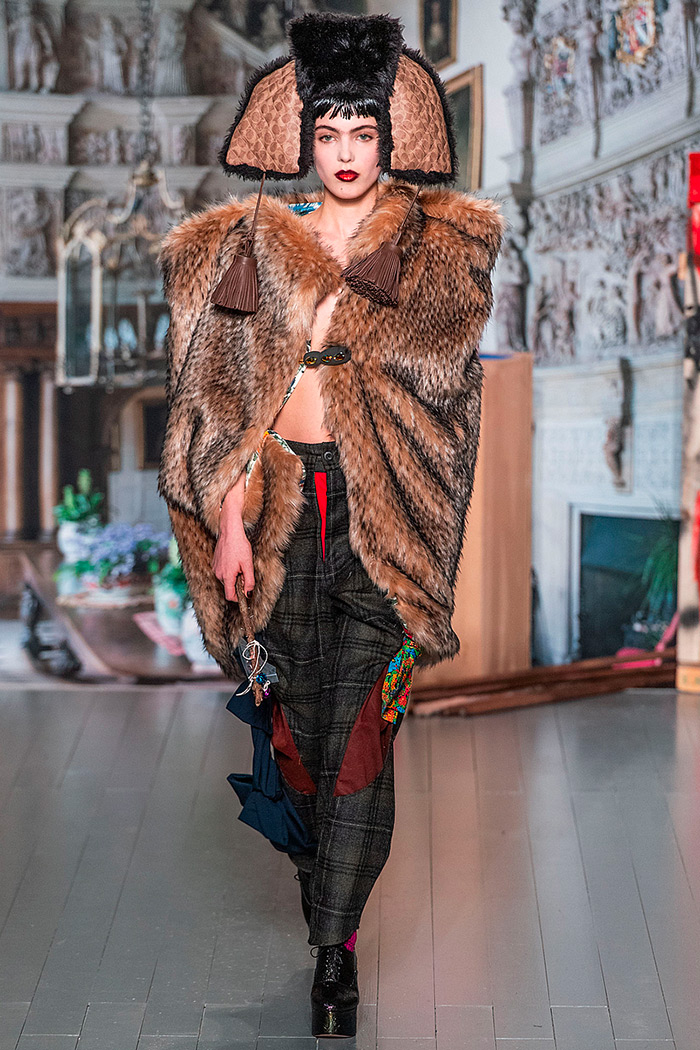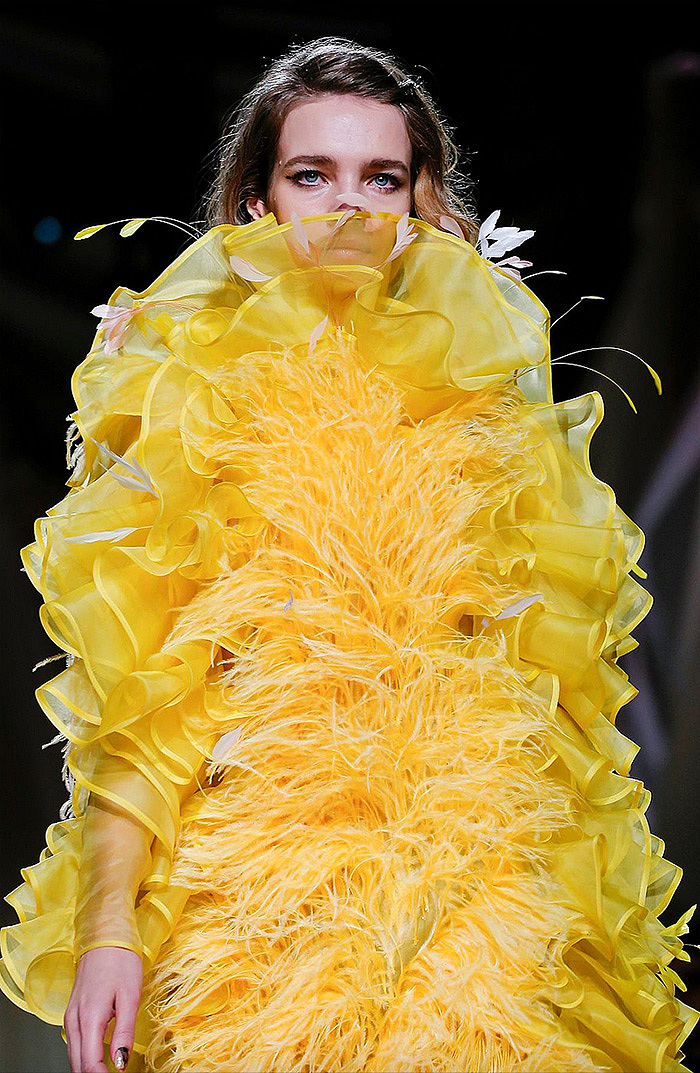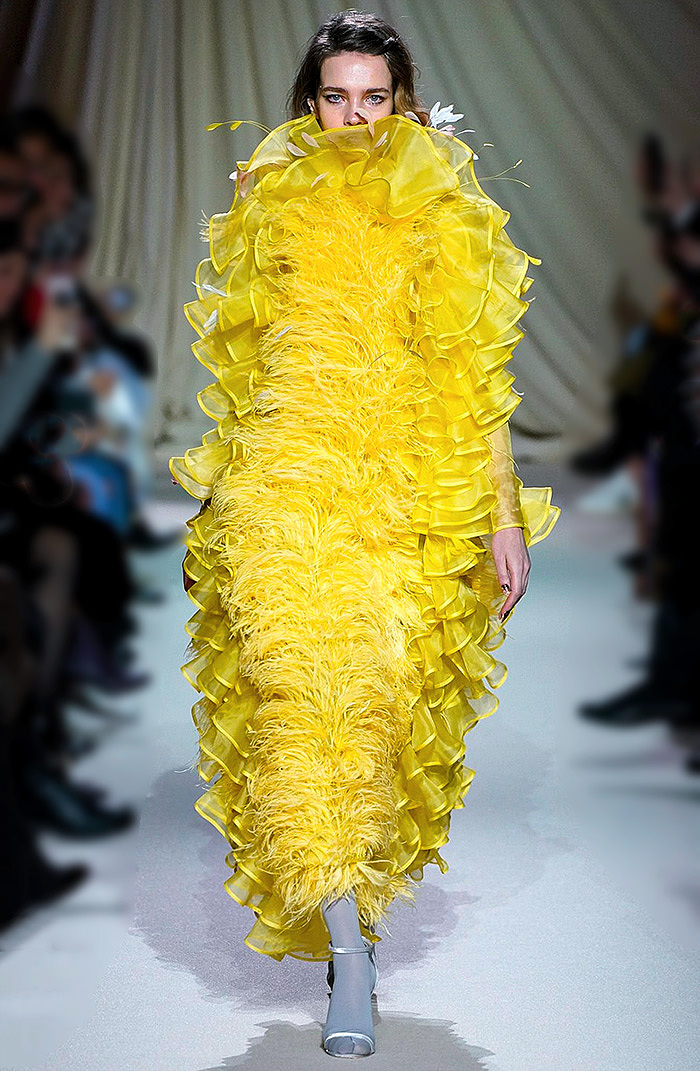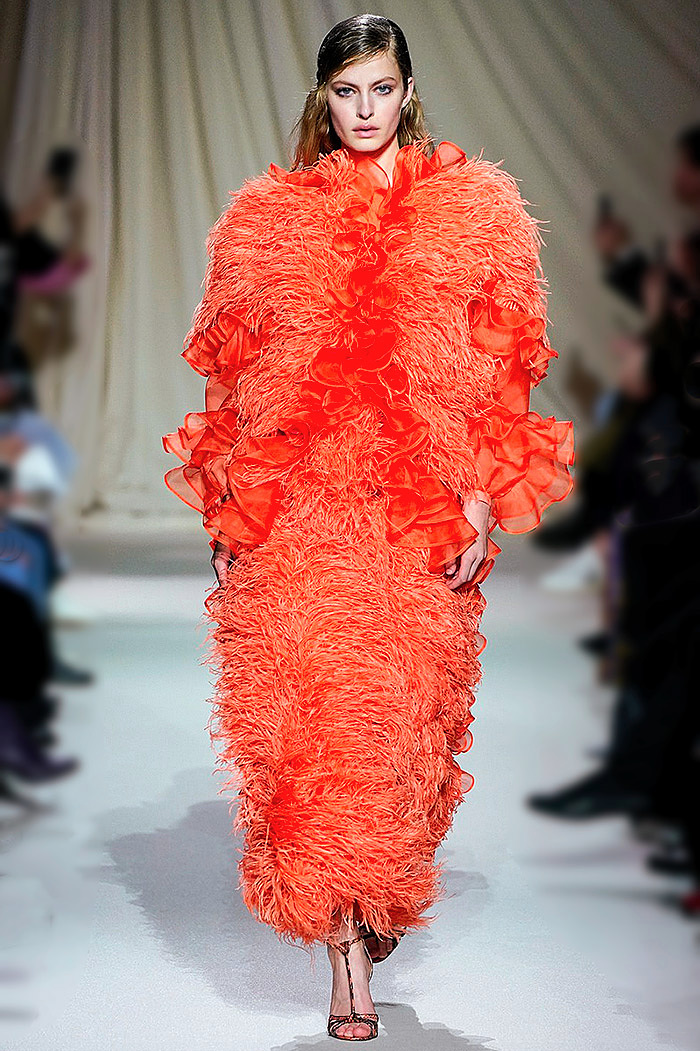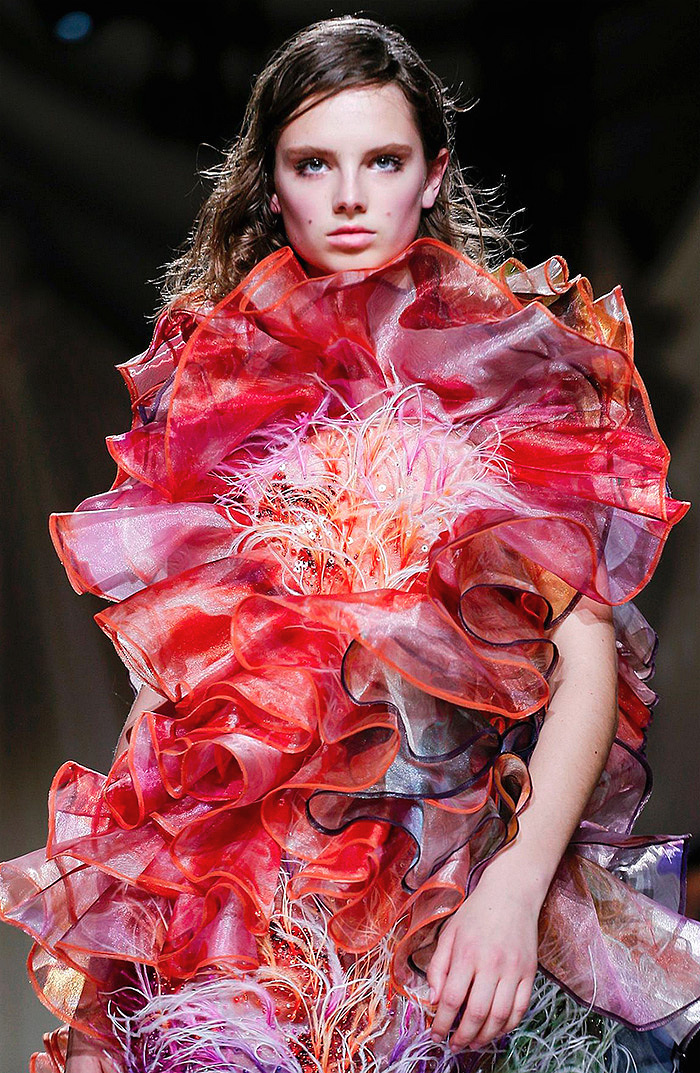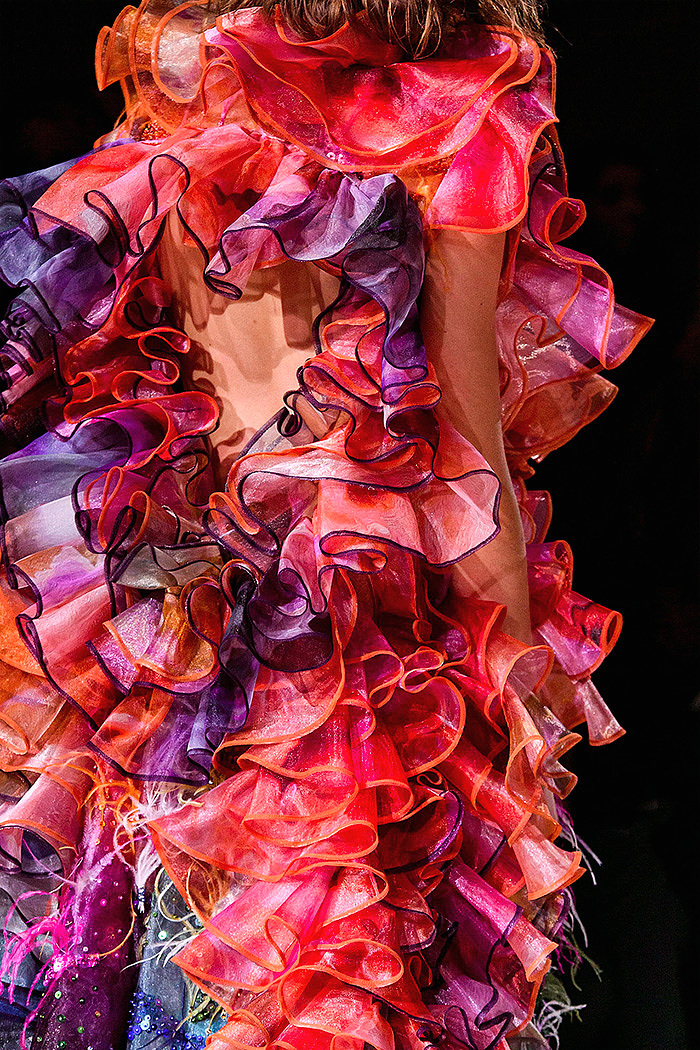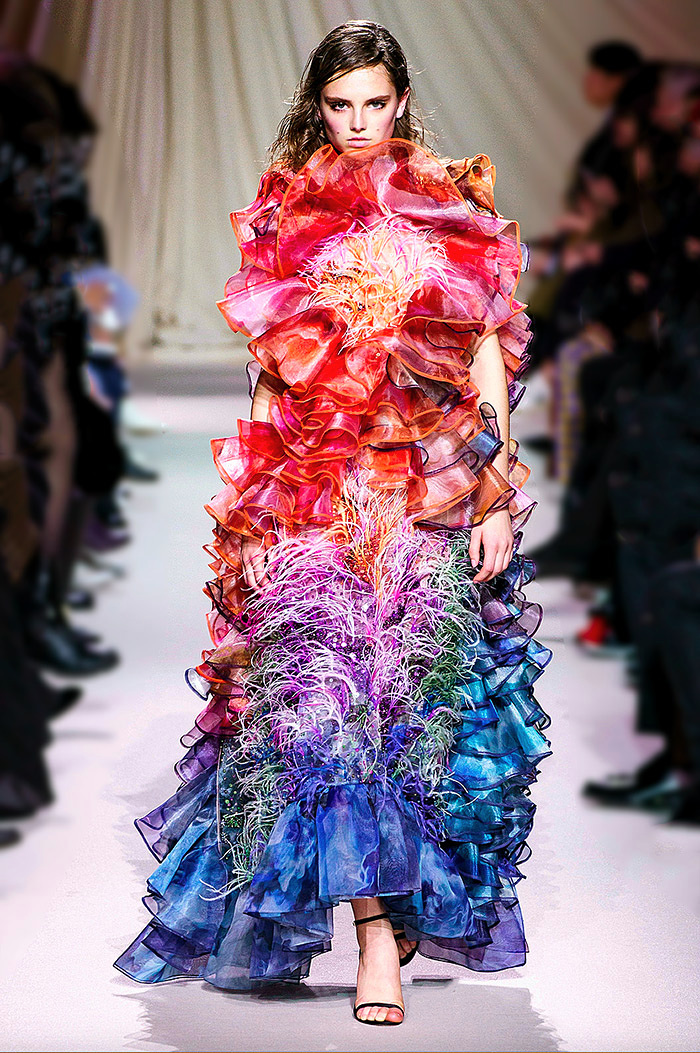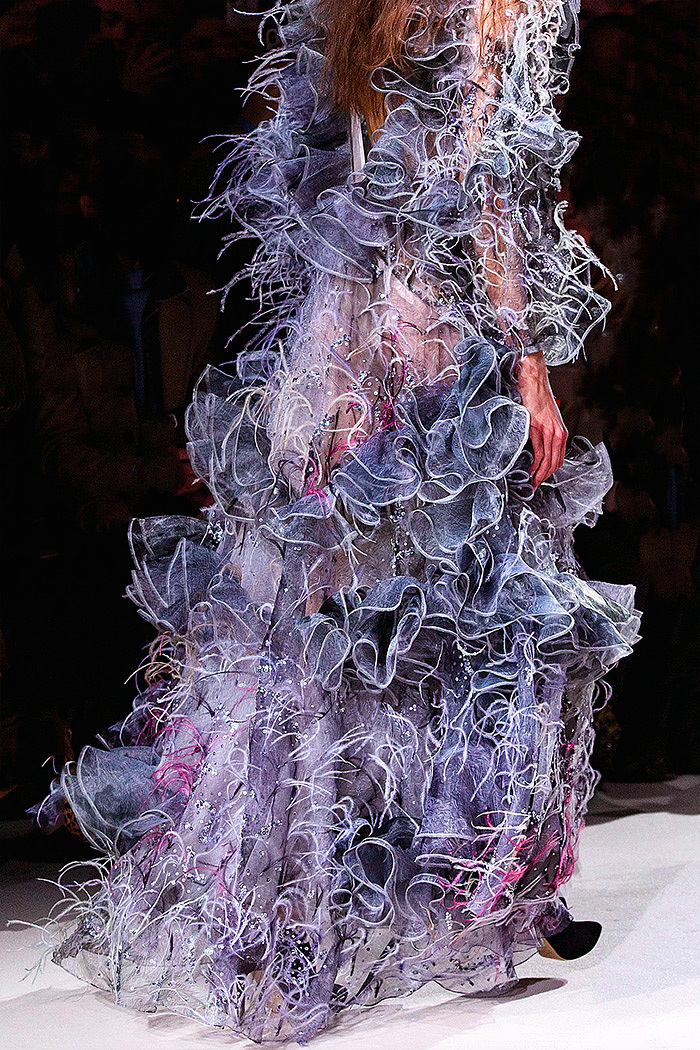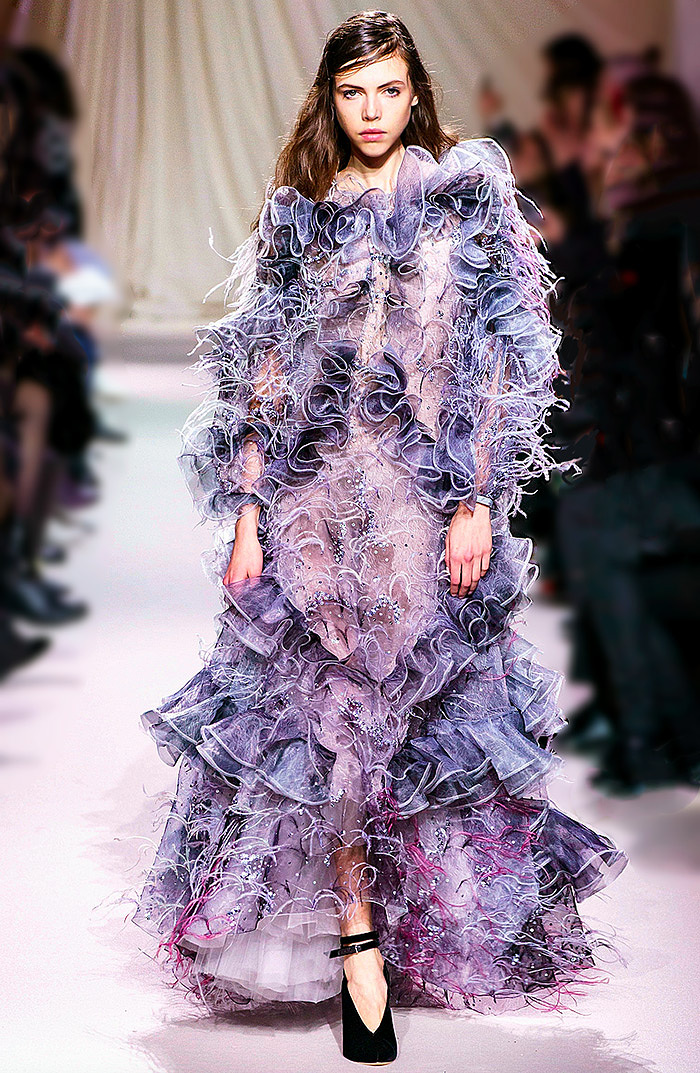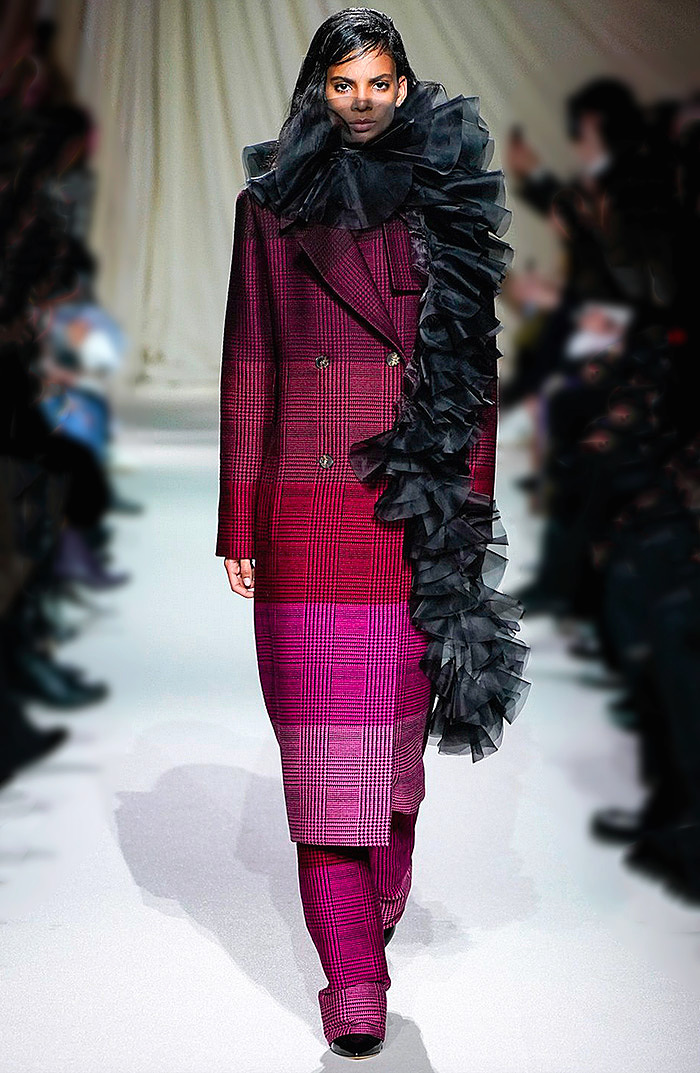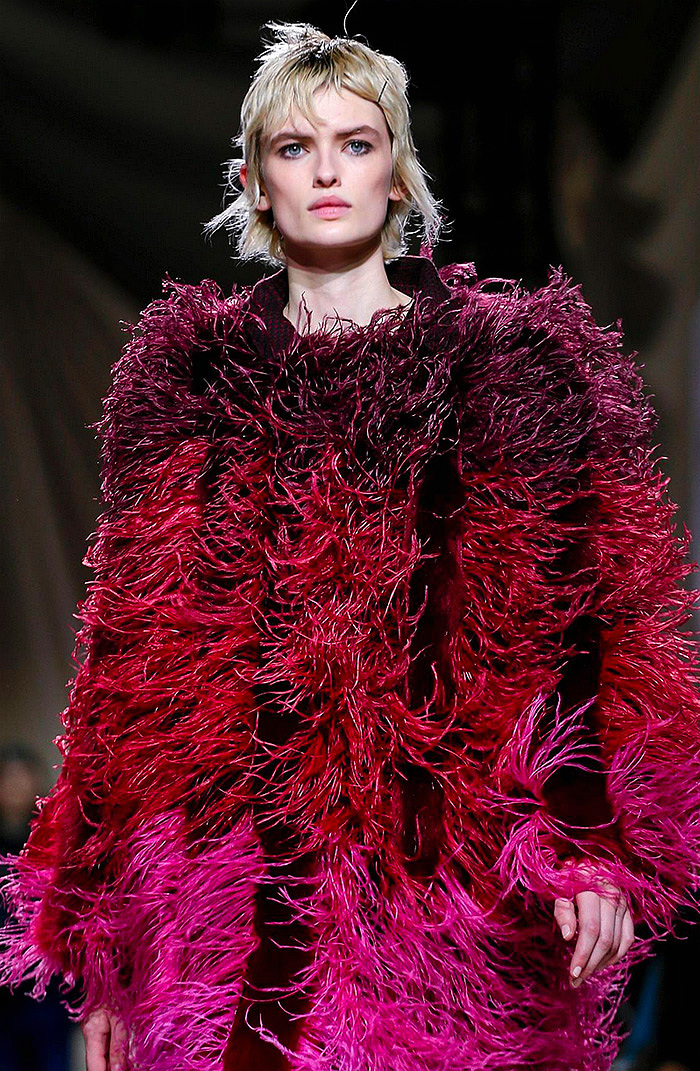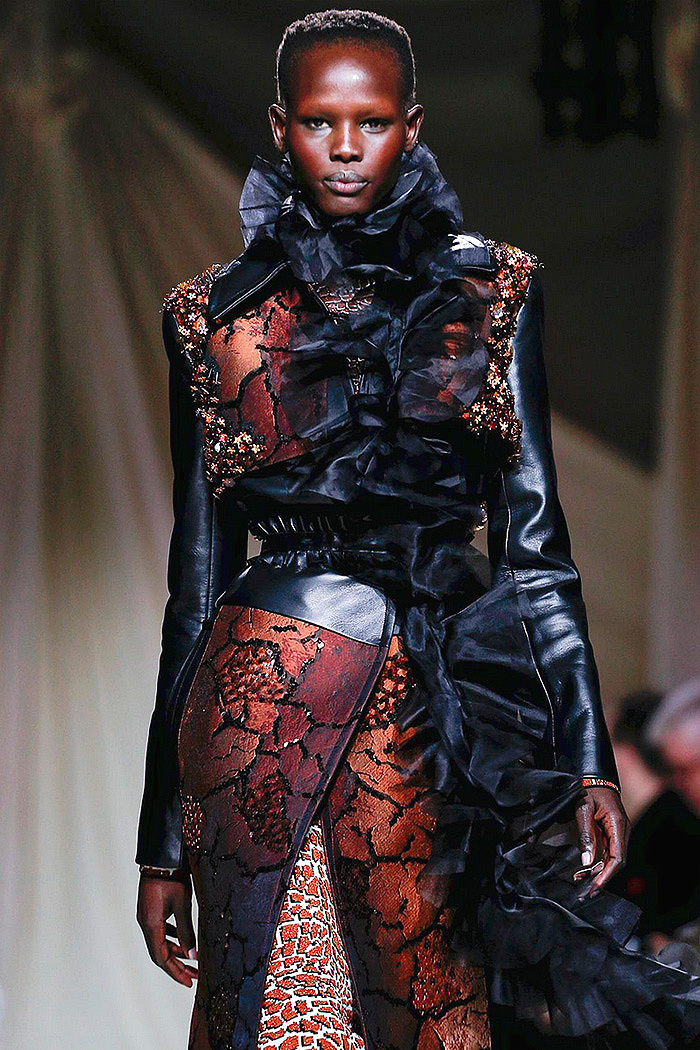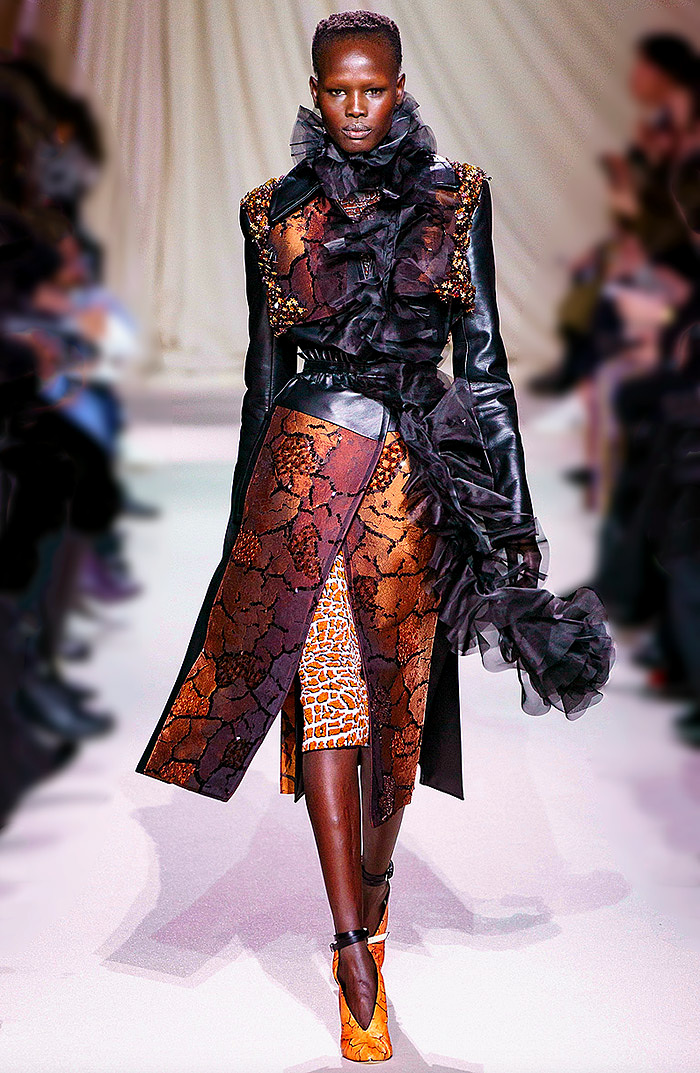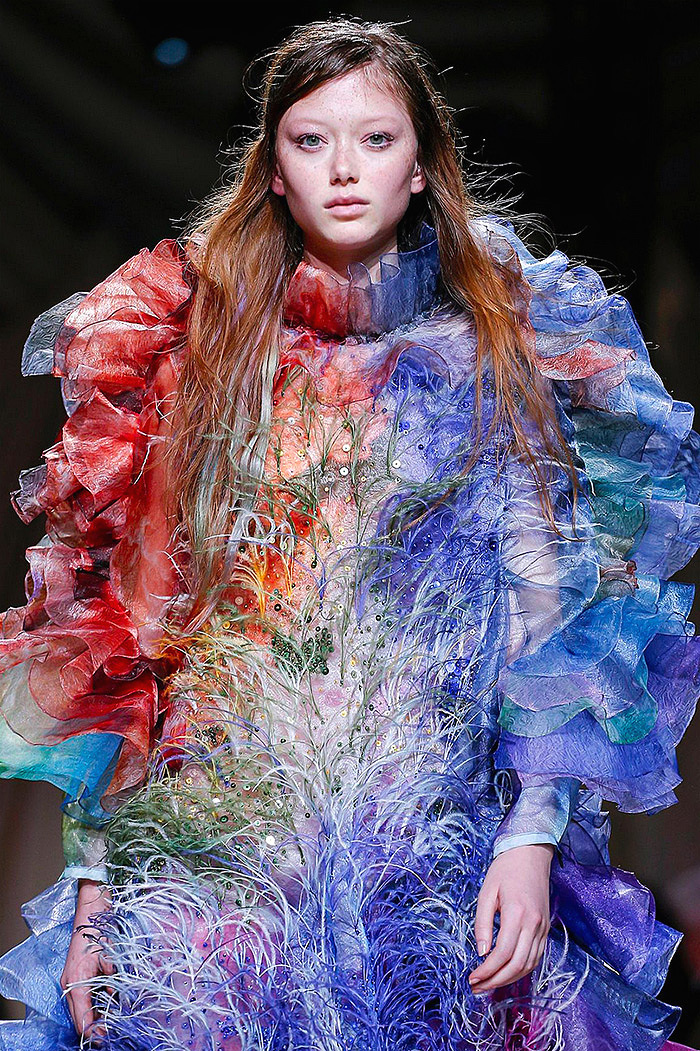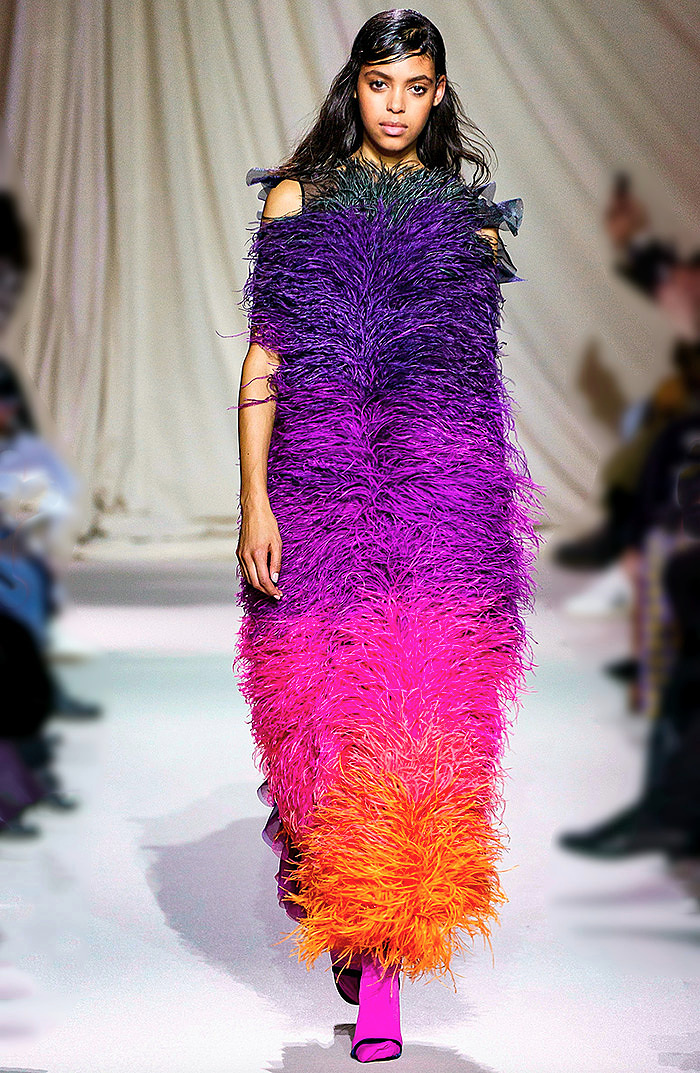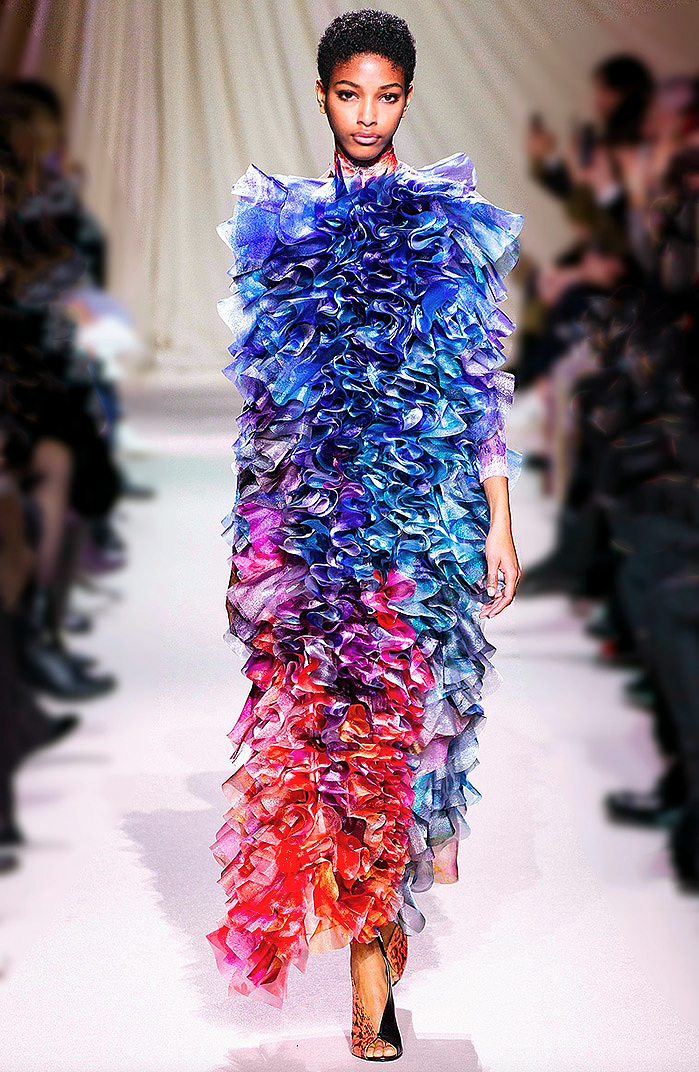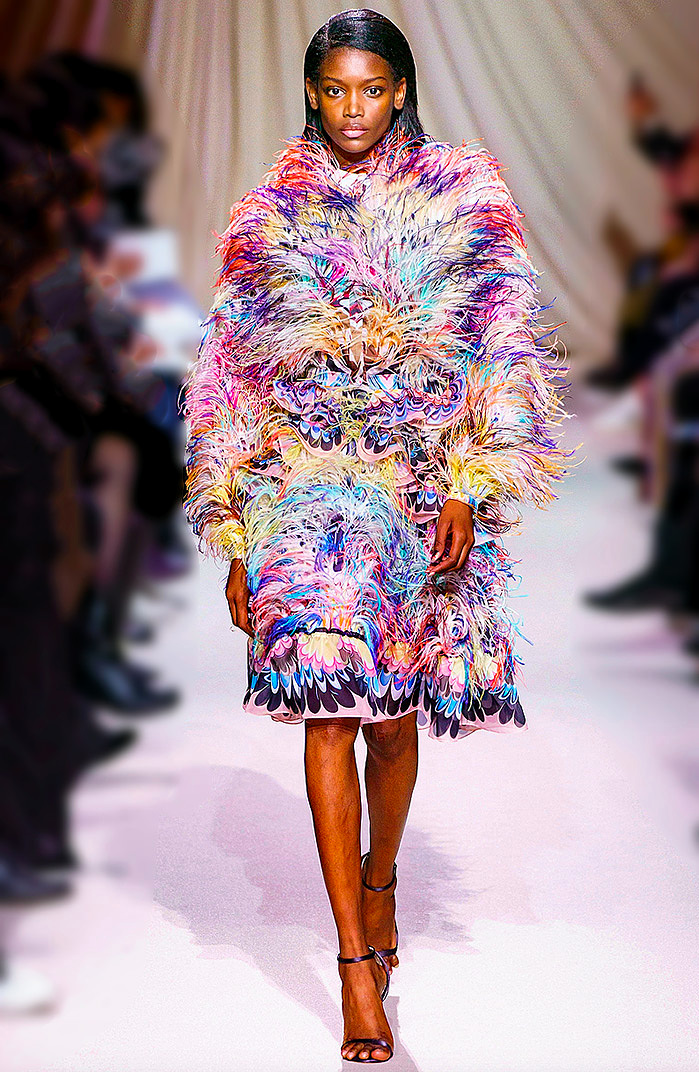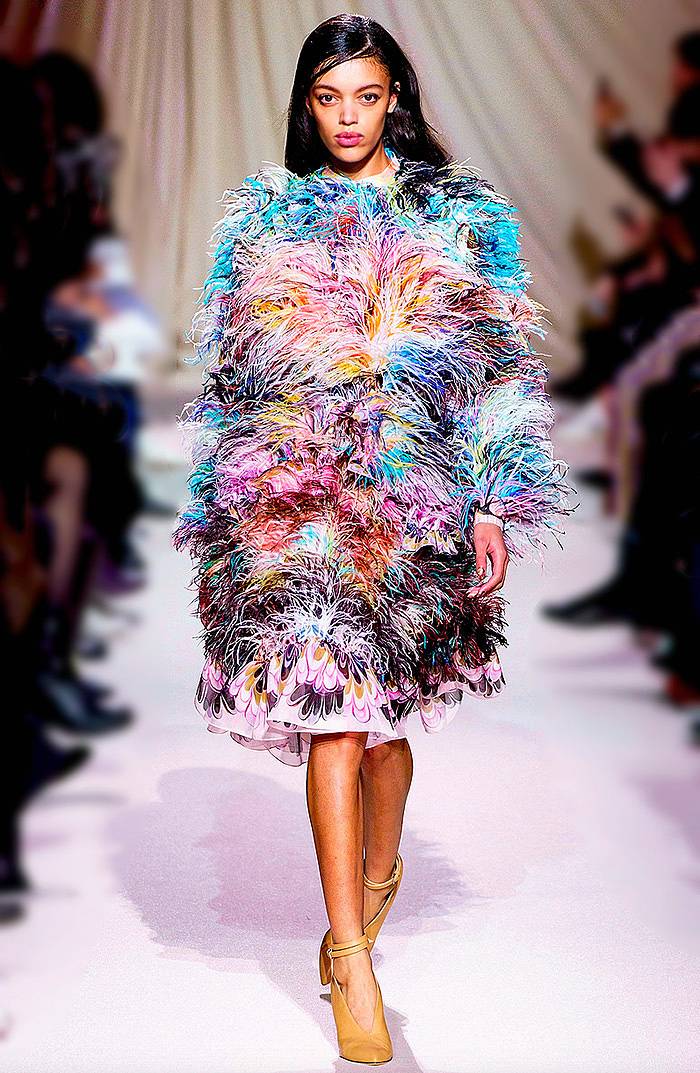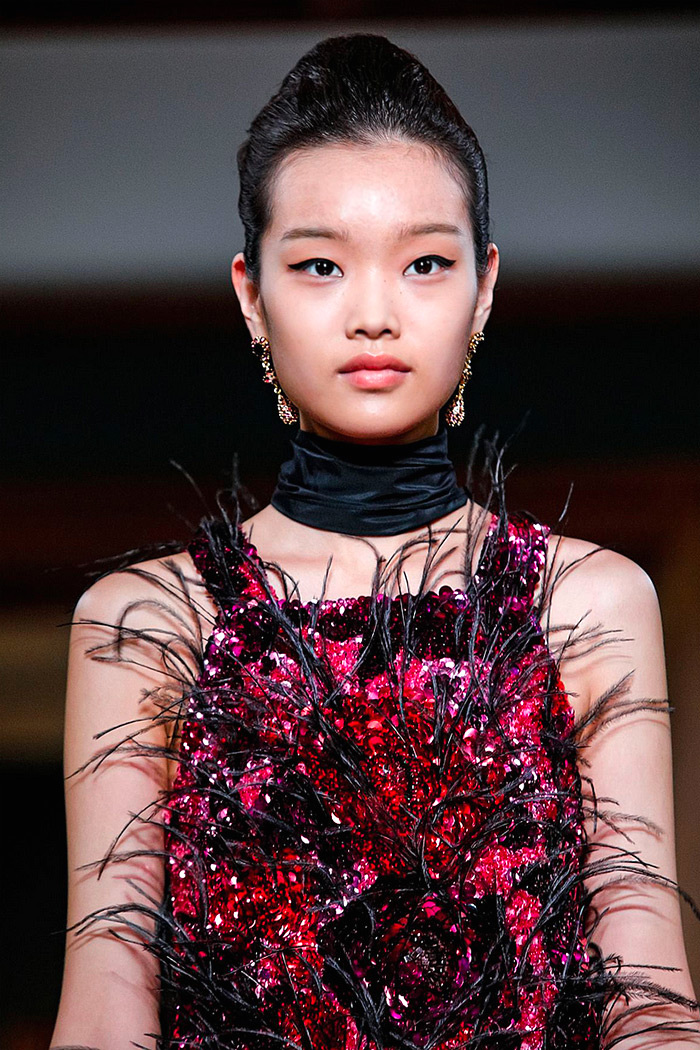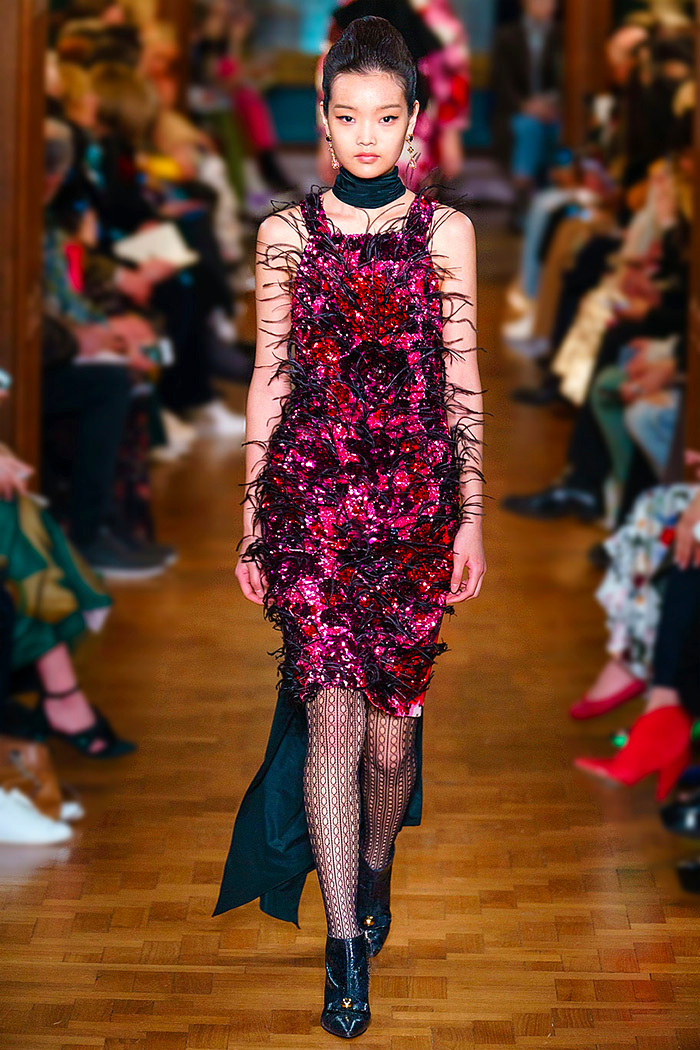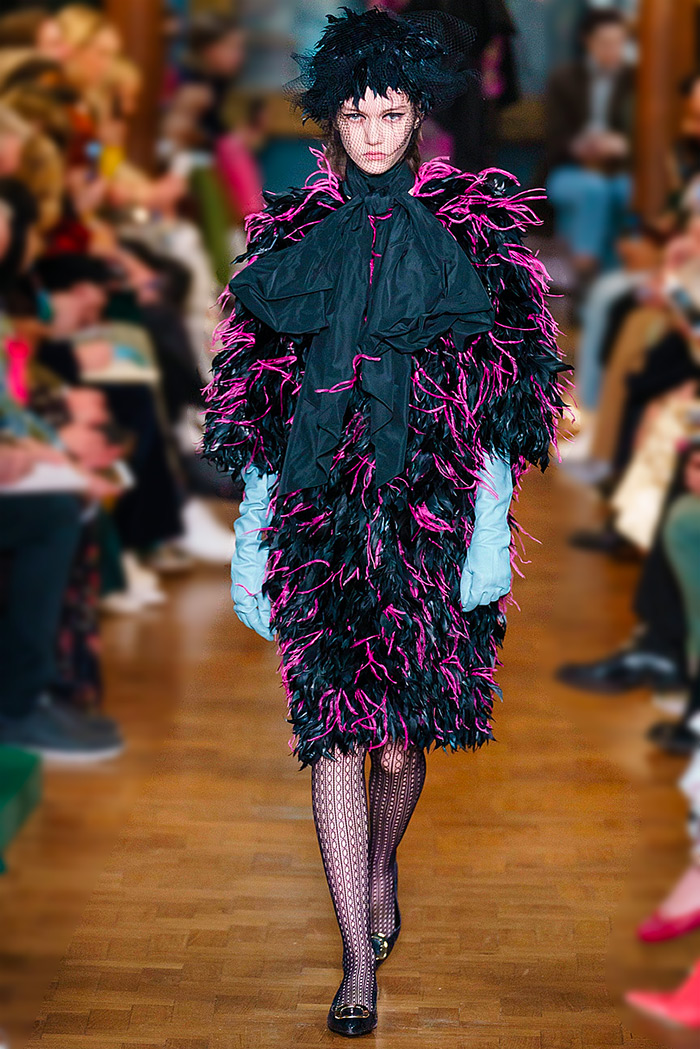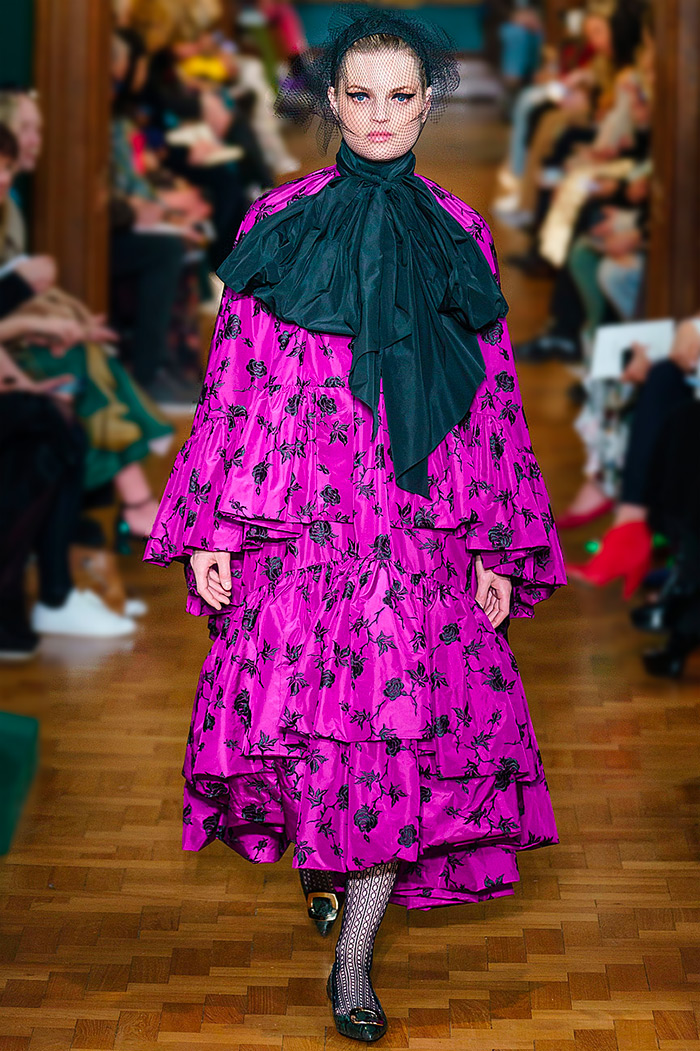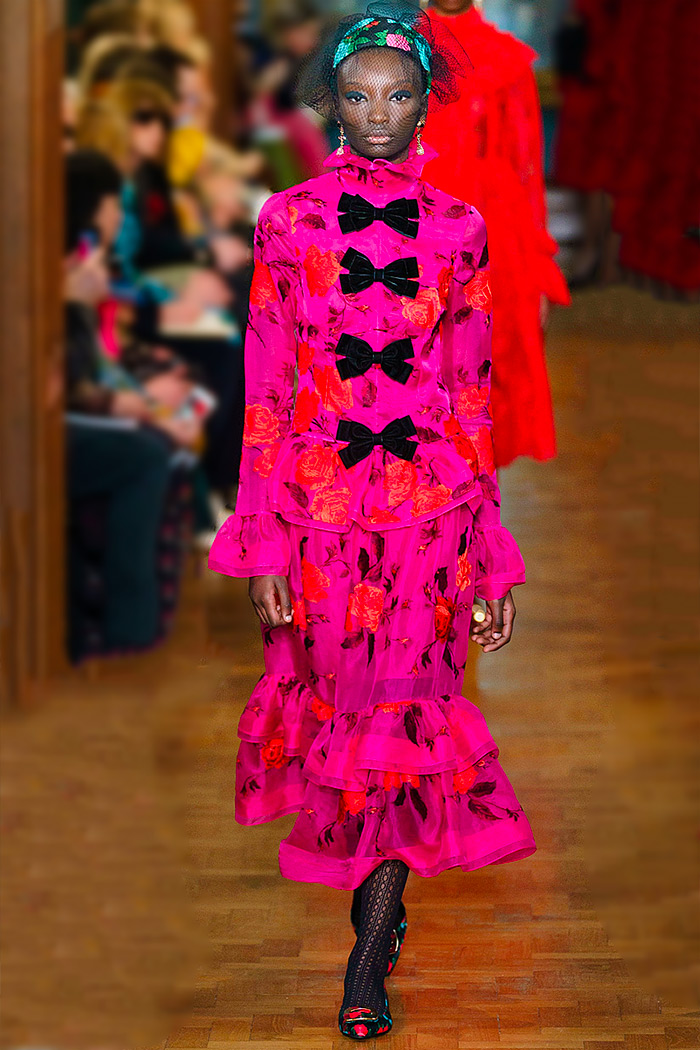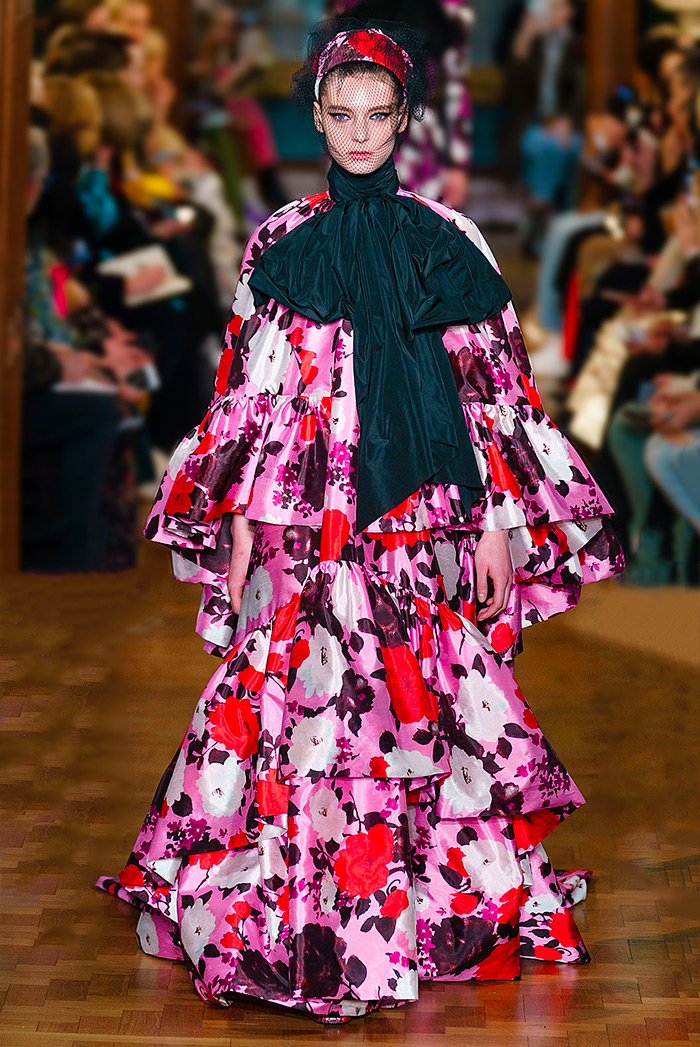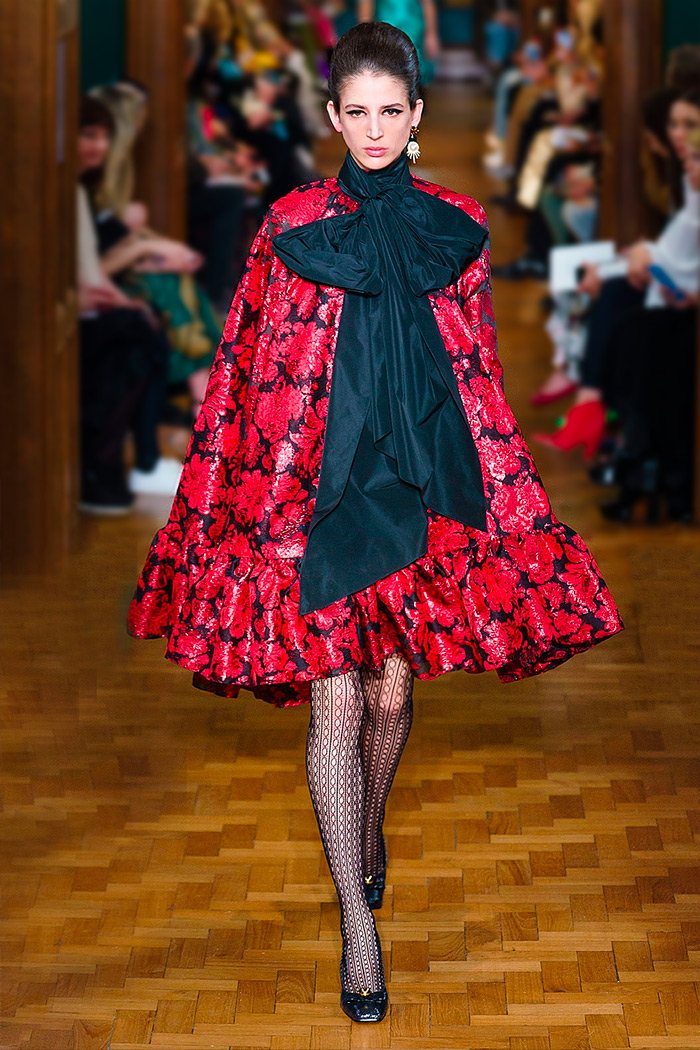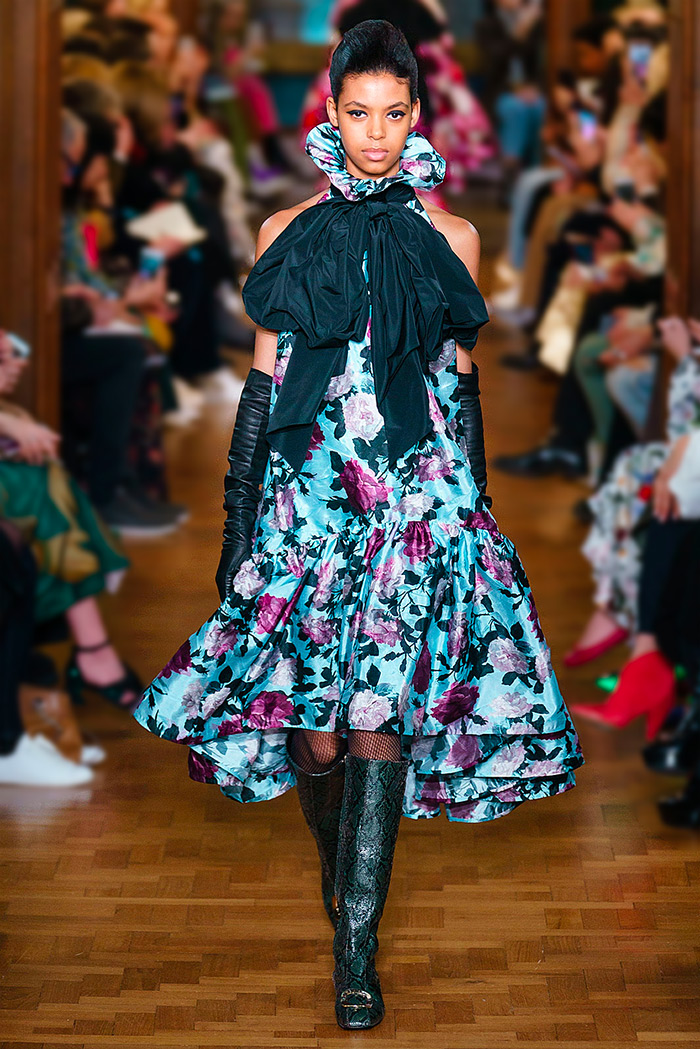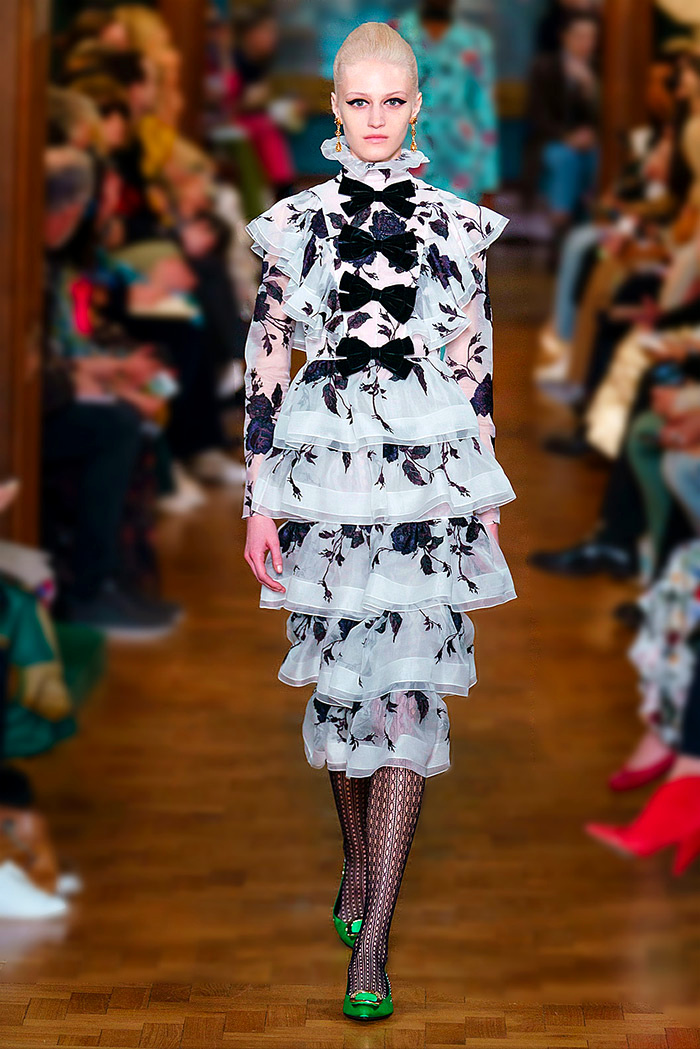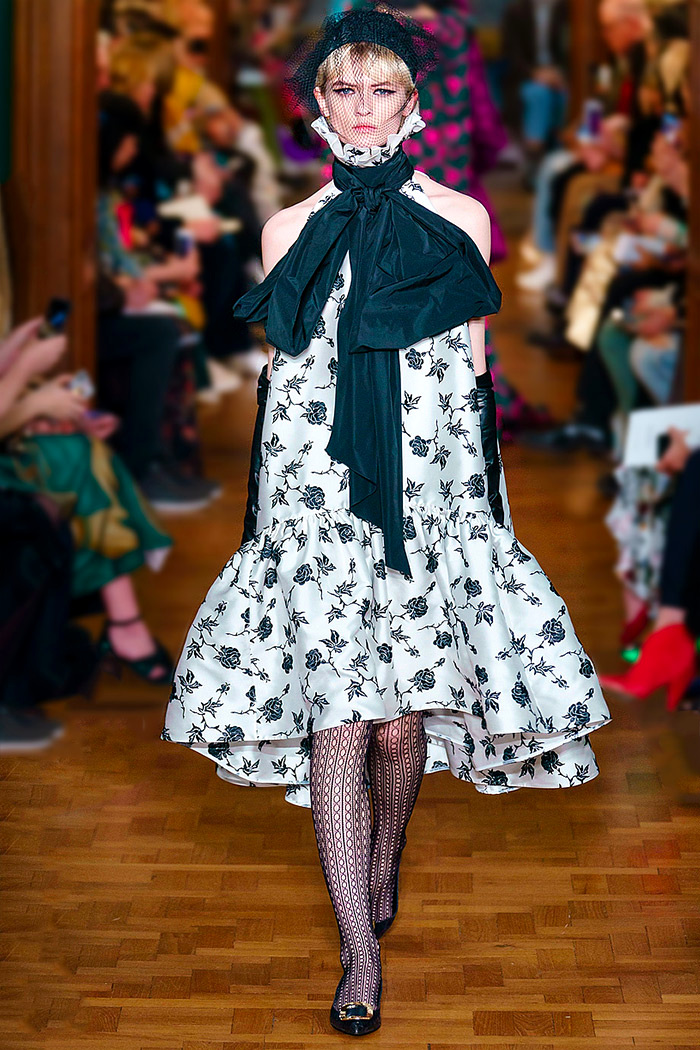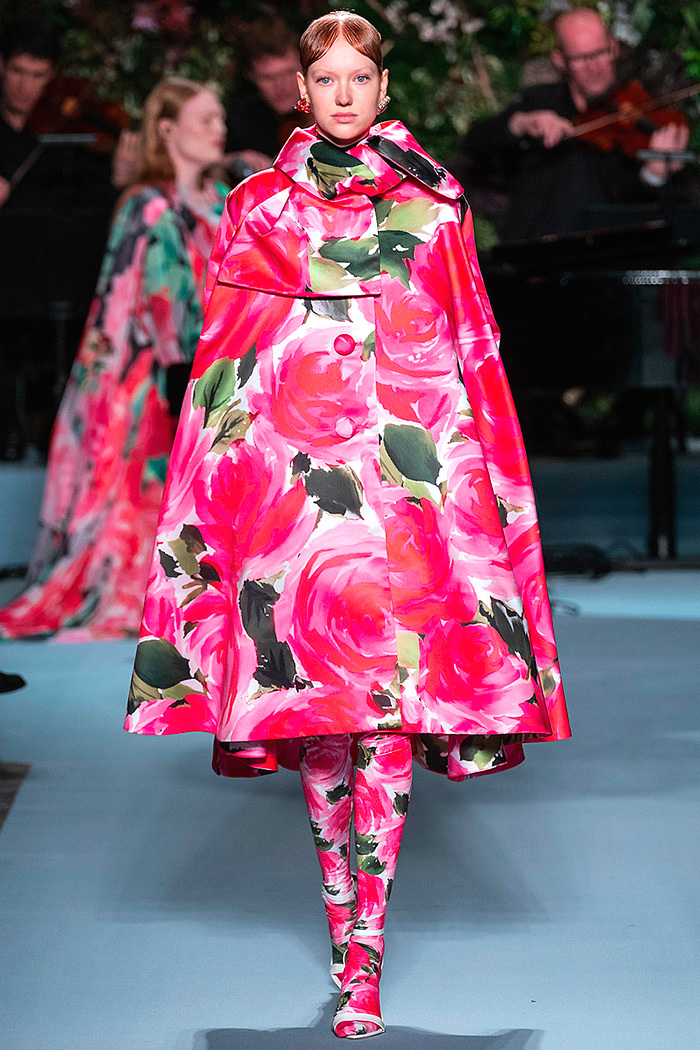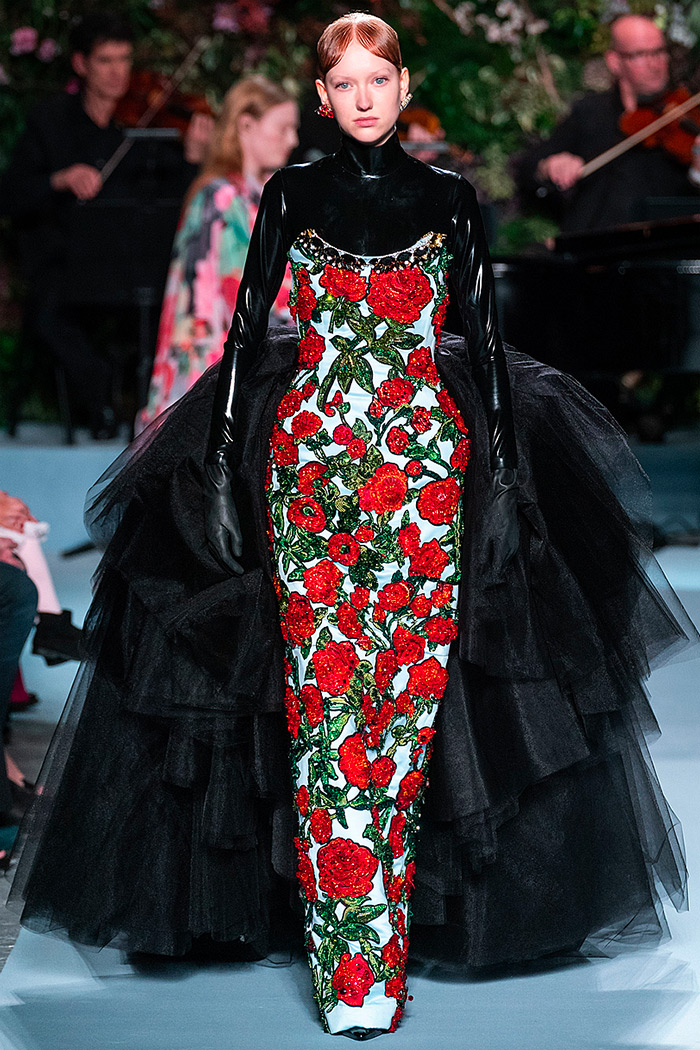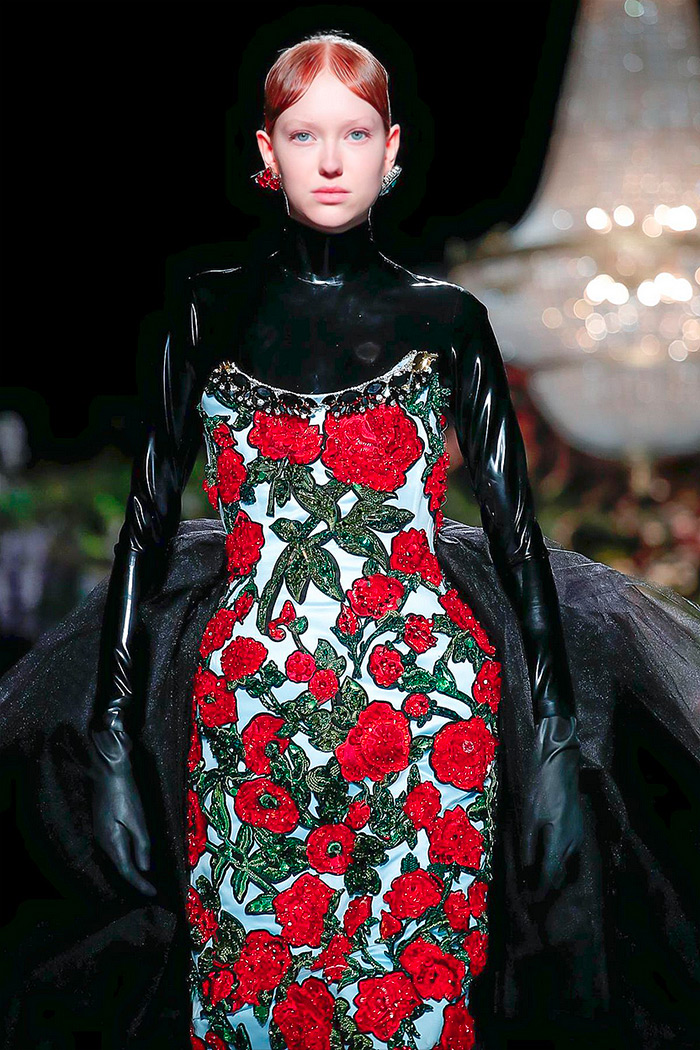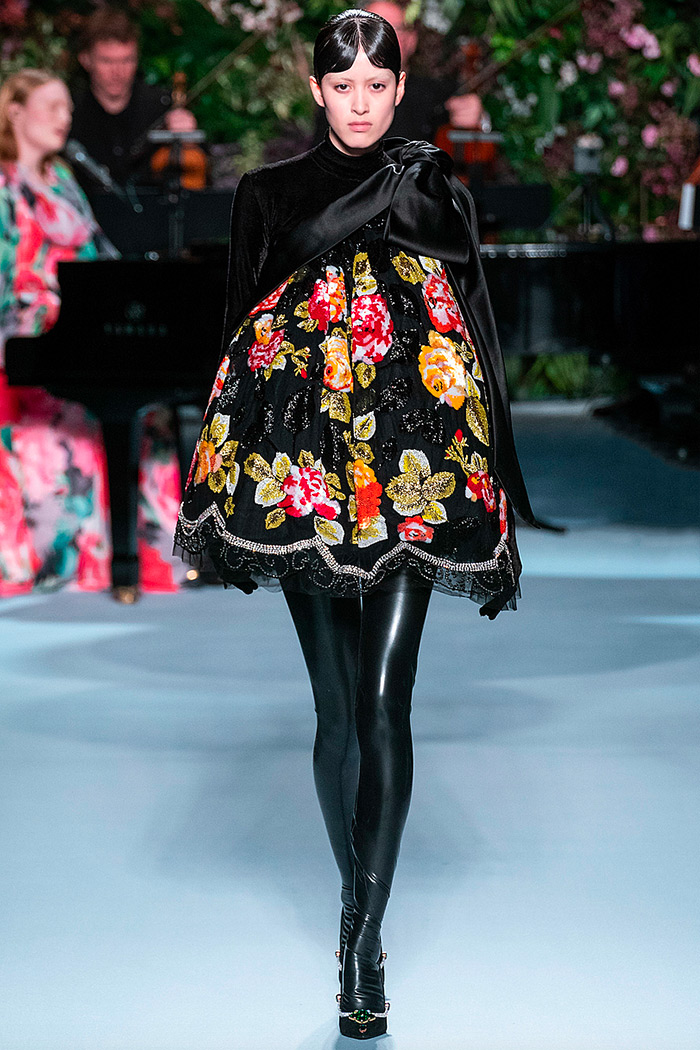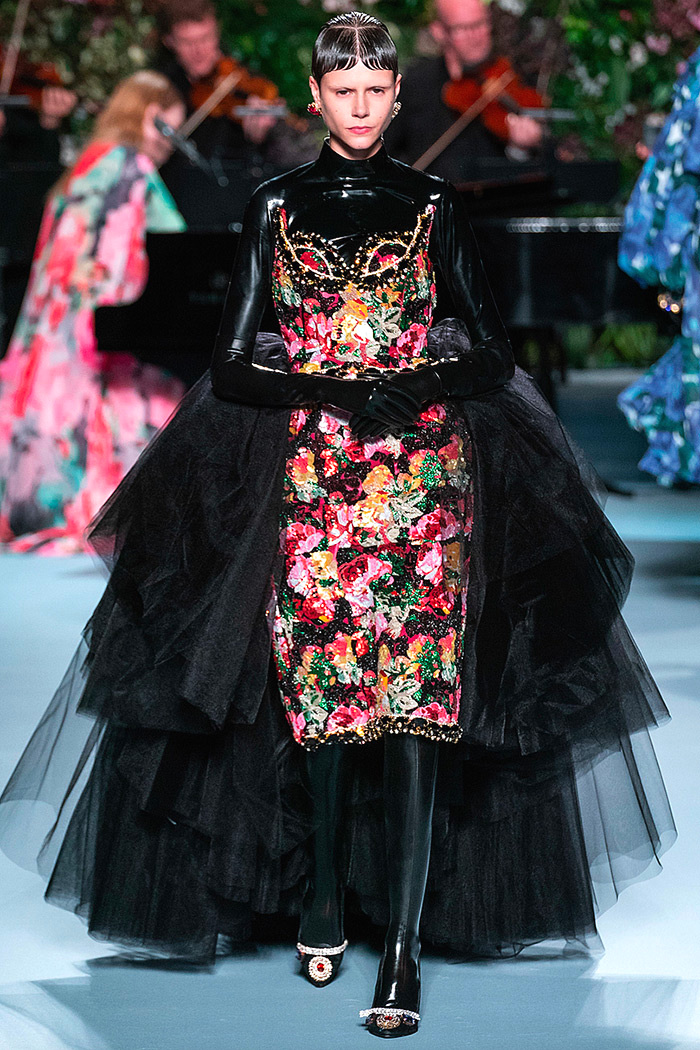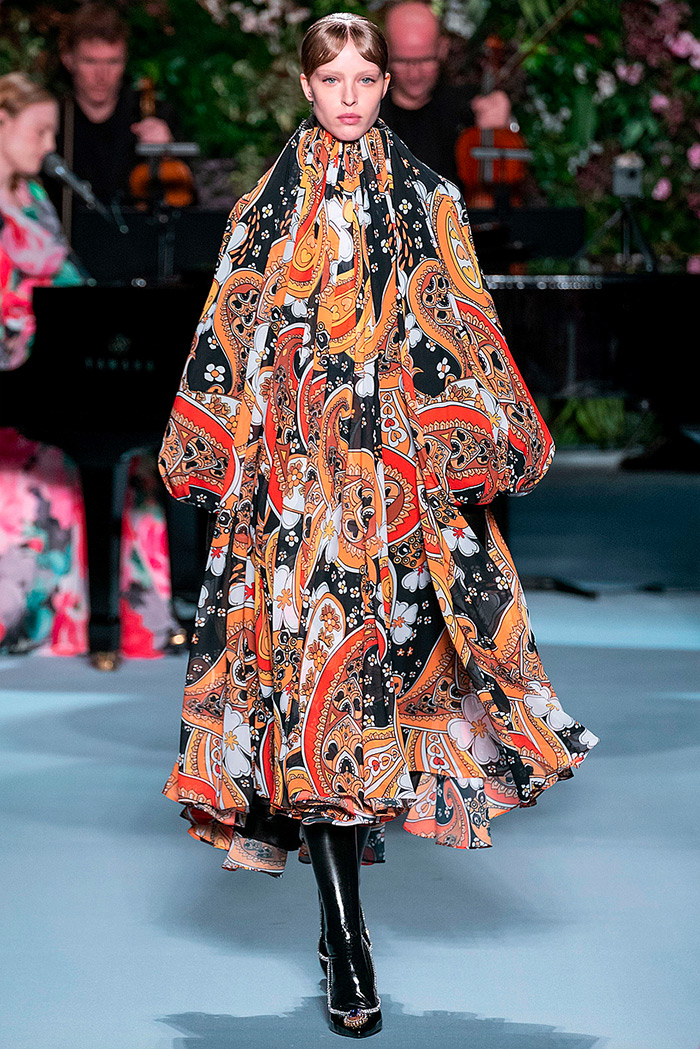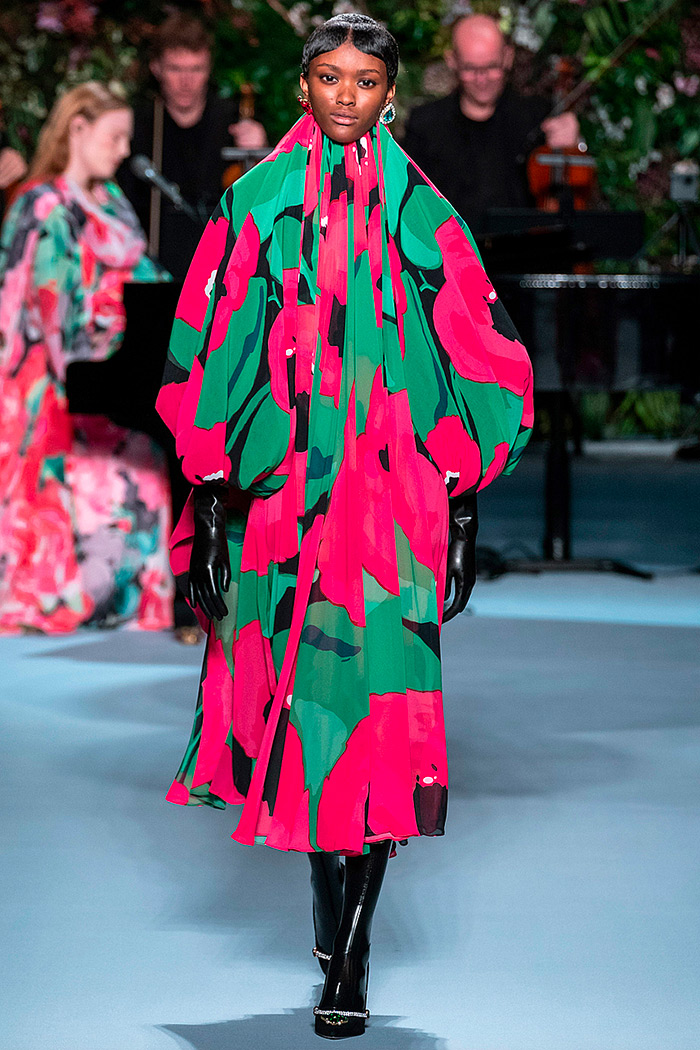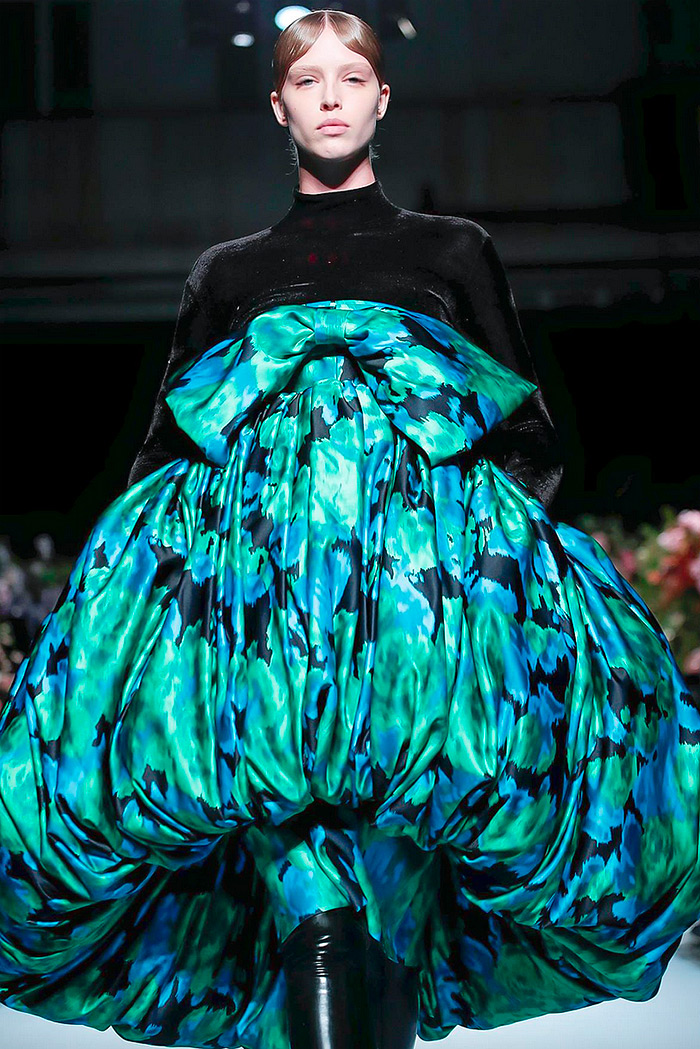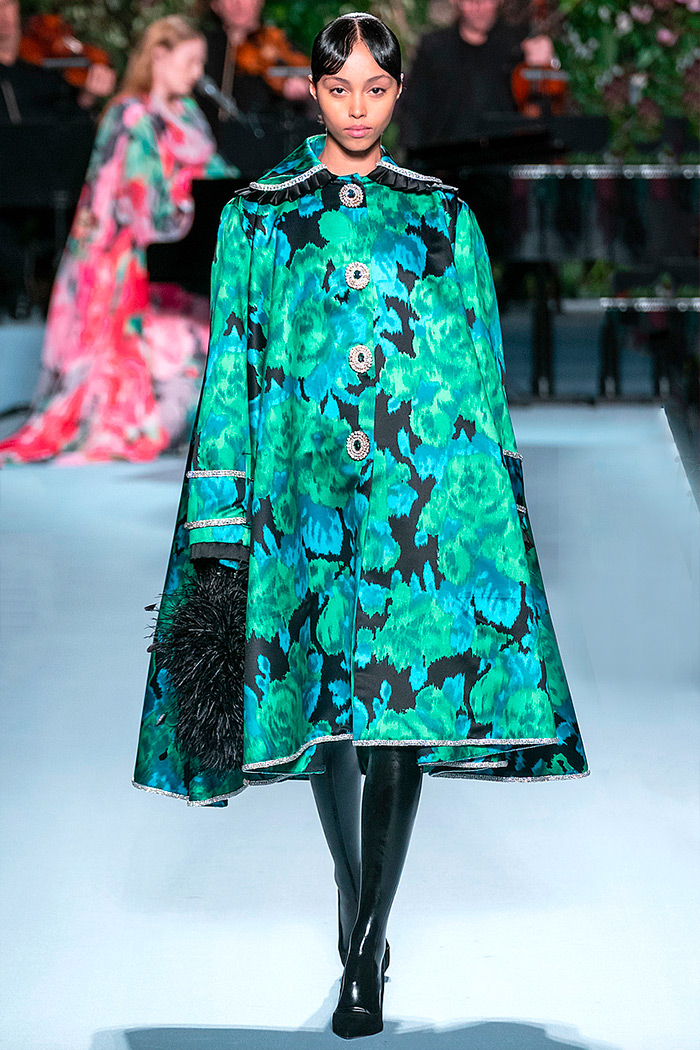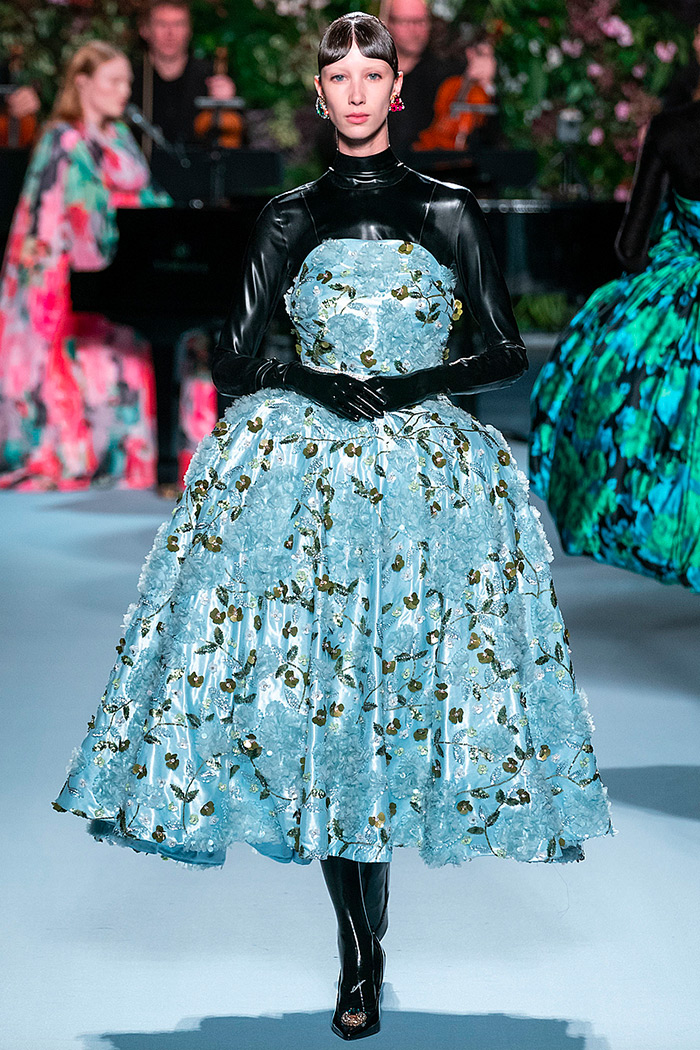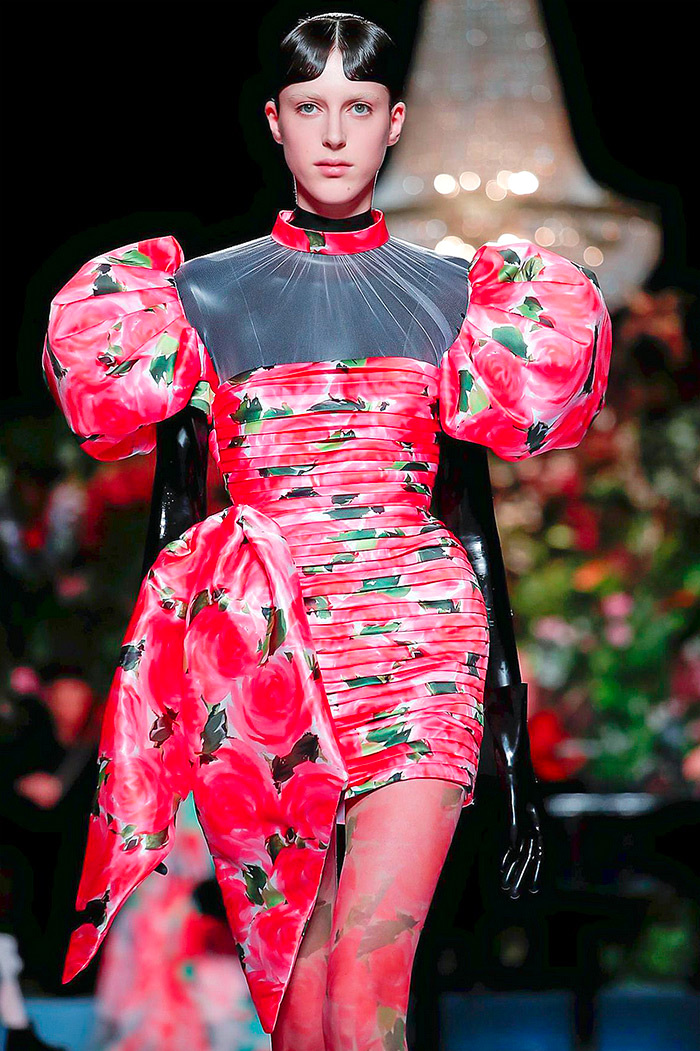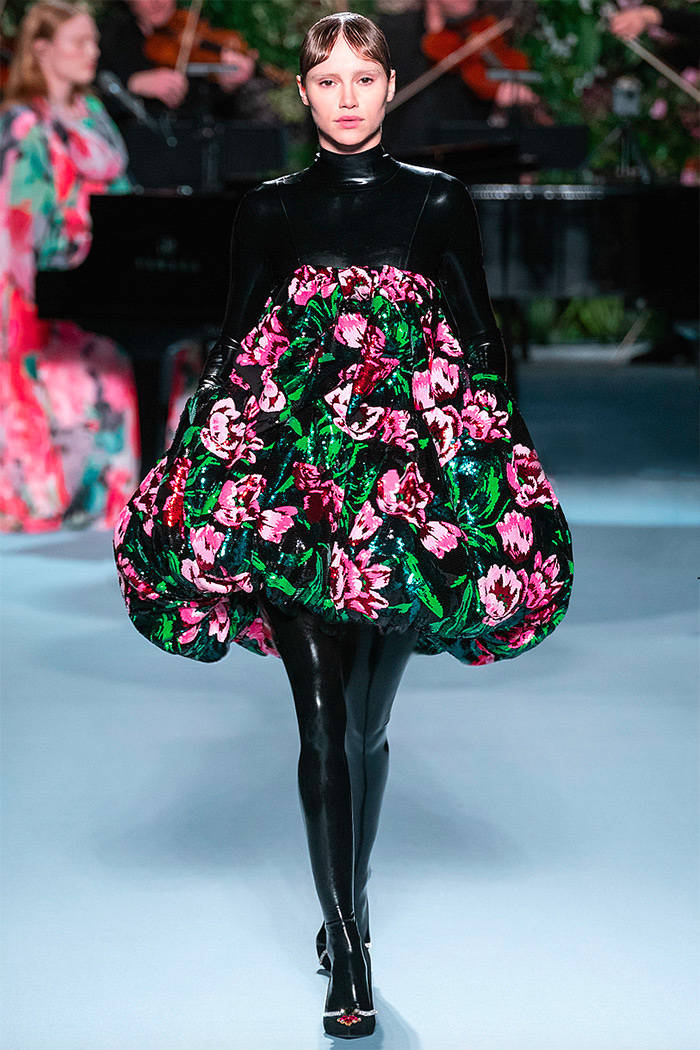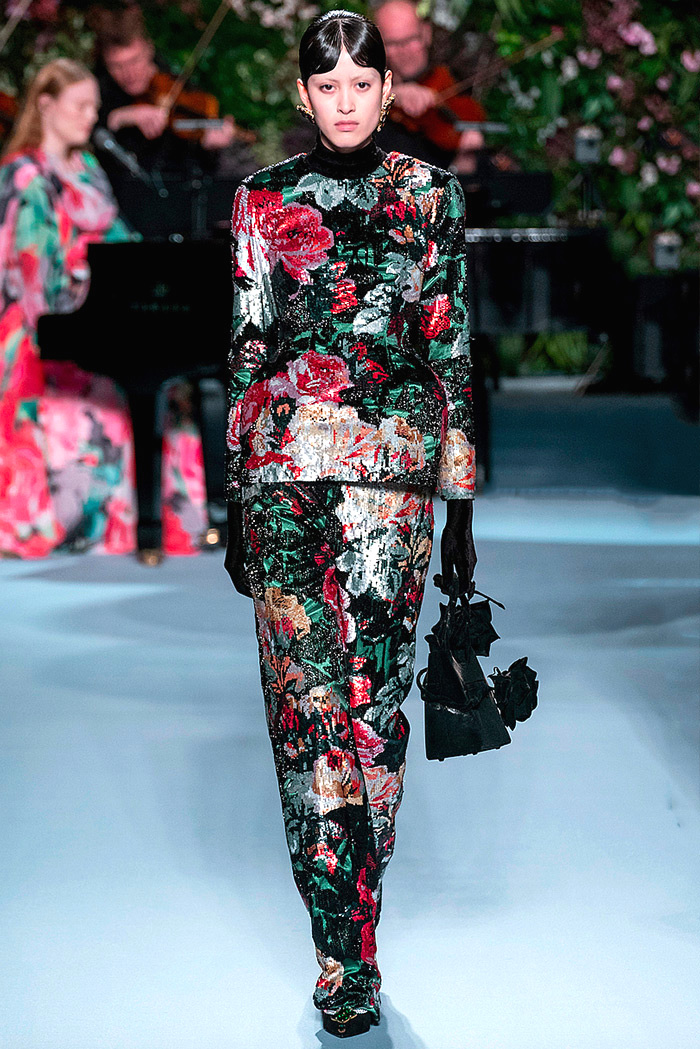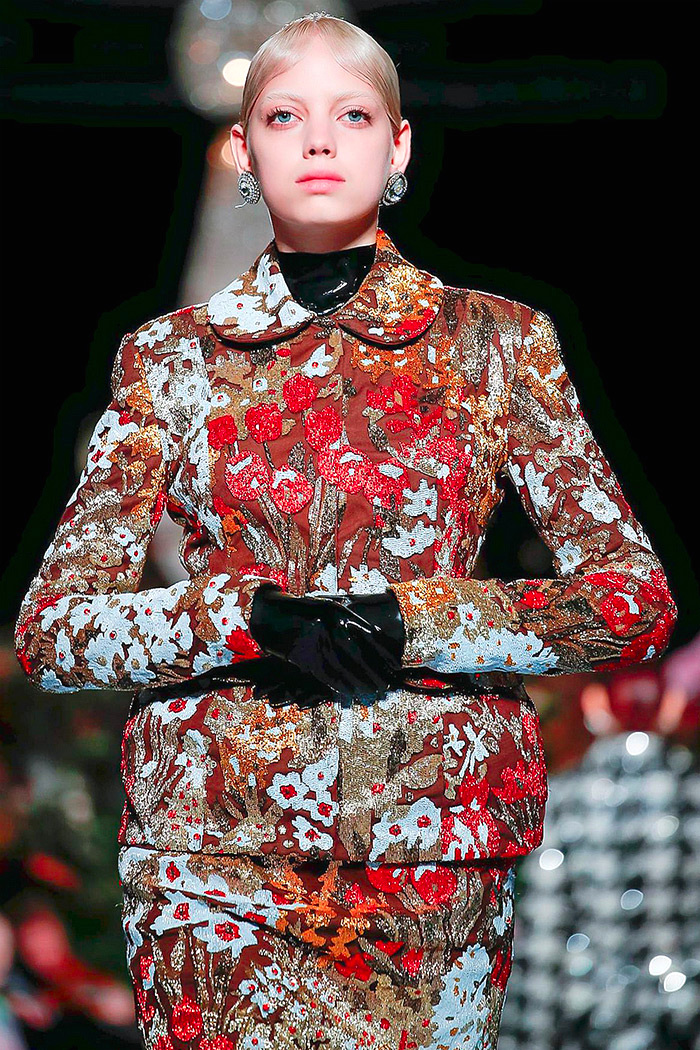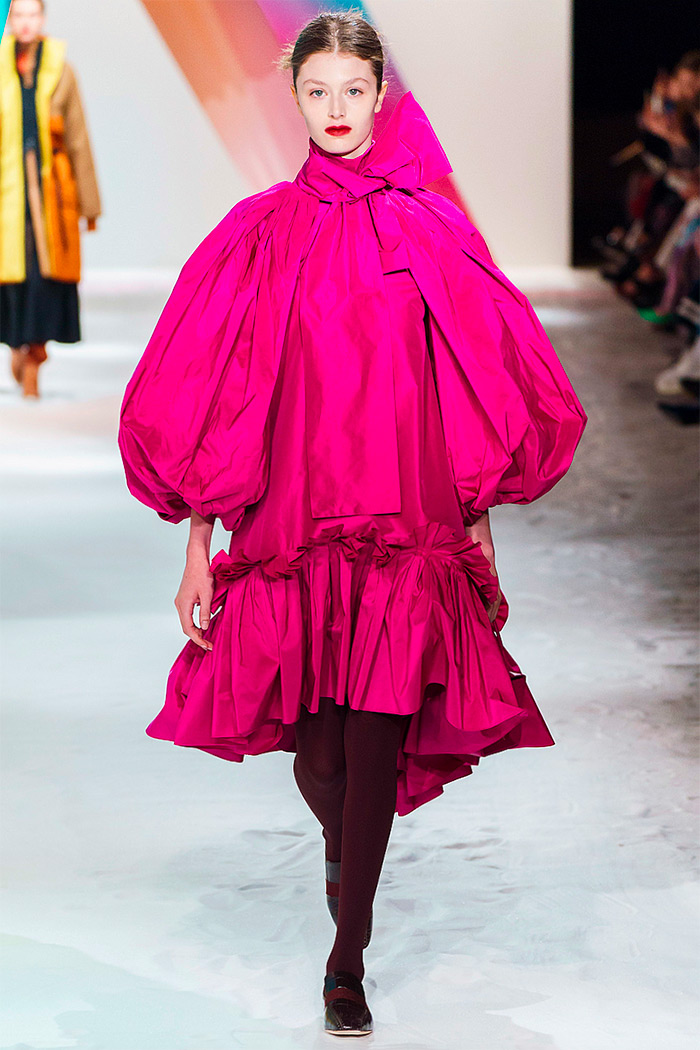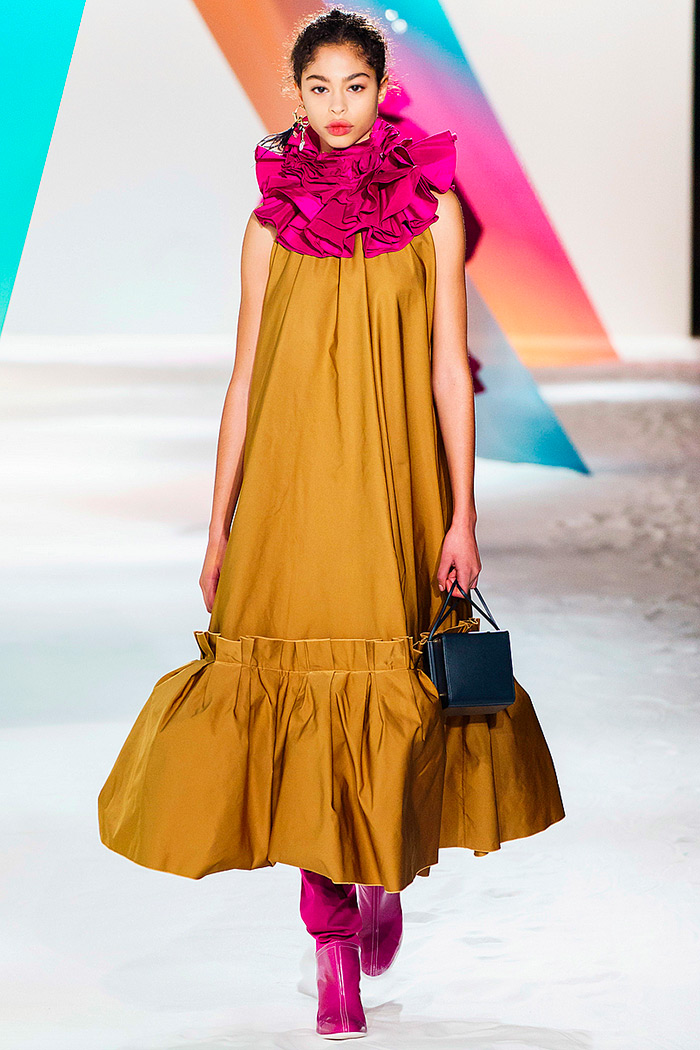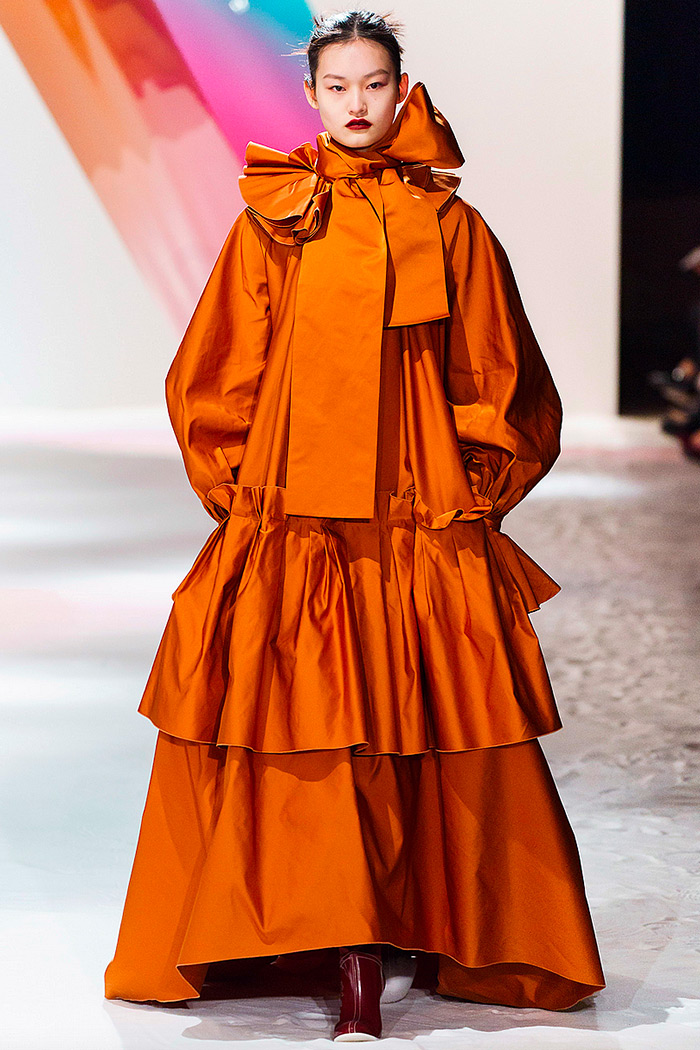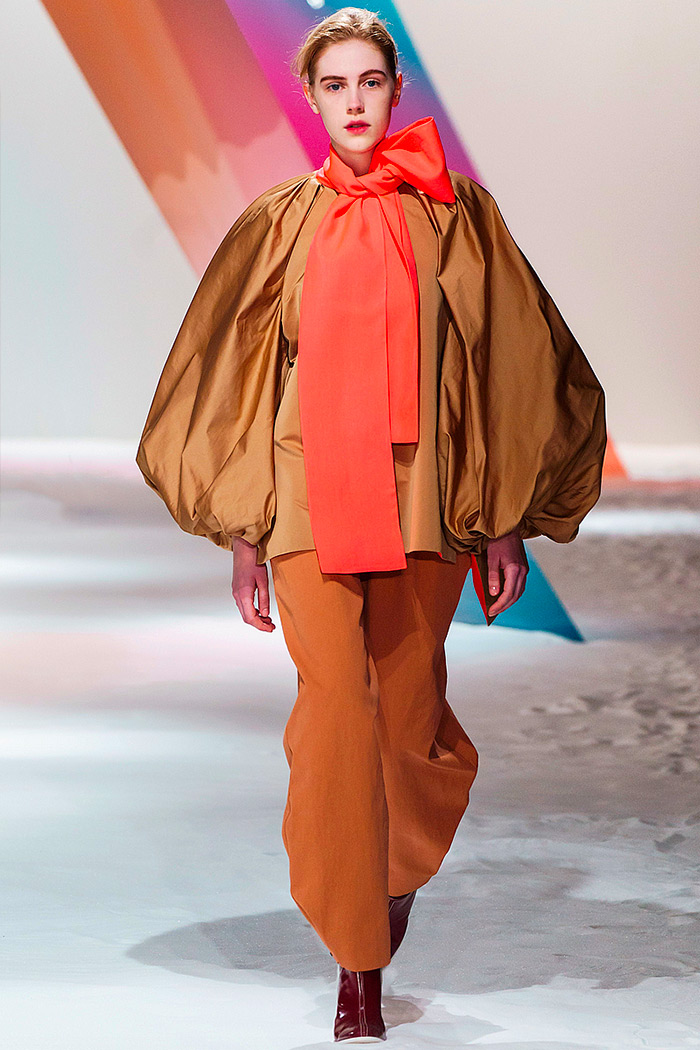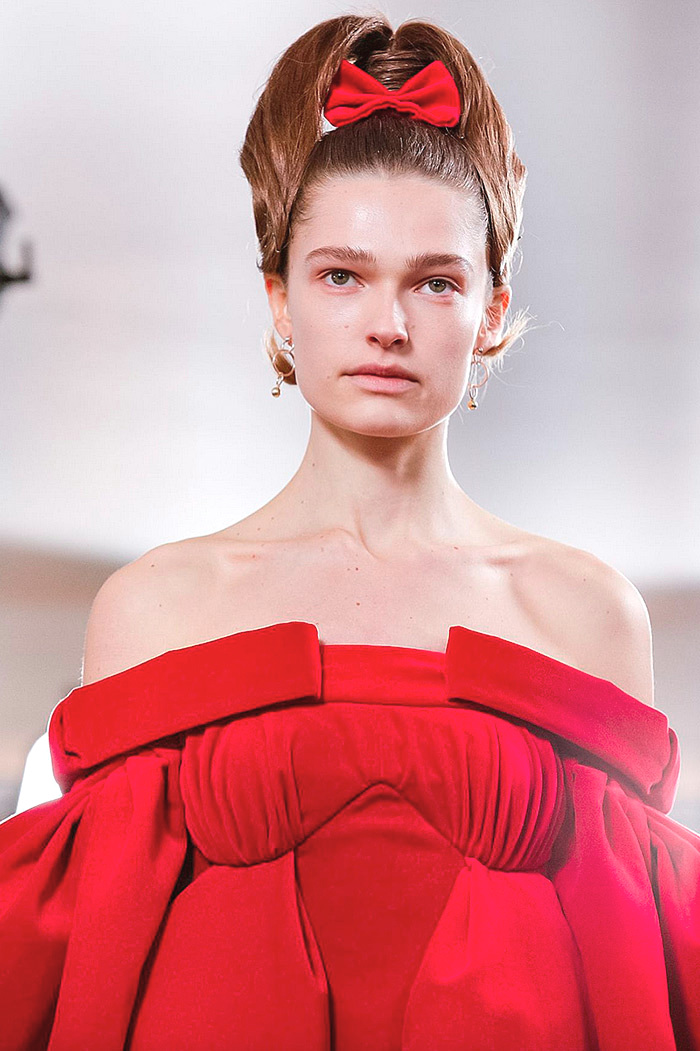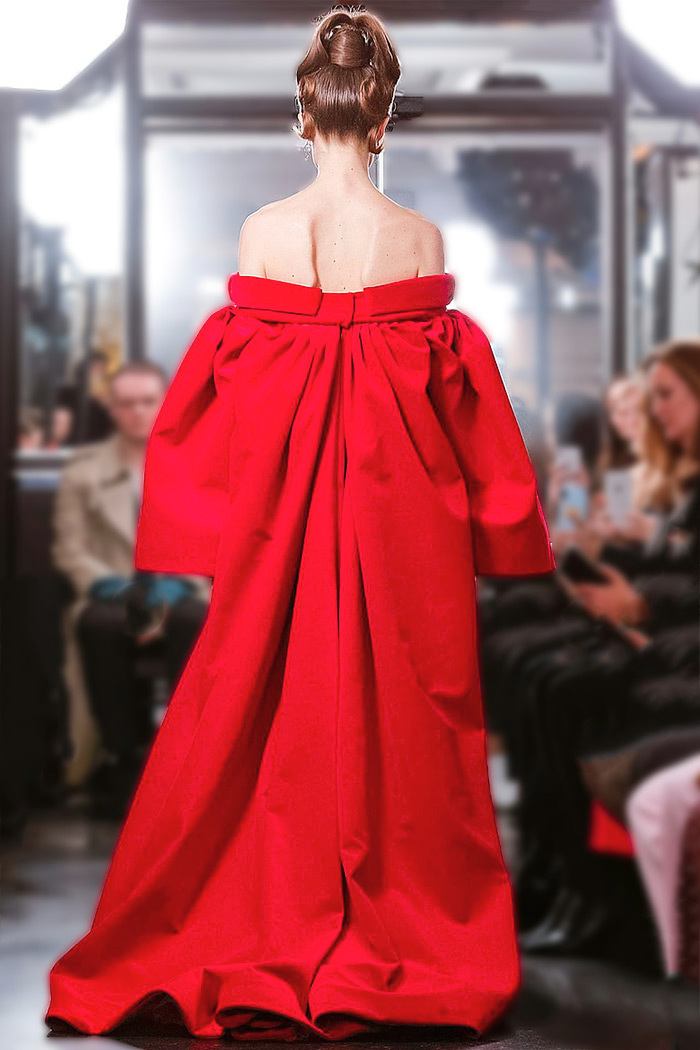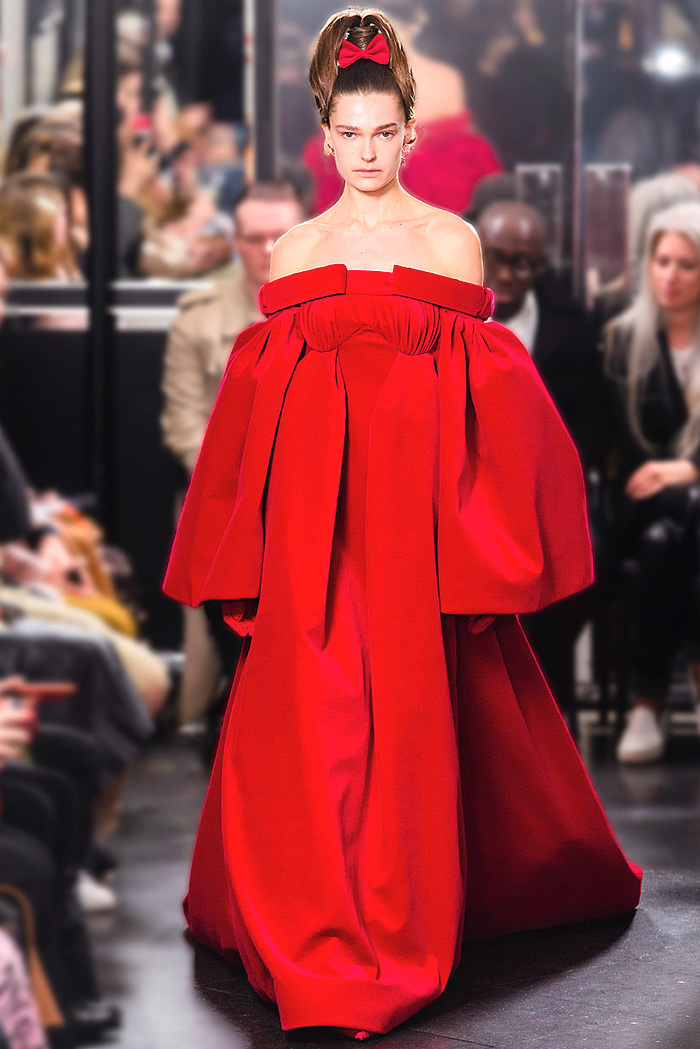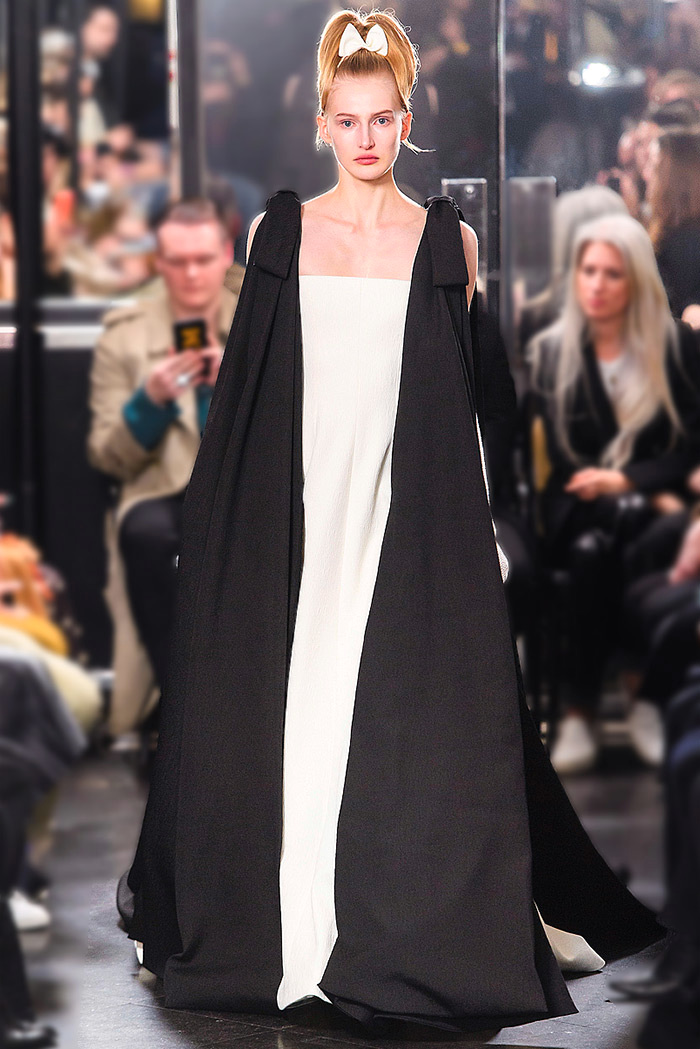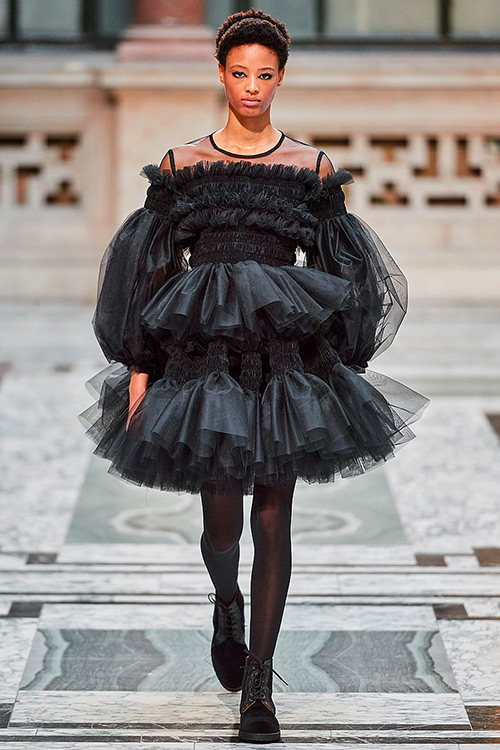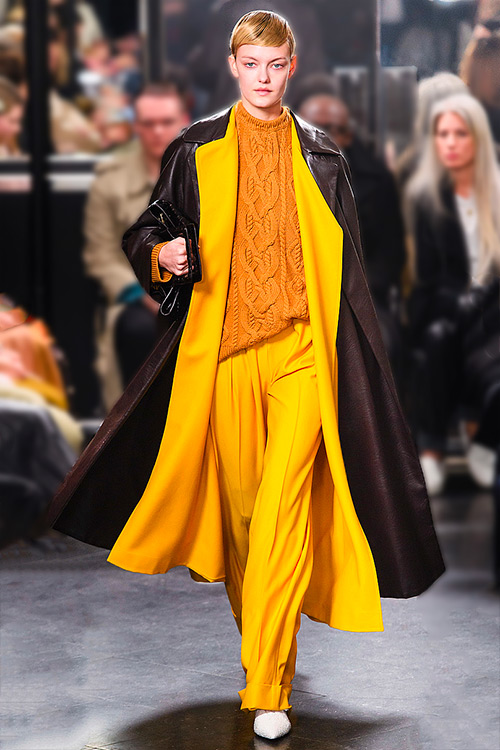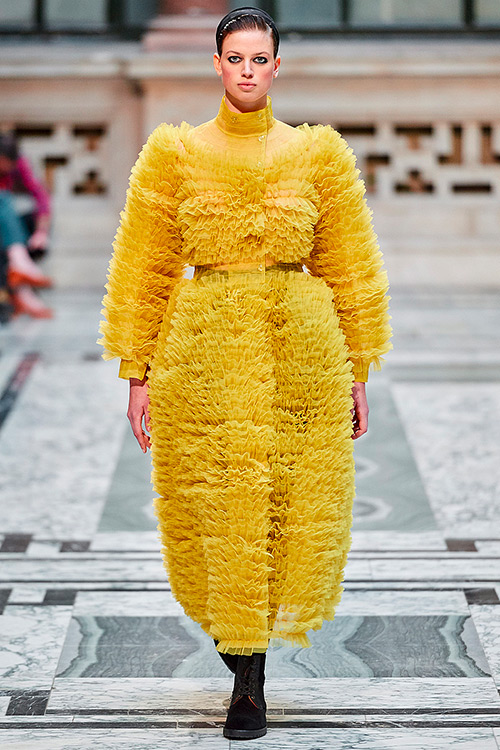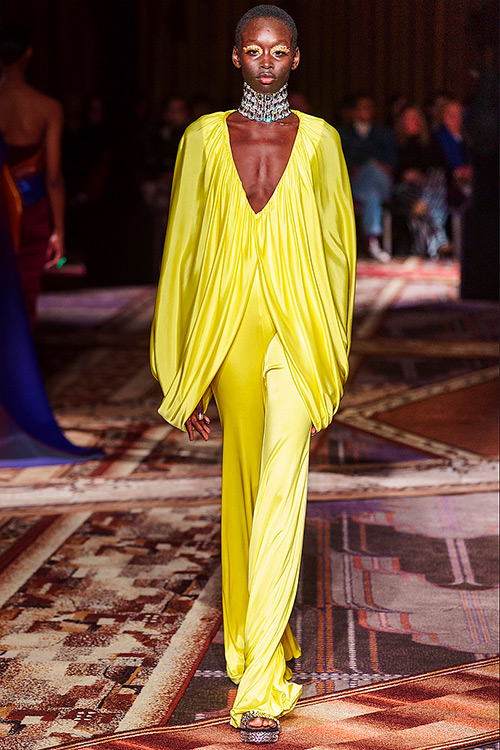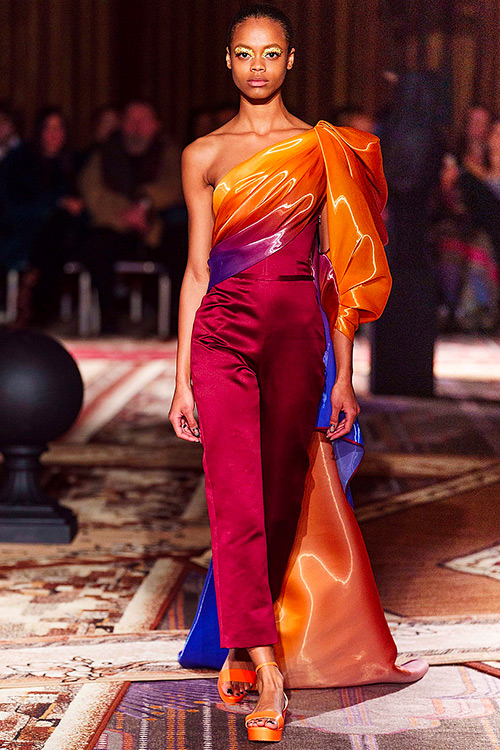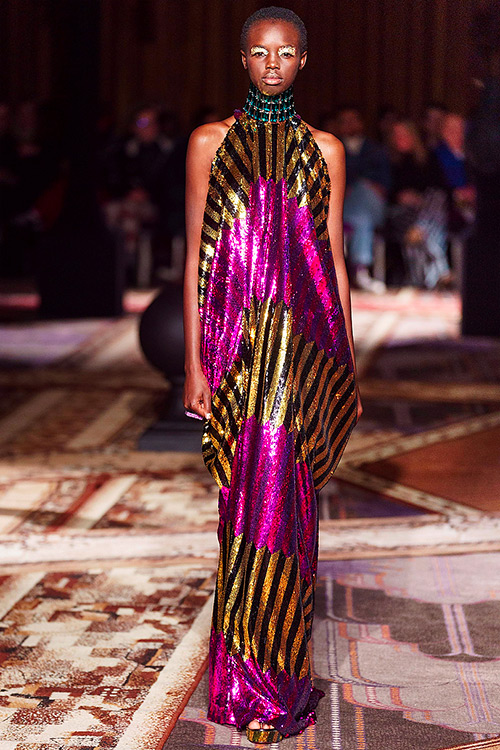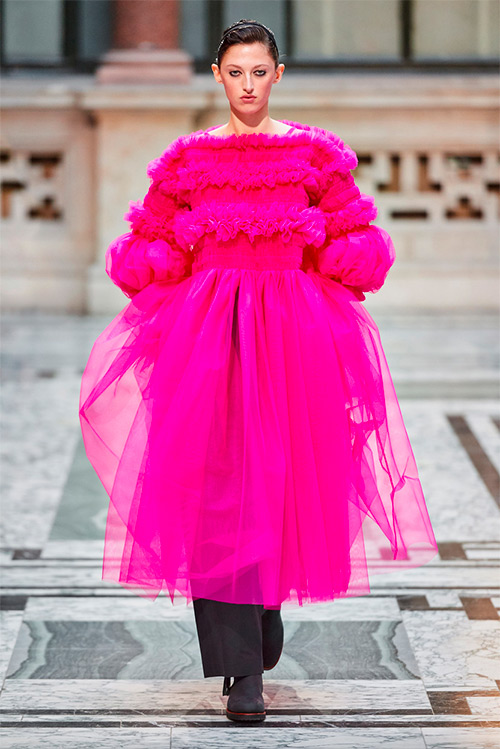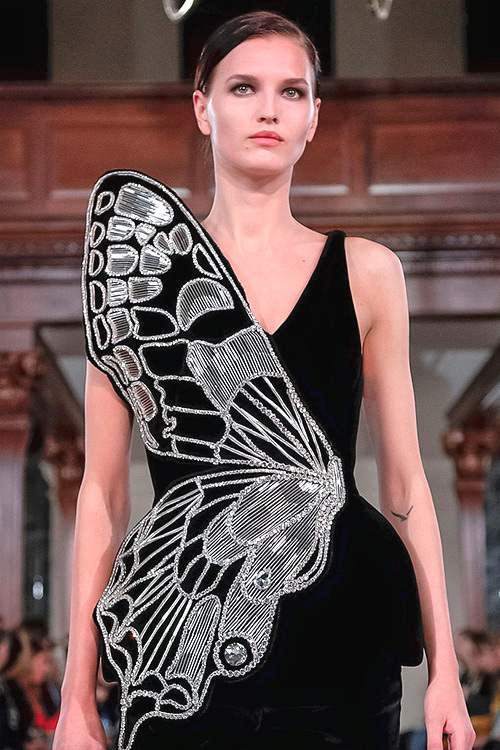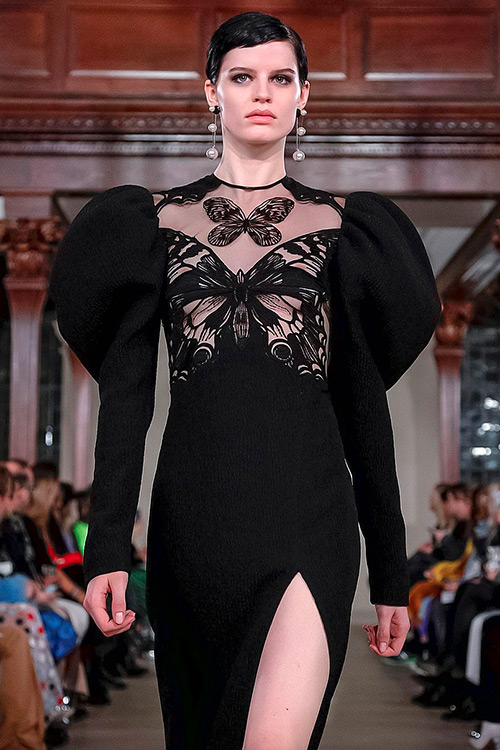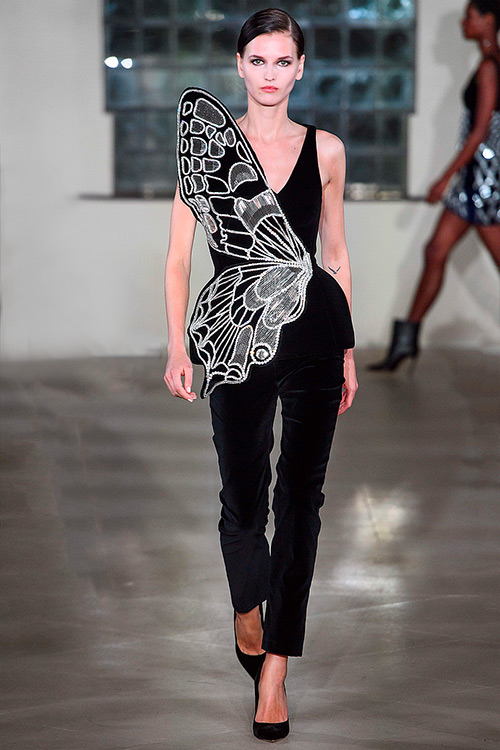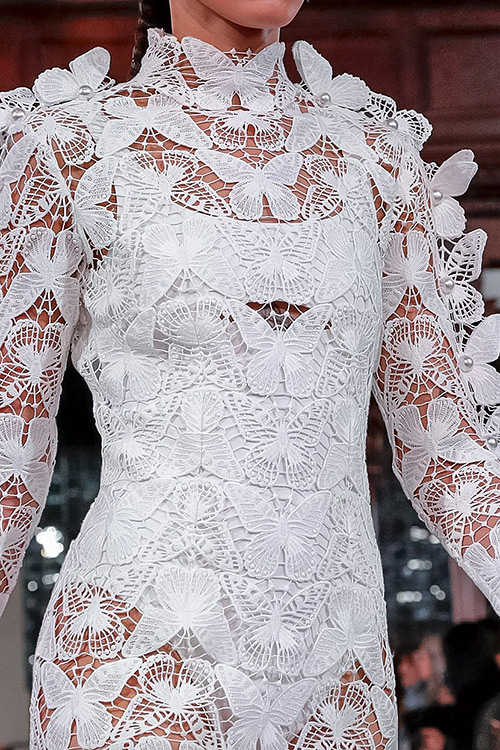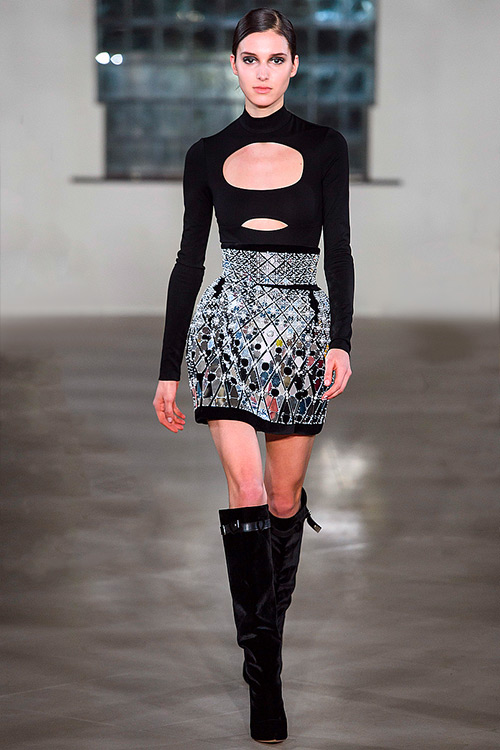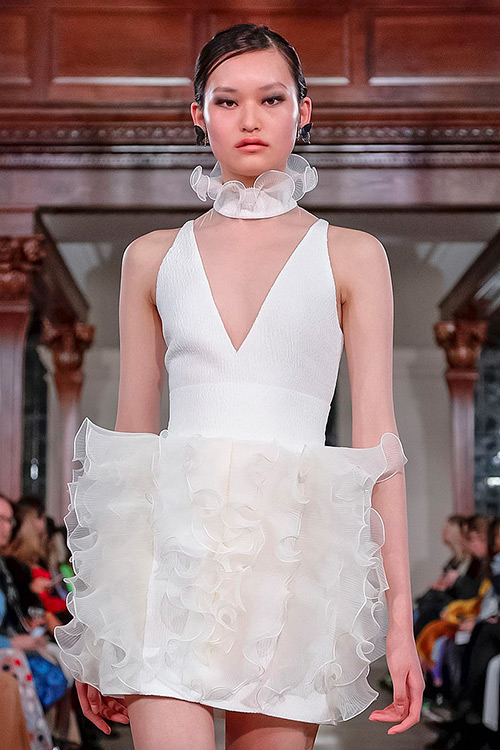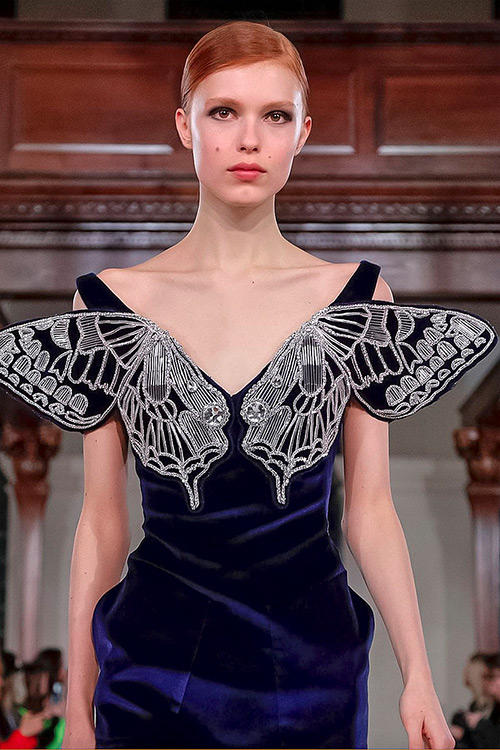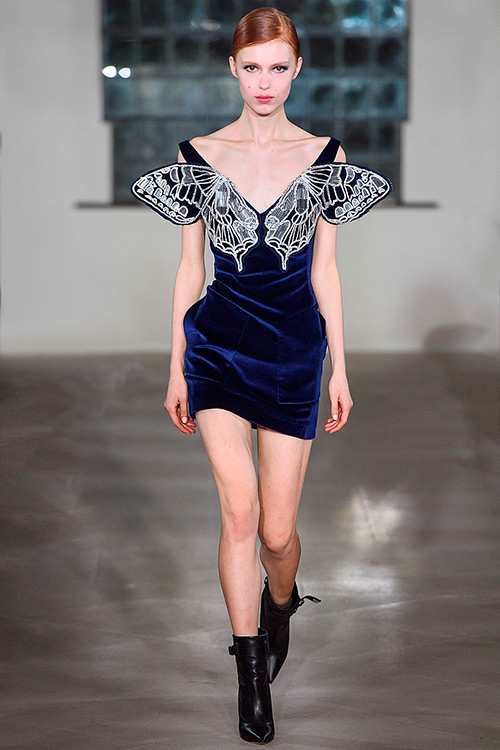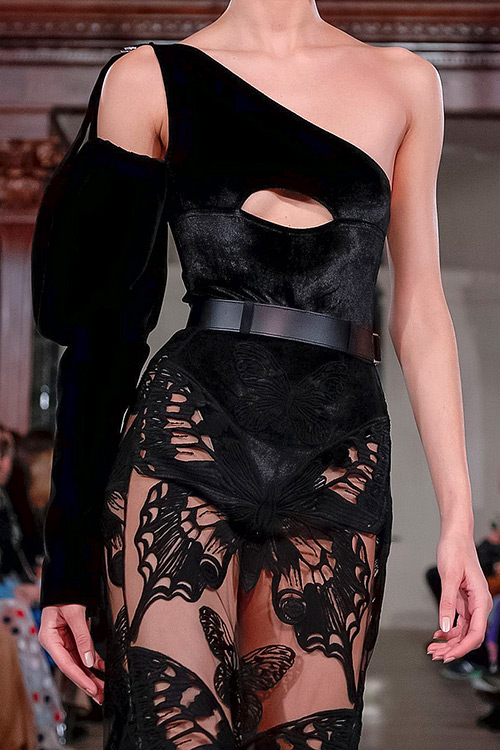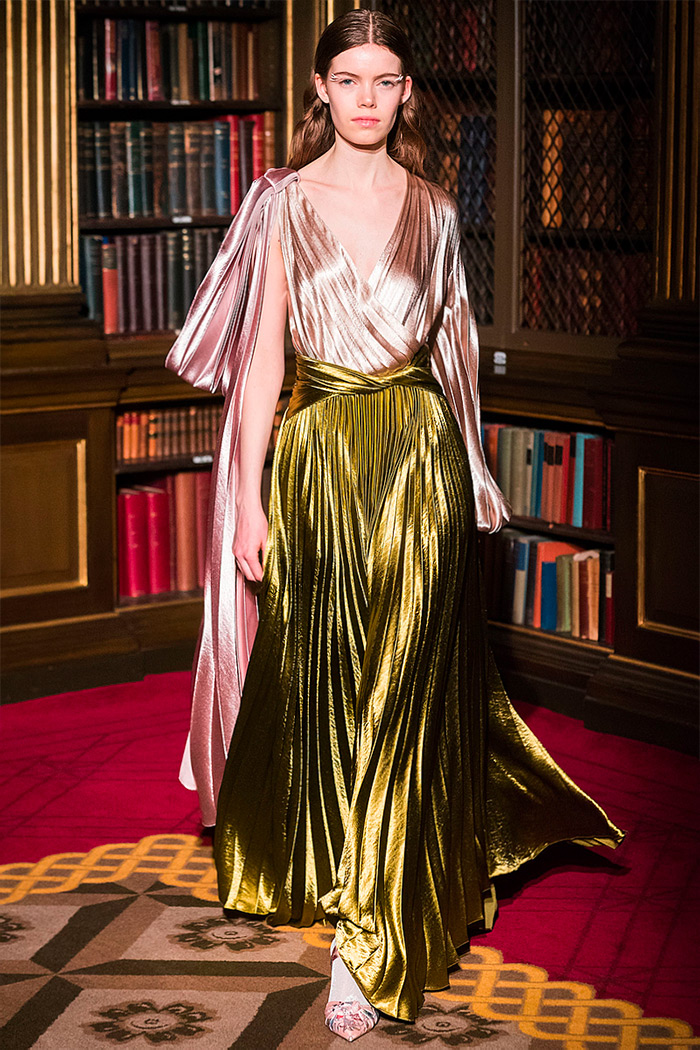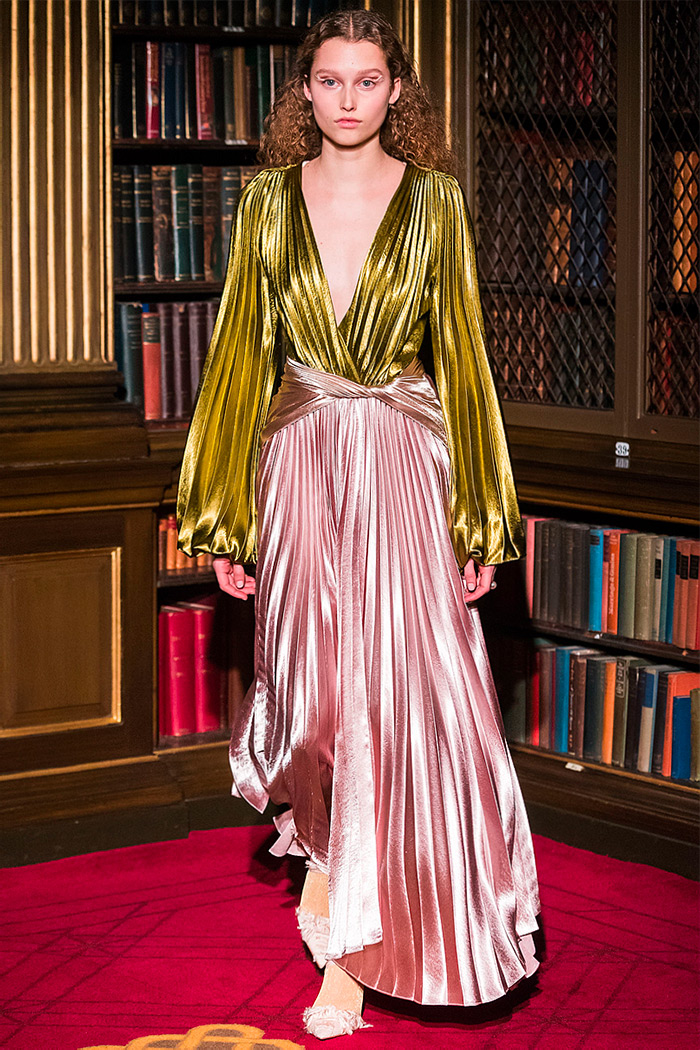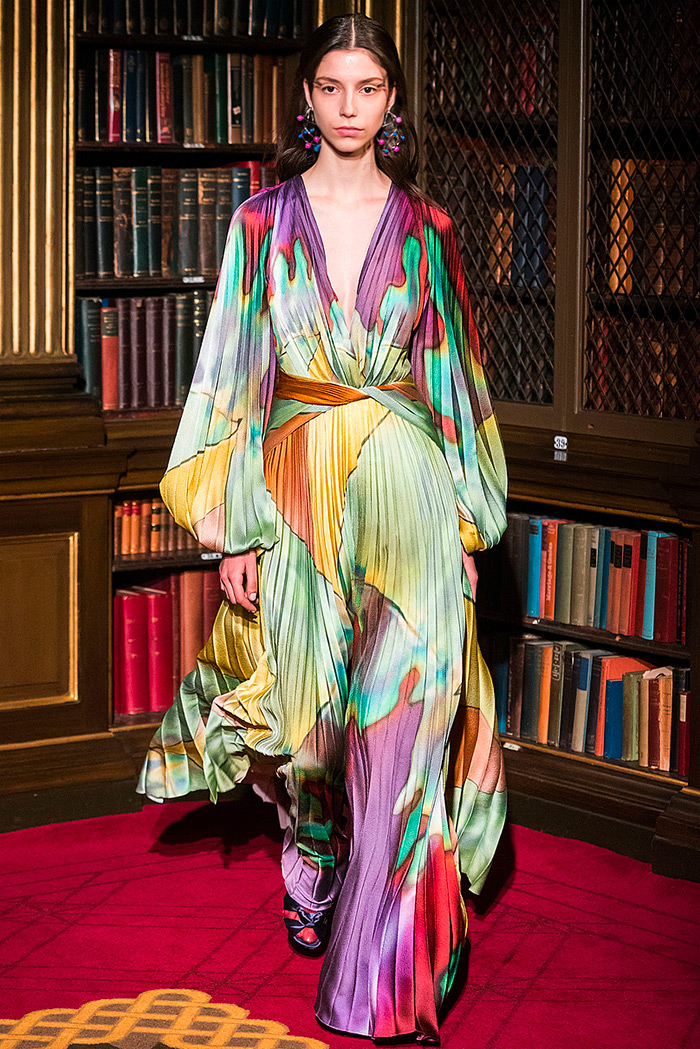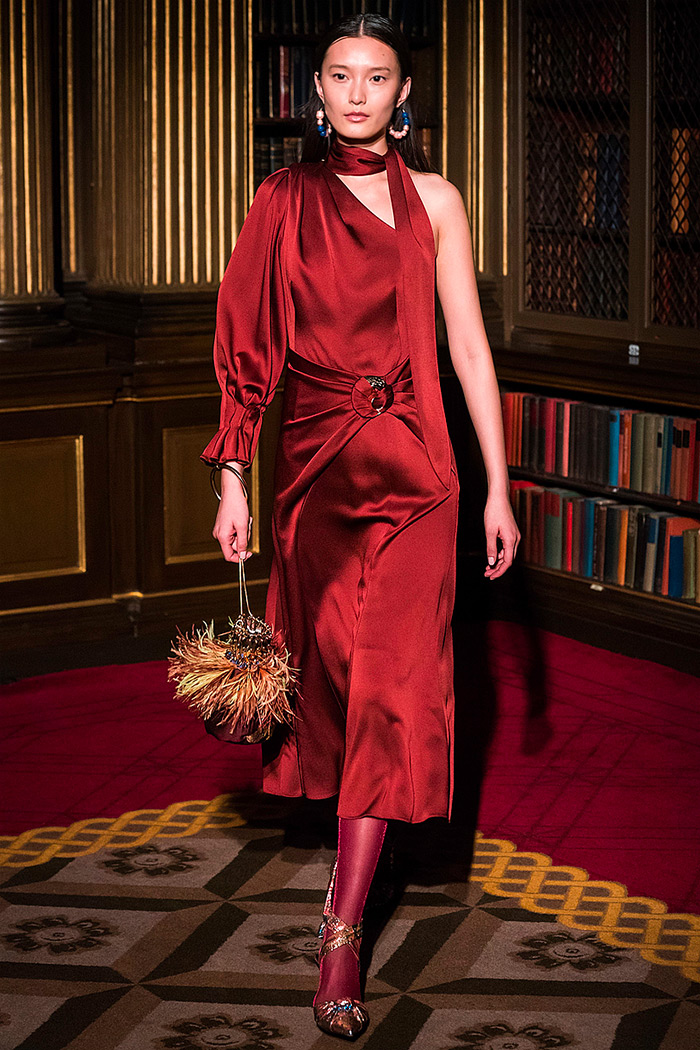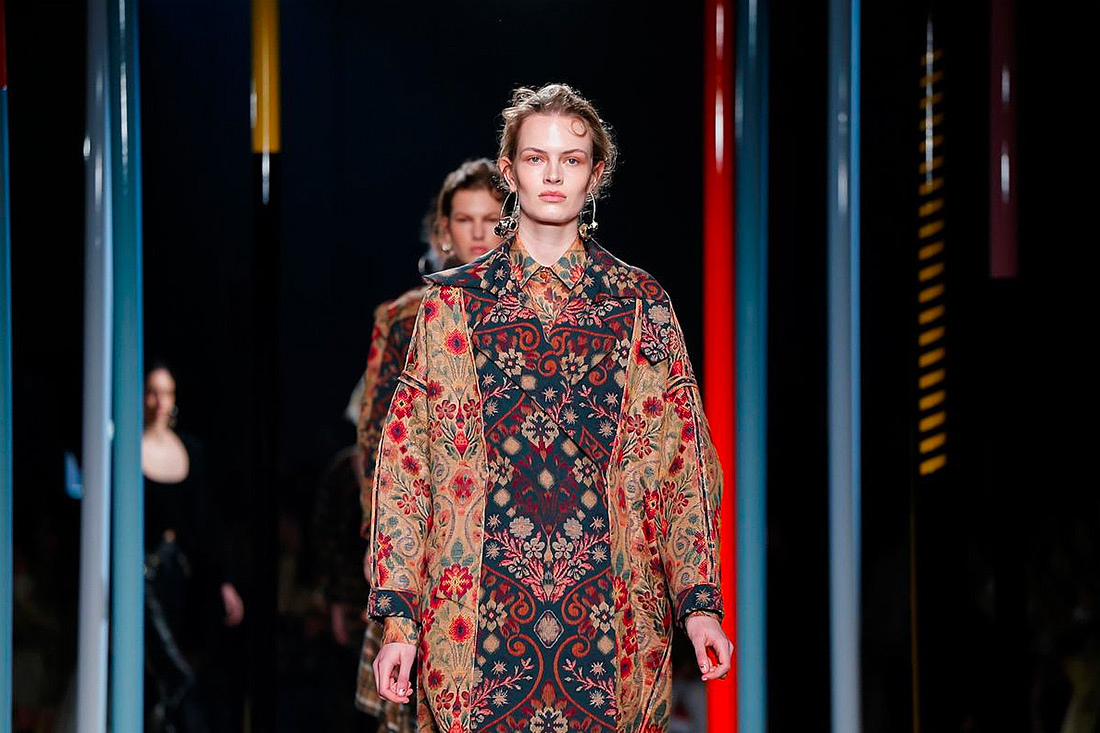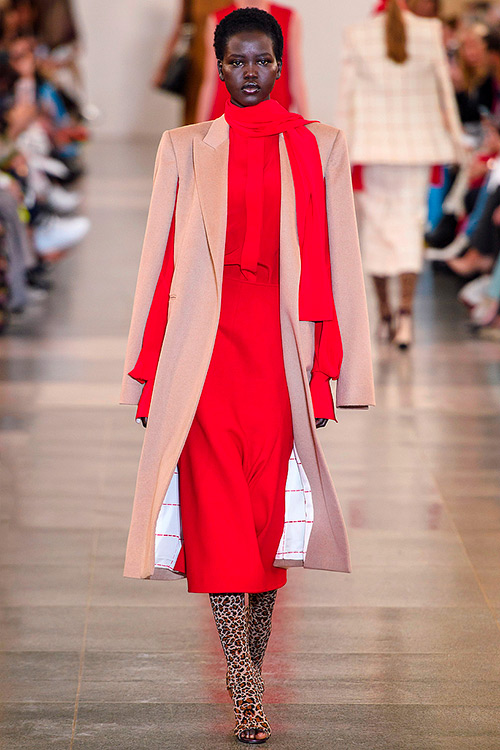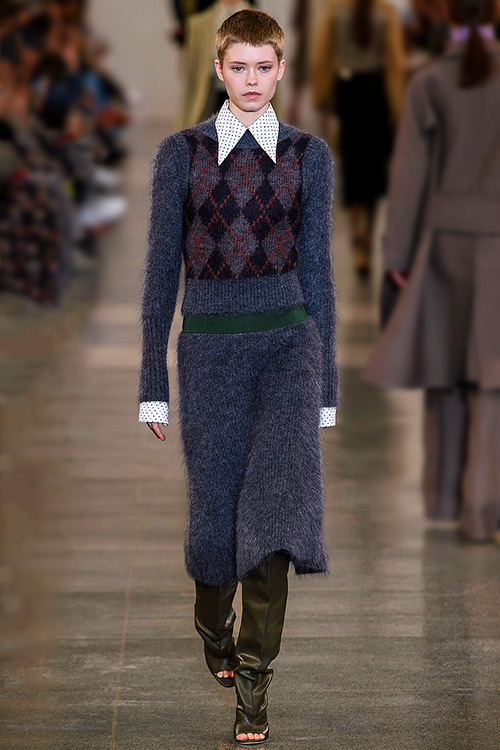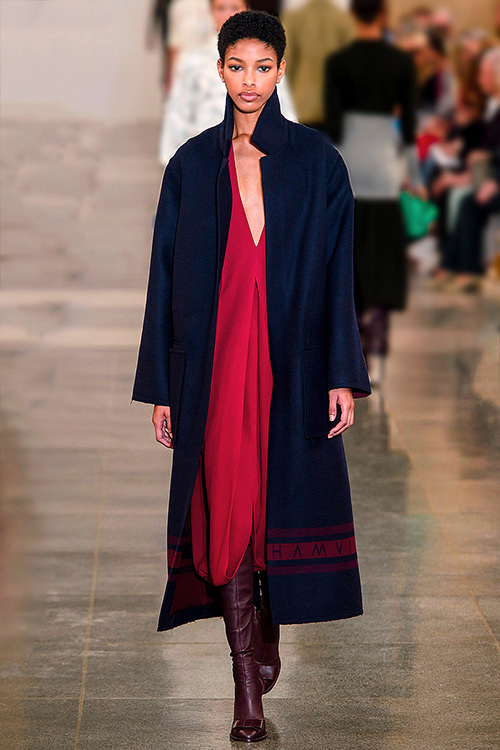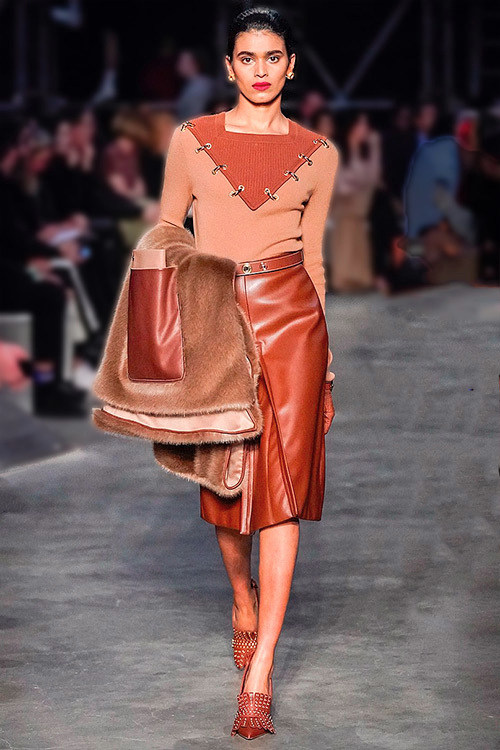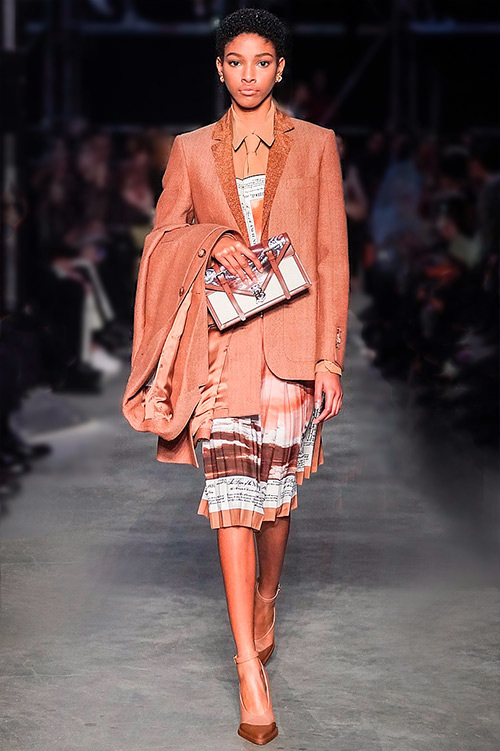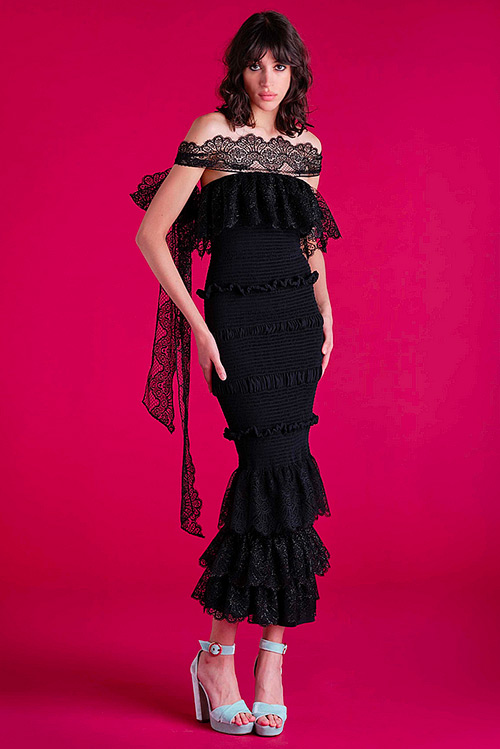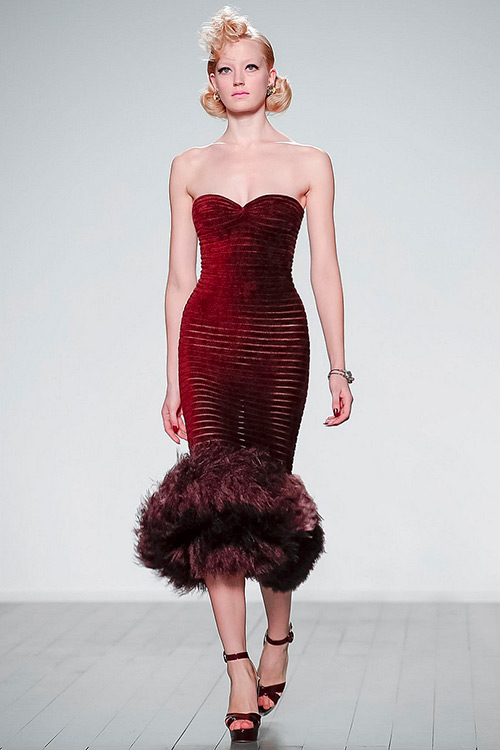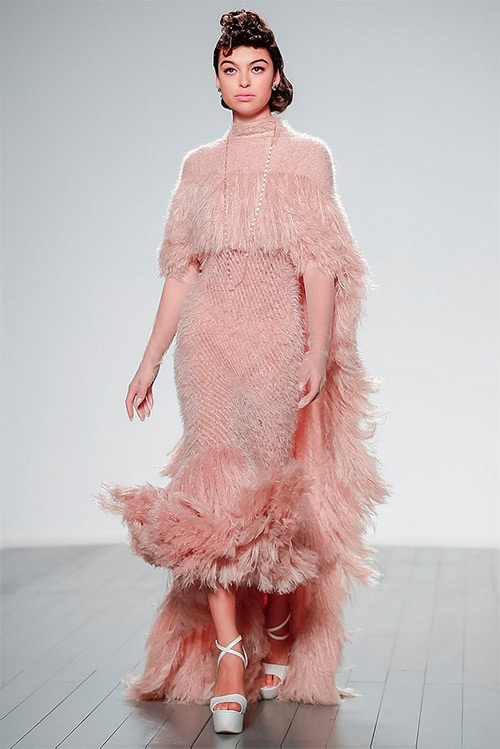Karl Lagerfeld’s Last Ready-To-Wear Collections at Chanel and Fendi
Karl Lagerfeld, a giant of the fashion industry, died last month in Paris at the age of 85. As creative director of Chanel, with whom he worked for 36 years, and Fendi, with whom he worked since 1965, he became an internationally recognized and highly-regarded cultural icon. By combining his brilliance as a designer with his cultural sixth sense, he was able to revive the house of Chanel and make it a worldwide fashion phenomenon, while at the same time designing collections for Fendi as well as developing his own fashion line. As Chanel’s success grew, so grew the lavishness of the sets Lagerfeld designed to showcase the six fashion collections he designed each year—sets backed with everything from Scandinavian icebergs to rocket ships to the Eiffel tower. He also created the concept of the traveling pre-season show, taking his shows everywhere from Seoul to Dallas to Versailles.
“I have to work on my collections,” Lagerfeld told Silvia Venturini Fendi in the weeks before his death. And then again, the day before his death, he gave her the instruction, “I want the bow.” Since she was four, he endearingly called her ‘la petite fille triste,’ the sad little girl. But “now is not the time to be sad,” said Venturini, on the occasion of Fendi’s presentation of Lagerfeld’s last collection. Indeed, it was a celebration of Lagerfeld’s creative genius. His stamp was upon every detail of the collection, revealing what Venturini called “facets of him.” She remembers him gently guiding his dressmakers and tailors, drawing their attention to his sketch and saying to them, “I’m sorry, but it’s a millimeter off just there…”
The collection was exquisite down to the last millimeter, filled with stiff, high, buttoned up collars that Lagerfeld so often sported himself, razor-sharp tailoring, and hosiery and shearling beautifully ablaze with Karl’s reimagined Fendi logos in his own handwriting (known as “Karligraphy”). Adding to it was a 40s style black suit with Art Deco palm fronds worked in to create a subtle tone-on-tone effect. His mostly neutral palette, set off at times with splashes of pink, yellow, turquoise and red, together with his precise tailoring (see the cocoa-hued suit with the white piping) served to unify the entire collection. As a finishing touch for most of his designs, he added broad ribbons, threading them through the belt loops and allowing them to trail gracefully from behind.
When Gigi Hadid closed the show in an exquisite translucent yellow-gold dress, all rose in honor of the beloved designer. Then came a film clip in which Lagerfeld was asked to make a sketch of what he was wearing the first day he worked at Fendi— 54 years ago. Karl, of course, recalled exactly what he had on and sketched it out as effortlessly as he’d sketched out all of the designs he’d created over the years.
Afterwards, Lagerfeld’s co-workers and the models he’d helped with their careers were in tears. “I just feel so lucky I got to meet him and be a part of it,” said Bella Hadid. Venturini Fendi broke the somber mood by repeating what Lagerfeld said after every collection: “And now, the next!”
It’s like entering a painting. Karl Lagerfeld’s last set for Chanel is a place of beautiful snow-decked chalets high in the Alps, a serene winter-wonderland with the Chalet Gardenia at its center. After the models take their places in front of the chalet, a voice in French announces a minute of silence. A hush falls over the vast Grand Palais.
The stillness is broken by Lagerfeld’s words, spoken in French, coming over the speakers. In an interview with the press he is asked why he took the job at Chanel 37 years ago, a job he’d first turned down. “…Everybody was saying to me to not accept the appointment because it was the impossible mission of reviving a maison. Today, we try to reanimate even the most absurd brands, but at the time there was a need for new names…When they asked me a second time, I accepted because everyone was saying to me: ‘Don’t do it, it won’t work. But it’s the first time that a brand became a fashion thing again, apparently, something that you want, even to the Queen Mother of England…I will never forget, when she got out of the car. We’d made the decor look beautiful, I can tell you that! A fortune—flowers and everything. She said in English: ‘Oh, it’s like walking in a painting.’ And that, I will never forget.”
To the sound of wind and the music of Nils Frahm’s Spells, Cara Delevingne steps out of the chalet in a long pied-de-poule coat and white-legged tweed suit. The other models proceed down the snowy lane of the Grand Palais in big coats over slouchy trousers and mismatched tweeds, followed by Nordic sweater dresses, colorful down jackets, classic black and white evening cloaks, ending with white feathered cocktail dresses looking like snowballs. Sparkling sequins, icicle and snowflake motif jewelry and accessories complete the impression of fragile snow creations.
Virginie Viard, Lagerfeld’s right hand and successor, takes a short bow. A brand spokeswoman confirmed that she had continued tweaking the clothes following Lagerfeld’s death.
The show ends with the soundtrack of David Bowie’s Heroes (which I found to be jarring, given the beauty of the show) with the models strolling down the snowy lane during the finale, wiping away their tears and the audience rising to give a standing ovation.
It was a delicate memorial to the iconic Kaiser Karl who transformed something like an irrelevant (at the time) Fashion House into a worldwide empire. — nowfashion
It should be remembered that, by the late 1970s, few cared about Coco Chanel’s legacy. Her canon had been put in the shade by Yves Saint Laurent until Karl Lagerfeld was hired into the house by the Wertheimer family in 1983. It was Lagerfeld who irreverently illuminated the codes of Chanel—irradiating them in the constantly changing sidelights of the events of four decades’ worth of current affairs, the serial revolutions of fax, the Internet, social, and the global reach of fashion to new generations in Asia, and beyond…. the unforgettable memory of Karl Lagerfeld’s elegant, frivolous mind was lifted onto the Olympus of the fashion greats — Vogue
Karl Lagerfeld's reign at Chanel ended beautifully — Still, fashion changed forever the day Lagerfeld died. With the power of his personality and his talent, particularly as expressed through his work for Chanel, he bridged eras and captivated generations of star-struck admirers within and outside the industry, a constant Olympian presence in an ever-more frenetic fashion landscape. He stayed relevant by refusing to ever look back, but only forward. — WWD
Photo Sources: vogue.com orientpalms.com nowfashion.com fendi.com chanel.com wwd.com
